Last Updated on September 28, 2024 by Alexx
Planning a 3 month Europe itinerary but don’t know where to start? This comprehensive travel guide includes the perfect route for 90 days in Europe, plus suggestions on things to see and do, places to stay, how to get from A to B, optional add ons or detours and more.
Three months in Europe is undoubtedly the trip of a lifetime, but with more than 40 countries and literally thousands of bucket list experiences to choose from, where do you even start?!
The answer is here, you start here!
I’ve visited Europe countless times, including three extensive Europe trips lasting three months each, and I’m planning my 4th for the end of 2024. After receiving loads of DMs on Instagram (P.S. follow me to see my day to day adventures) asking for advice on the perfect Europe trip itinerary, I’ve decided to craft a thoroughly comprehensive guide to help you plan your dream trip.
And when I say comprehensive, I mean comprehensive. I’m not just going to tell you to spend a week in Spain, a week in France, a week in Italy etc., I’ve pinpointed specific destinations, highlighted must-do activities and attractions, recommended top-rated places to stay, and outlined the best way to get from one location to the next. This truly is a one-stop shop for planning your three months in Europe.
Obviously there’s no one-size-fits-all three month Europe route that’s going to suit all travellers, we all have unique interests, priorities and budgets, so I’ve left room for your to choose your own adventure too! There’s a core itinerary that combines most major Europe highlights with some lesser-known gems in between to break up the journey, then there are some suggested add ons to choose from to build the ultimate trip that works for you.
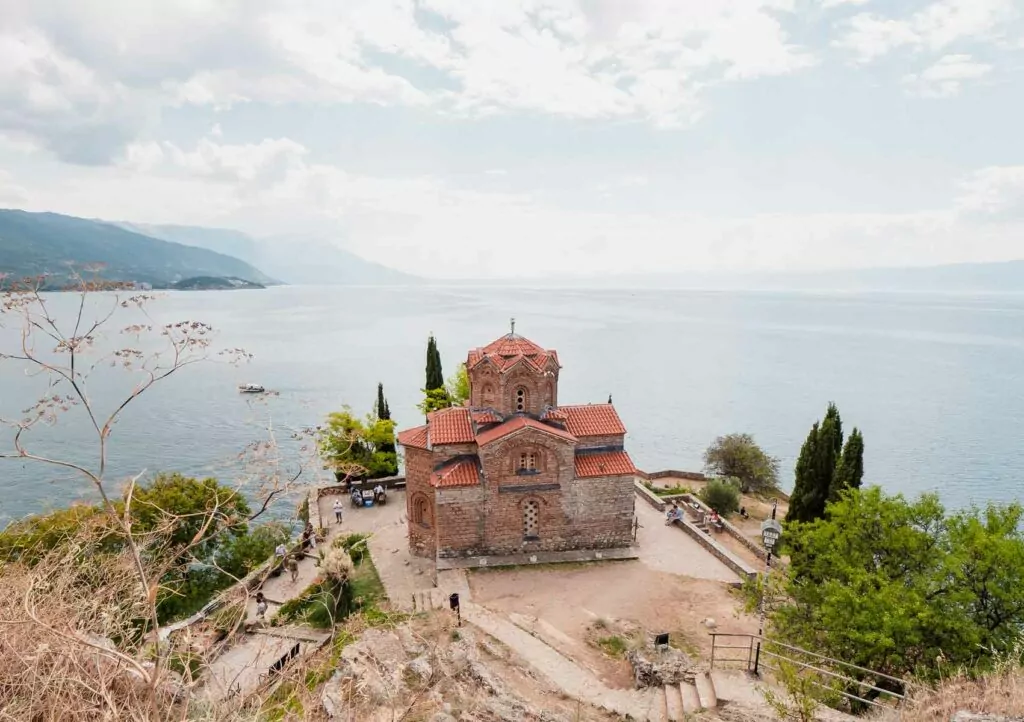
And the best bit? You can follow this entire itinerary without flying. I try to minimise my flights within Europe as much as possible (for a mix of environmental, logistical and budget reasons) so I’m well practiced at finding the most efficient and effective way to get from A to B.
You could easily fly between the travel hubs in this itinerary if you don’t want to visit the smaller stops in between, but if you’re keen to travel Europe for three months using trains, buses and ferries, I’ve put in the research so you don’t have to 🤓
Make sure you’ve got your travel planning notebook out or your spreadsheet open, and let’s turn those European dreams into a reality!
Please note this blog contains affiliate links that give me a small commission from any purchase, at no extra cost to you. I would never advertise anything I wouldn’t use myself, and this commission helps Finding Alexx reach more travellers. Thank you for supporting me!

READ THIS FIRST!
This blog post is longggggg (classic me, could never stick to a word count at uni) so here are some important pointers to ensure the itinerary makes sense and you get the most out of it:
1) There’s a core itinerary. Europe is too vast and varied for me to give you a definitive three month itinerary without missing out places that might be absolute must-visits for some travellers. I also hate confrontation and can’t bear the thought of skipping a city/country and offending the people who live there 😂
To get around this, I’ve created a core itinerary that covers most major highlights and links them in a seamless no-fly route without backtracking.
That core route comes to just over 60 days based on the minimum stays I’ve recommended, so you could either spend longer in each place to hit the 90 day mark, or you could spice it up with my suggested add ons. Which brings me to…
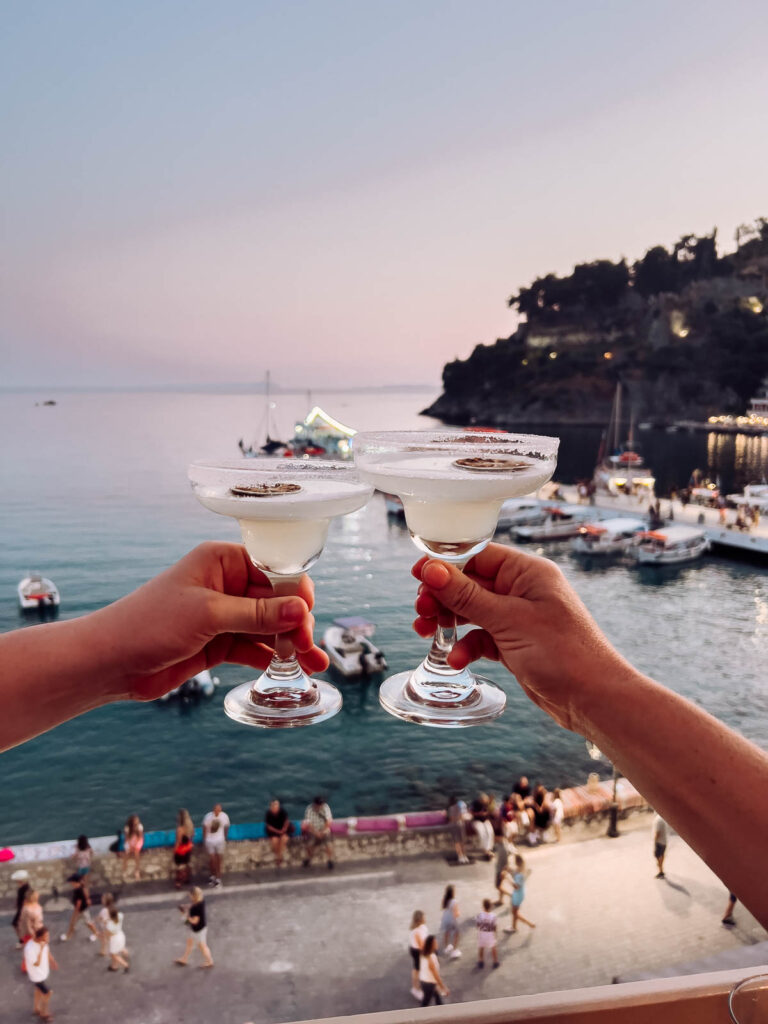
2) There are some optional add ons/detours. Noticeable absences in the core itinerary, like Portugal, most of Spain, Switzerland, Scandinavia, and parts of Greece, are deliberate, due to being either super expensive, out of the way or tricky to navigate. But don’t stress, that’s where the add ons come in!
At the end of this blog I’ve included seven add on itineraries as well as a bunch of simple detours, which you can seamlessly combine with the core itinerary to tailor your 90 days in Europe to suit your travel goals. Too easy!
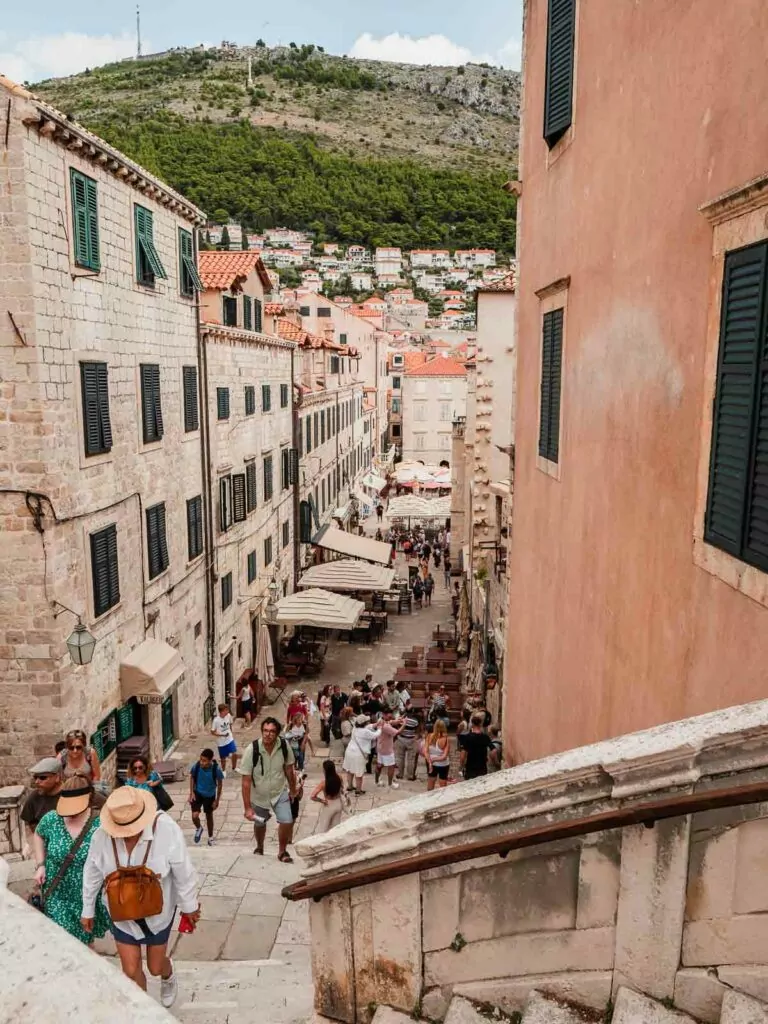
3) I’ve recommended minimum stays, but following them to the T will be a bit of a whirlwind. I’ve listed the recommended minimum stay for each destination that will let you see the absolute highlights of that place, but with three months in Europe you’re probably going to want to extend your stay some places to give yourself a rest. I have included a lovely coastal break in the middle though, helloooo 8 days in the Mediterranean 🏖️
4) This itinerary is based on trains, ferries and buses but you could fly between some spots if you want to. I absolutely adore overland travel in Europe, I find it much less stressful, more scenic and often cheaper than flying (once you add up luggage fees, transport to the airport and gross €12 airport sandwiches), however if you’re short on time or long bus/train rides aren’t your style, flying between some destinations is a viable alternative.
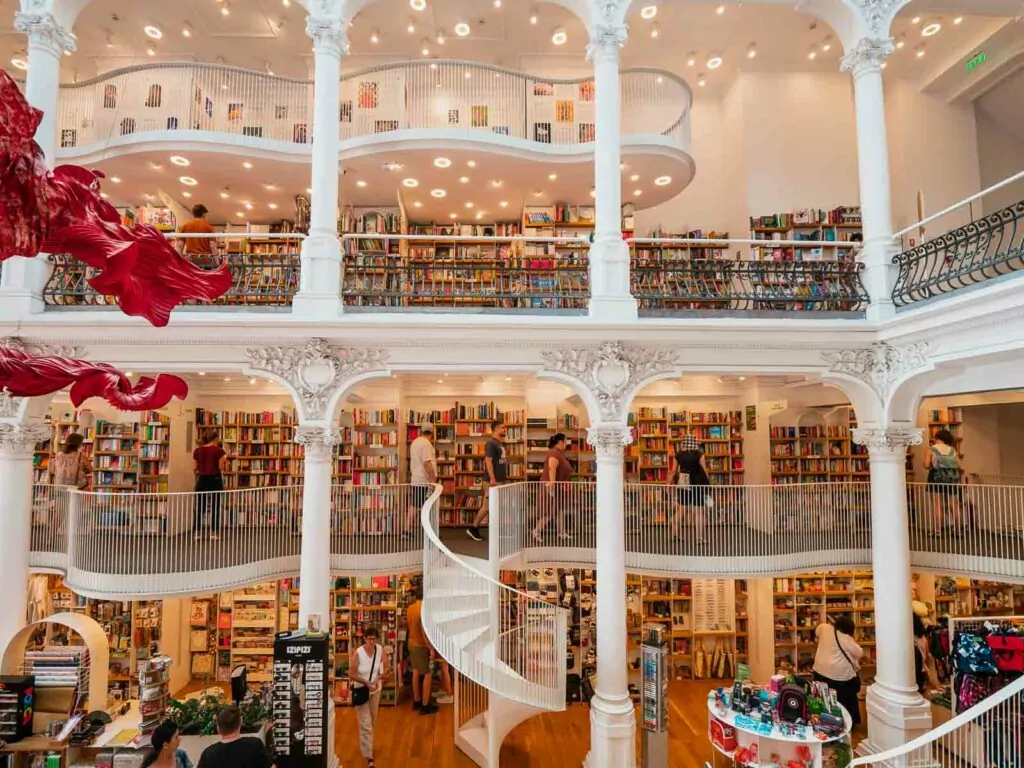
5) This won’t take up your 90 days in the Schengen zone. If you’ve given yourself three months in Europe based on the 90 day Schengen Zone rule I’ve got good news for you, you’re going to be able to add on some extra time!
The core itinerary includes 8+ days in non-Schengen countries (the UK, Albania and North Macedonia) so you’ve got plenty of time to extend your stay in the Schengen area.
6) And finally, you can tailor this to suit you! Feel free to skip places that don’t interest you, swap in destinations I’ve omitted, or rearrange the order to suit your travel needs.
If you think something crucial is missing or if you have specific questions about including a particular spot, drop a comment below and I’ll get back to you with some advice as soon as I can.
PHEWWWWWW alright let’s get this show on the road.
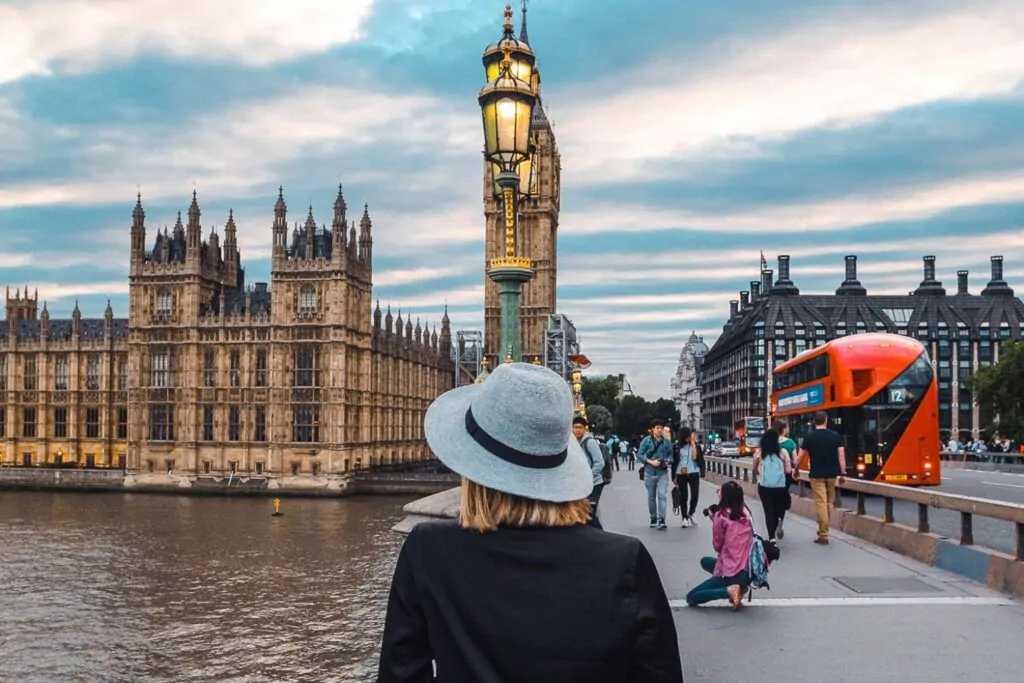
3 months in Europe itinerary: A quick summary
Summary of the perfect 3 month Europe itinerary
The core itinerary for three months in Europe
The core part of my recommended three month Europe itinerary will take 62 days at a minimum to give you enough time to get from A to B and see the absolute highlights of each destination.
To turn it into a 90 day Europe itinerary you could either slow this down, or link it with one or two of my add on itineraries (which I’ll summarise next).
- Barcelona, Spain (3 days)
- Narbonne, France (1 days)
- Nice, France (2 days)
- Genoa, Italy (2 days)
- Venice, Italy (3 days)
- Florence, Italy (2 days)
- Rome, Italy (4 days)
- Amalfi Coast, Italy (3 days)
- Bari, Italy (1 day)
- Mediterranean Coast (8 days, either Croatia, Corfu in Greece, or the Albanian Riviera, or a combo of two/all three)
- Tirana, Albania (1 day)
- Ohrid, North Macedonia (2 days)
- Skopje, North Macedonia (1 day)
- Sofia, Bulgaria (2-3 days)
- Bucharest, Romania (3 days)
- Budapest, Hungary (3 days)
- Prague, Czechia (3 days)
- Berlin, Germany (4 days)
- Amsterdam, the Netherlands (3 days)
- Paris, France (4 days)
- London, UK (4 days)
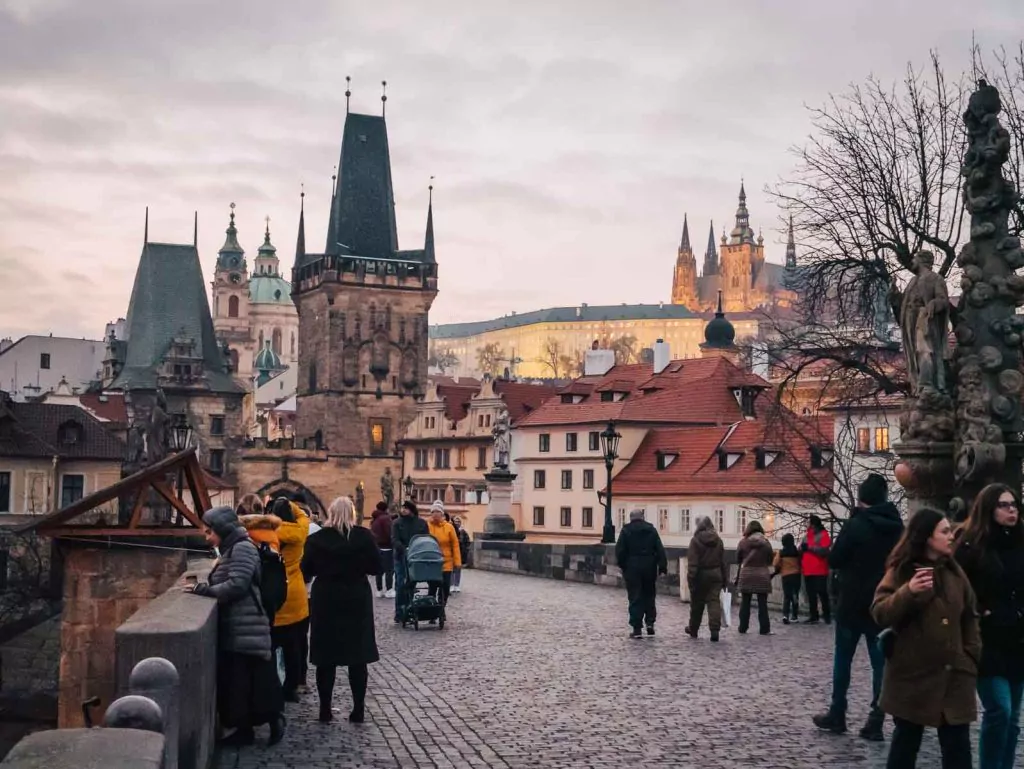
And here’s a map of the core itinerary destinations so you can get a visual idea of the route:
Add on itineraries for three months in Europe
But if this is a once-in-a-lifetime Europe trip for you, or if you just want to maximise the ground you cover and don’t mind whirlwind city breaks and quite a few travel days, I have a bunch of simple add ons that you can connect with the core itinerary.
I’ve gone into detail for each of these add ons (+ how to link them to the core) after my detailed breakdown of the core itinerary, but here’s a summary, with the minimum recommended days in brackets.
Add on Switzerland (12 day loop)
- Lucerne (3 days)
- Interlaken (3 days)
- Zermatt (2 days)
- St Moritz (1 day)
- Milan & Lake Como in Italy to link it with the core itinerary (3 days total)
More time in Italy (pick the ones you want)
- Turin (2 days)
- Verona (1 day)
- Bologna (1 day)
- Sicily or Sardinia (5-7 days)
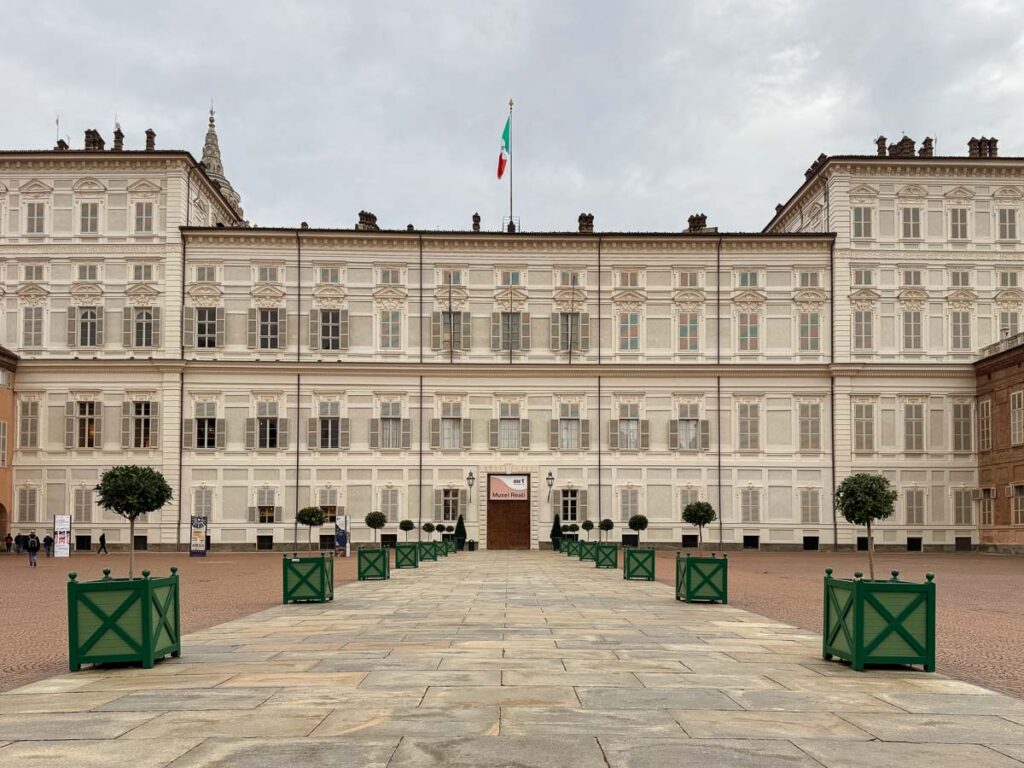
Add on mainland Greece + the Cyclades (10-12 days)
- Meteora (2 days)
- Athens (3 days)
- Cyclades islands (Santorini, Mykonos, Milos, Naxos etc., 3-7 days)
Add on Scandinavia + Finland (21 days)
- Copenhagen, Denmark (3 days)
- Oslo, Norway (1 day)
- Flam, Norway (1 day)
- Bergen, Norway (2 days)
- Coastal cruise, Norway (4 days)
- Lofoten Islands, Norway (3 days)
- Stockholm, Sweden (3 days)
- Helsinki, Finland (1 day)
- Rovaniemi, Finland (3 days)
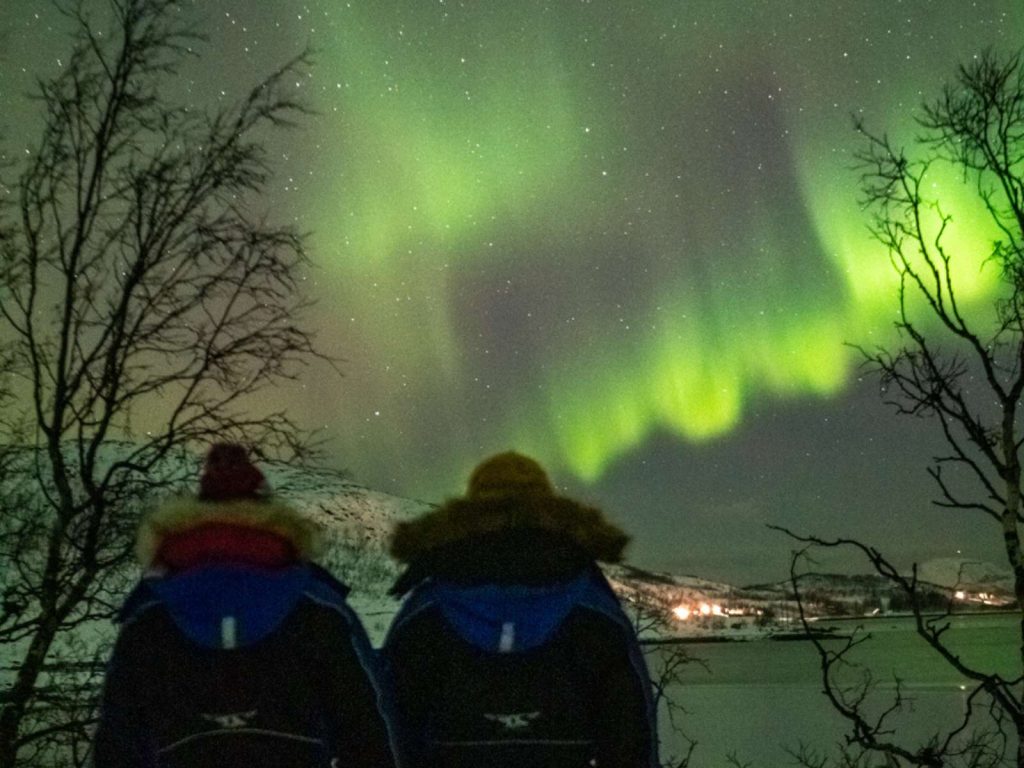
Add on the Baltic Countries (9 days)
- Tallinn, Estonia (3 days)
- Riga, Latvia (3 days)
- Vilnius, Lithuania (3 days)
Add on Spain and Portugal (18 days)
- Valencia, Spain (3 days)
- Madrid, Spain (3 days)
- Granada, Spain (2 days)
- Seville, Spain (2 days)
- Algarve, Portugal (3 days)
- Lisbon, Portugal (3 days)
- Porto, Portugal (2 days)
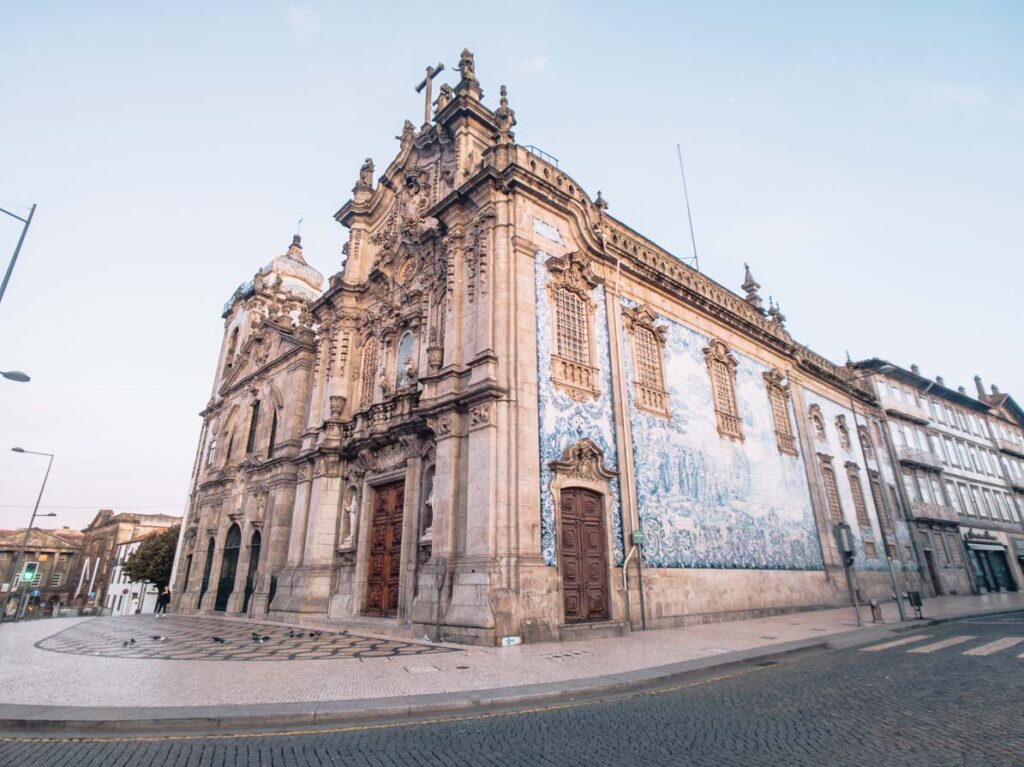
Add on Poland (14 days)
- Wroclaw, Poland (2 days)
- Krakow, Poland (4 days)
- Zakopane, Poland (2 days)
- Warsaw, Poland (3 days)
- Gdansk, Poland (3 days)
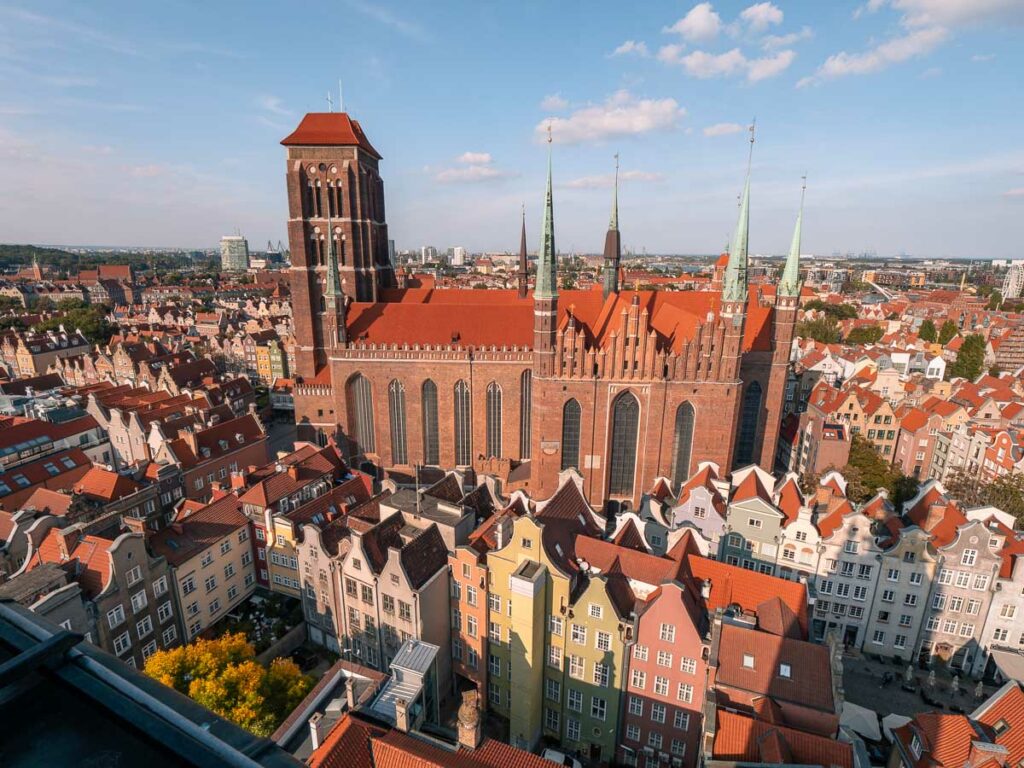
More time in France (pick the ones you want)
- Bordeaux (3 days)
- Lyon (2 days)
- The Loire Valley (2 days)
Add on more of the UK & Ireland (8 days)
- Edinburgh, Scotland (3 days)
- Belfast, Northern Ireland (2 days)
- Dublin, Ireland (3 days)
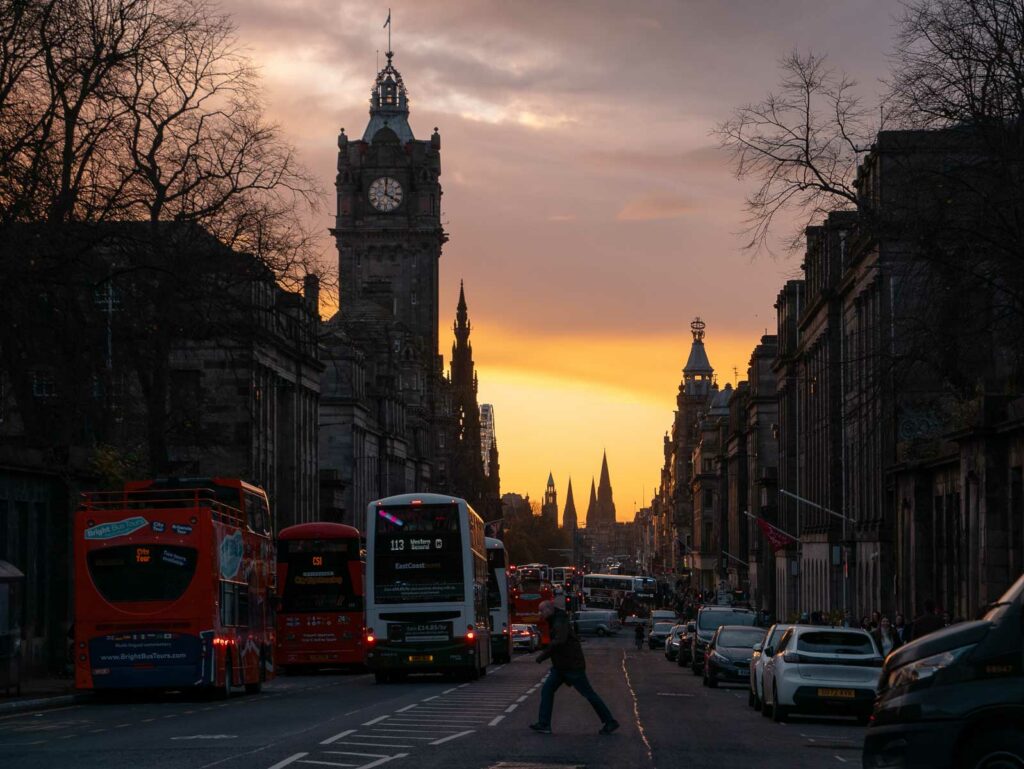
Random places to add
- Bruges, Belgium (2 days)
- Vienna, Austria (3 days)
- Slovenia (4+ days)
- Malta (4+ days)
All destinations in this 3 month Europe trip
Here’s a map with the core stops in blue, and the add ons in their own colour. I know this looks overwhelming, but I’m going to break it alllll down for you to make it super simple.
What you need to know before planning your 3 months in Europe
How to get to Europe
If you’re coming from the UK you could start and finish this itinerary with the Eurostar, but for anywhere further afield you’ll need to fly into Europe to kick off your trip.
I’ve started the itinerary in Barcelona but you could really start it with any city on the core itinerary and might just need an additional train or flight to make it a loop.
I use Skyscanner to find cheap flights, you can search ‘Everywhere’ to see the cheapest European cities to fly into, and it’ll even show you the cheapest days to fly. No need to use incognito mode (that’s a myth 🤷🏼♀️), but I do have some other cheap flights tips to help you get the best bang for your buck.
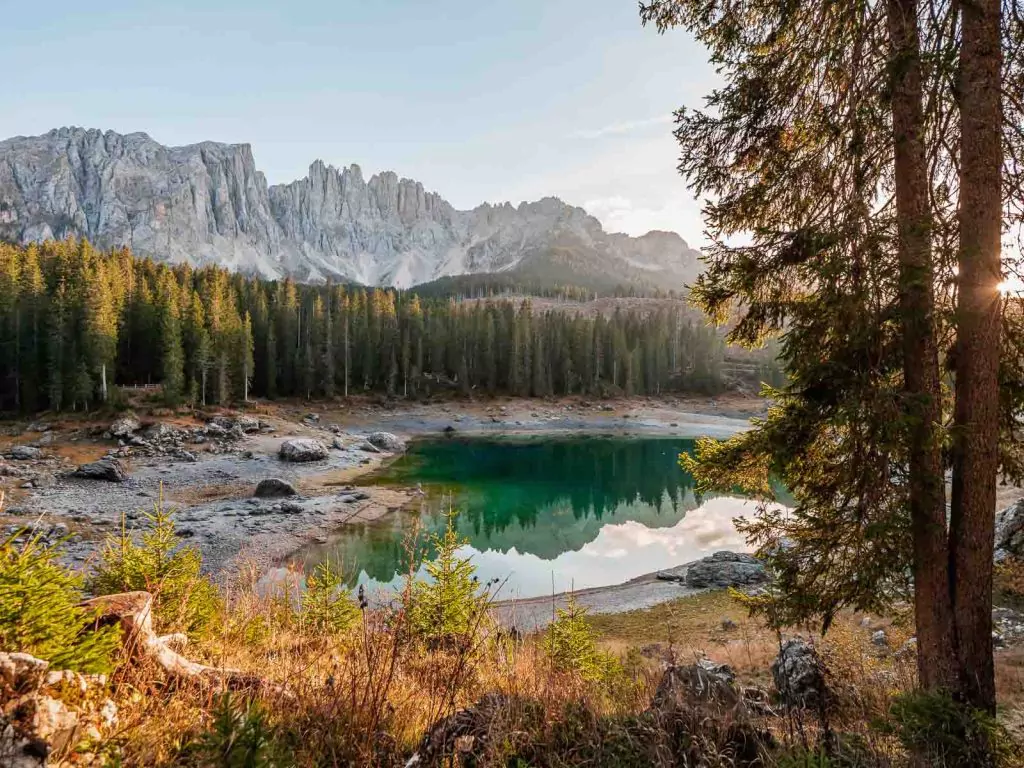
How to get around Europe
🚂 Trains and buses: Overland travel reigns supreme in most of Europe, with trains being your best bet for navigating Western Europe, Central Europe and Scandinavia, and buses being the most efficient option for Eastern Europe (plus ferries in the Med, though technically not ‘over land’). Scenic journeys, affordable prices and flexible travel passes make overland trips the most convenient way to get around.
I use RailEurope to find train tickets and buy my train passes (more on that below) and Omio to find bus journeys.
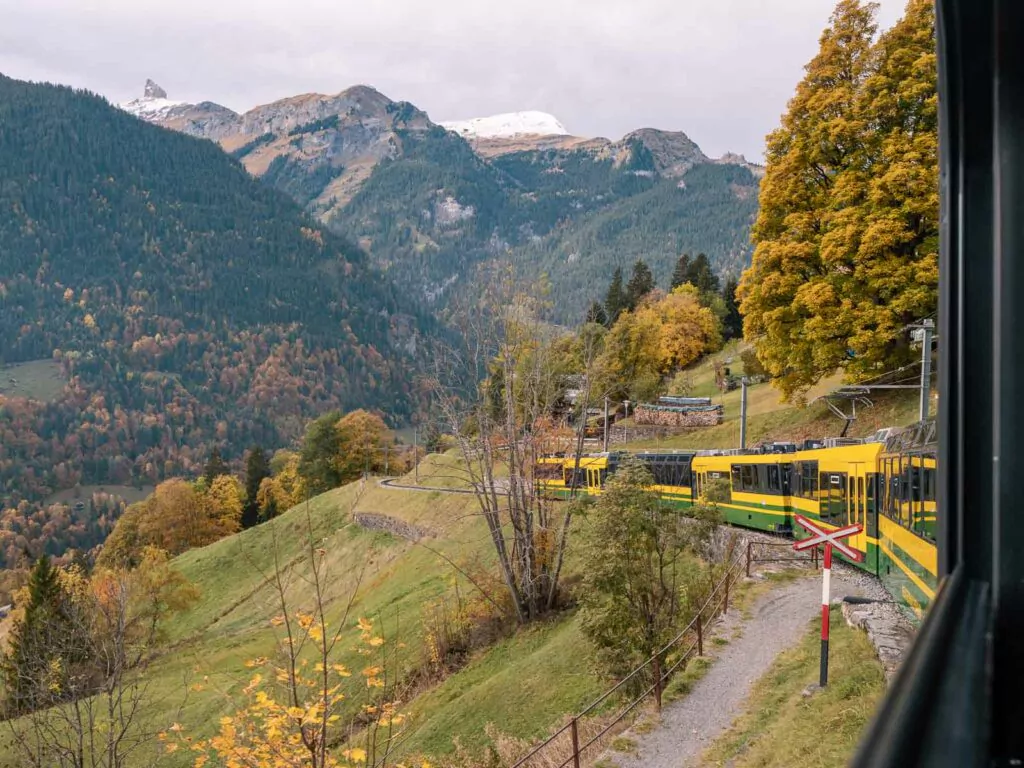
✈️ Planes: If you’re looking to cover a large distance and don’t want to stop in between, budget airlines like Ryanair, Wizz and easyJet offer basic fares at a very low price, but watch for sneaky extra charges for overhead cabin luggage and checked bags.
Many budget airlines also operate from secondary airports that are further from the city centre and this can add up to an hour of travel time at each end, so take this into account when comparing trains/buses vs. flights.

🚗 Rental car or campervan: This particular itinerary isn’t designed for rental cars, mostly because it has a lot of city stops where driving/parking would be an absolute nightmare, and I’ve built it using transport links to make it convenient for car-free travellers who don’t have the flexibility of their own vehicle.
You could still use this three month Europe route as a guide for sure, but if you’re going to hire a rental car or campervan then you’ll probably want to tailor an itinerary that includes smaller towns and villages off the public transport network for easy driving and fewer crowds.
What to budget for 3 months in Europe
Your 3 months in Europe budget will totally depend on the places you choose to visit and your travel preferences, but here’s a quick guide.
Accommodation
Budget accomm will range from €8-10 for a hostel dorm bed in cheap places like Albania, Latvia and Poland, typically €20-35 for a dorm bed at a decent hostel in most Western Europe cities, all the way up to €50-70 for a dorm bed at a top-rated hostel in expensive places (Norway I’m looking at you 👀) or during busy times like the summer period, Christmas markets, football games and national holidays.
For simple but comfortable hotel accommodation you might pay as little as €25-50 in cheaper countries, €75-100 in most major cities, and at least €120+ in expensive destinations.
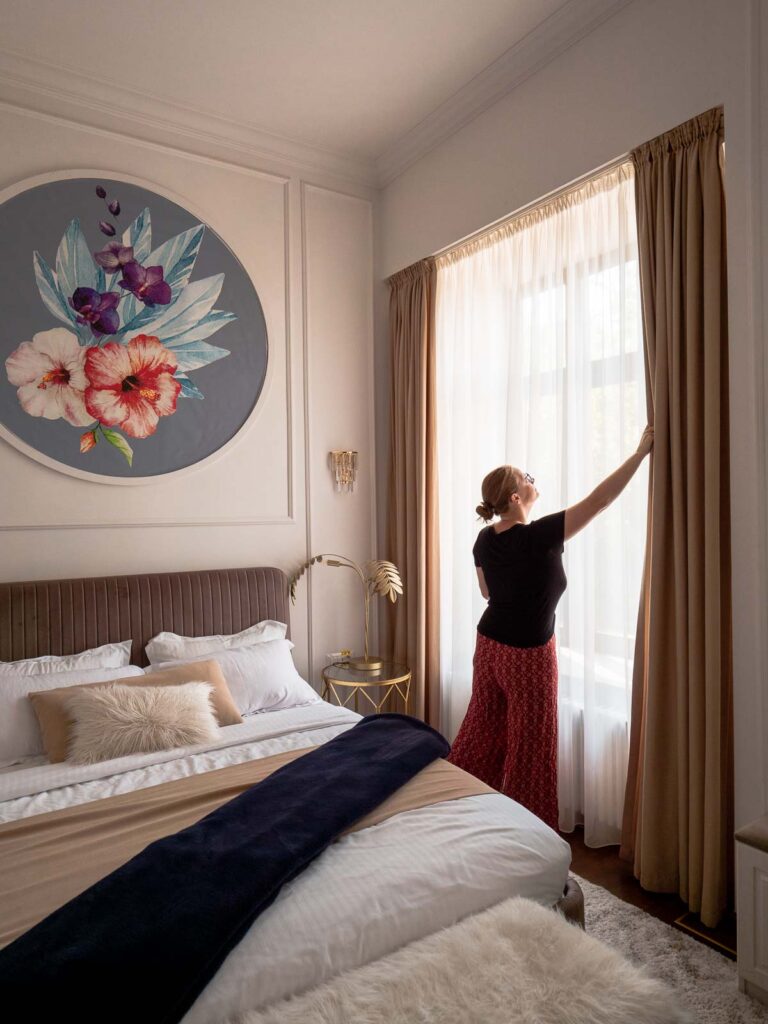
Food
On a really tight backpacker budget you can live off €10-15 a day for supermarket food, instant noodles and DIY hostel meals in most European countries, but pricier places like Switzerland, Scandinavia, or holiday spots like the French Riviera and popular Mediterranean islands might push that up.
For a more enjoyable culinary experience, a rough budget of €30-35 per day for food over your whole trip will probably cover a mix of nicer restaurants, casual dining, self-catering and supermarket picnics, allowing the cheaper Balkan countries to balance out your time in places like Paris, London and Amsterdam.
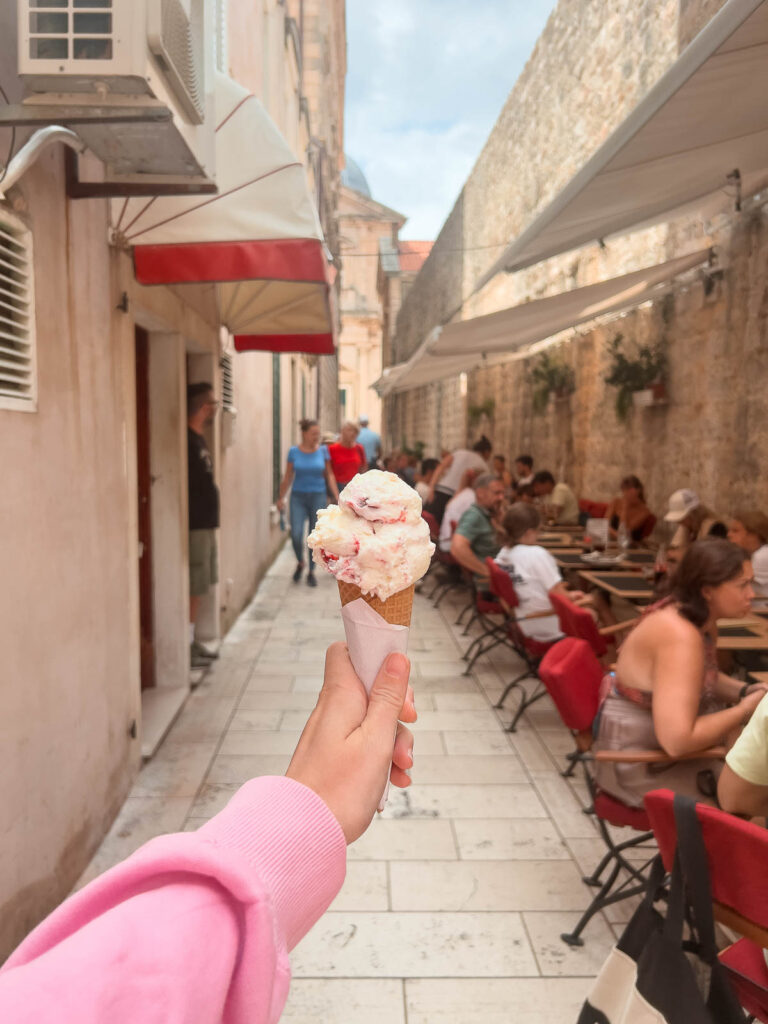
Transportation
Another tricky one to say without knowing your exact itinerary and if you prefer flights, trains, buses or private transfers, but I have done some research on different options. Based on the core itinerary, travelling in shoulder season, and booking trips two months in advance, the trip would cost:
- €604 using buses for all land journeys and two ferries
- €1296 using trains for land journeys where possible (generally faster and more comfortable) and two ferries
Most buses and trains in Europe are priced dynamically like flights, which means the price is dependent on demand. Train prices can increase drastically for last minute bookings, a €70 trip in two months’ time might end up being €240 if you book a few days before.
BUT there’s good news if you wanted to travel by train, you can save money and give yourself loads of flexibility with a Eurail Pass or Interrail Pass. Which brings me to…
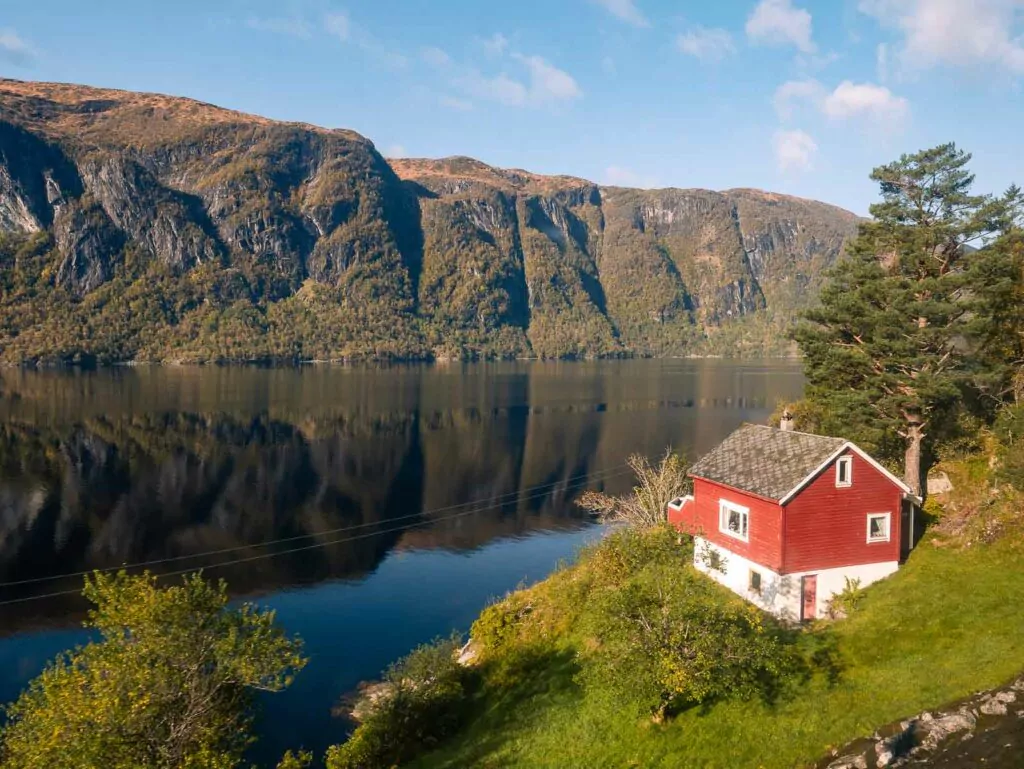
Using a Europe rail pass to travel Europe for three months
Using a rail pass like a Eurail Pass or Interrail Pass can save you looooads vs. buying individual point-to-point tickets, and they give you discounts on some Mediterranean ferries and other activities too.
You pay an upfront price for a pass with a certain number of travel days or a consecutive period where you’re covered, then you have access to most trains around Europe either for freeee or with a (usually small) seat reservation cost.
Whether a pass is worth it for you will depend entirely on the exact itinerary you follow, but I’ve done some calculations on the core itinerary to figure out the potential savings, again looking at booking two months in advance.
As mentioned above, the point-to-point train tickets, bus rides and a couple of ferries would come to €1296.
If you had a three month Eurail Global Pass, you’d only end up paying €1147 for the exact same journeys (this price includes seat reservations, buses, discounted ferries and the pass cost). This pass would also give you freedom to chop and change your plans, and it would cover your trains for any add ons and/or day trips too, so it’s almost guaranteed to be worth it vs. individual train tickets.
I’ve got a handy Eurail Pass calculation guide to help you figure it out for your exact Europe itinerary, as well as a comprehensive guide on how to use a Eurail Pass.
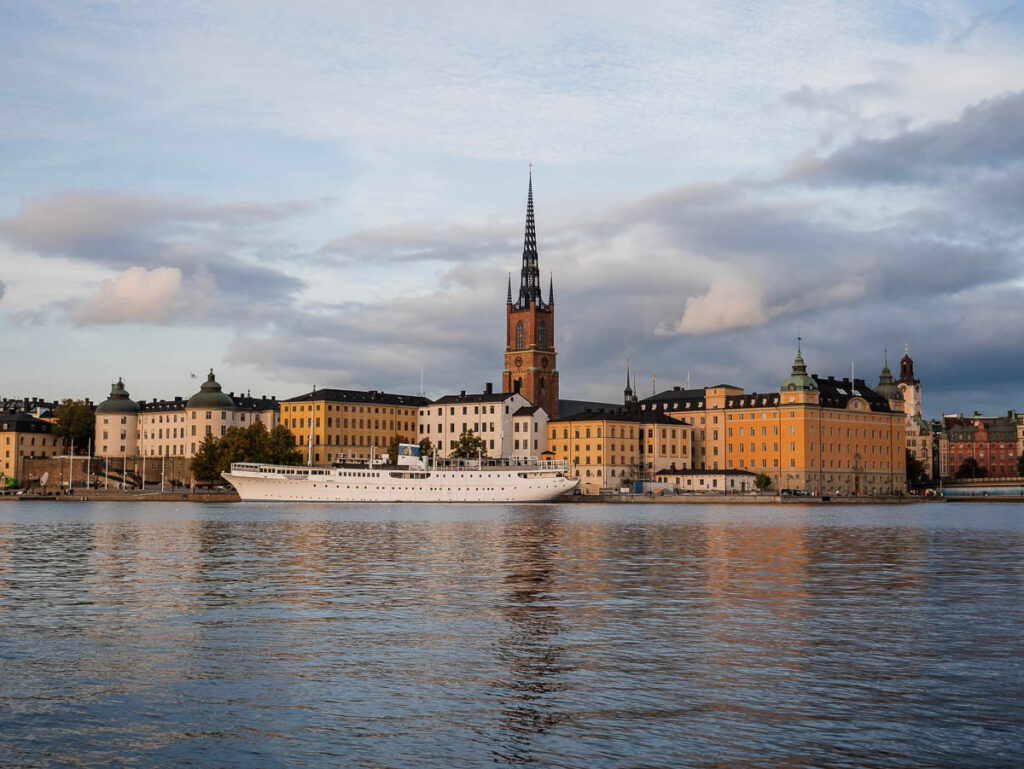
The best time for a 3 month Europe trip
I’ve said it before and I’ll say it again, Europe shoulder season is KING 👑
If I could choose the perfect time for my own dream 3 month Europe trip I’d pick April, May and June (finishing up in less touristy places to avoid the crowds from mid-June onwards) or September, October, November. These months offer the ideal balance of mild weather, fewer crowds and more affordable prices.
Now I totally understand if a Euro summer is on your bucket list, and I don’t blame you, but there are some realities of travelling Europe in summer (particularly July and August) that you might not see on social media:
- It gets hot hot hot 🥵 some cities are sweltering with no ocean access or open spaces to escape to, summer crowds at major landmarks mean you’re pushing past sweaty tourists (and yes, you’re probably a sweaty tourist yourself) and many hotels in Europe don’t even have air conditioning as they’re in super old buildings.
- Things are BUSY. Places like the Trevi Fountain will be full of people from the moment the sun rises, the best restaurants can book up weeks in advance and beaches on the coast are packed with both international and domestic visitors.
- Prices shoot up. If you look at a hotel for a mid-week stay in April and then look for a weekend in July or August, the summer price could be literally two or three times what you’d pay in the shoulder season.
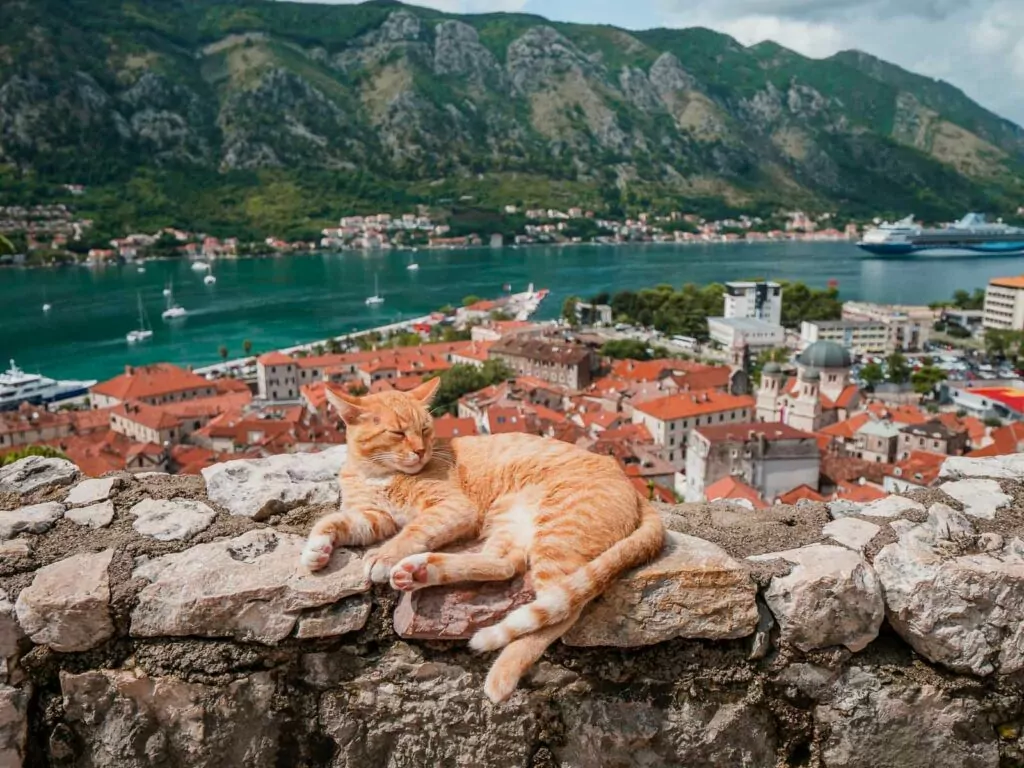
If summer is your only option or if you’re really set on your Euro summer experience, these tips will help you have a more enjoyable trip:
- Book flights and accommodation well in advance to get the best prices
- Try and avoid the bigger cities (Barcelona, Paris, Rome, Amsterdam) on weekends, mid-week crowds will be a little smaller
- Check for events like music festivals or sports games and avoid them (or go to them if that’s what you’re into!)
And if a Europe winter wonderland is what you’re looking for, November and December bring magical Europe Christmas markets, January, February and March bring snow and good winter sports conditions for mountain regions, and many non-wintery places offer very good value for money (but some attractions do shut down for the off season).
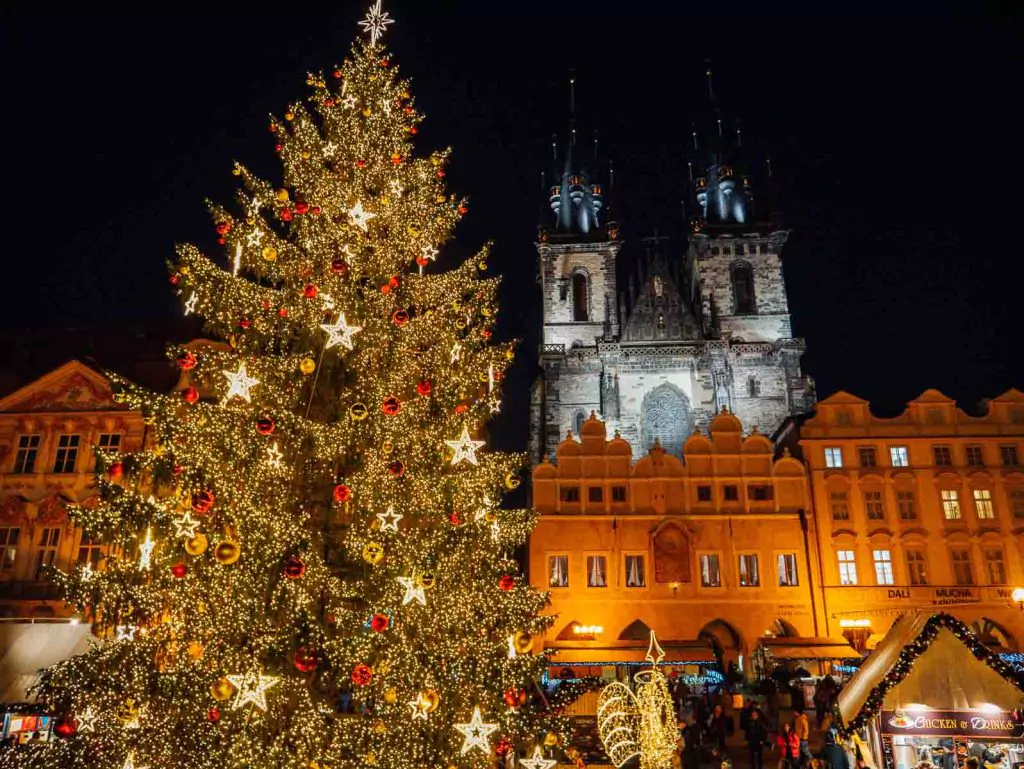
Must-haves & packing tips for a 3 month trip to Europe
Packing smart is key for an extended Europe adventure. While your exact packing list will be determined by the season you’re visiting, here are some top tips for how to pack for 3 months in Europe:
- A sturdy backpack or suitcase. I’m proudly Team Suitcase, I carry wayyy too much camera gear to be able to carry it AND my clothes on my back, but I do envy the backpack travellers who can avoid the annoyance of rolling a heavy bag on cobblestone streets. I use the Samsonite Lite-Shock range, it’s the lightest-weight hard-case suitcase in the world.
- A capsule wardrobe. Choose items of clothing that can be worn with various other items, so you can make an exponential number of outfits with only 15-20 items of clothing.
- Lightweight fabrics that wash and dry easily. Don’t lug around four pairs of heavy denim jeans, avoid white clothing (I guarantee you’ll spill pasta sauce on it) and pack clothes that can be thrown into the washing machine and dryer without worrying about shrinkage.
- Reliable footwear. You’re going to be walking loads during your three month Europe trip, pack shoes that won’t give up on you. I travel with one pair of sandals for beachy destinations, some lightweight Allbirds for my daily walking and a pair of running shoes for more strenuous activities.
- A power adapter. A universal travel adapter is a must to keep your gadgets all charged up. I use the OneWorld 100, it can charge my laptop, phone and camera at the same time.
- A battery pack. Another tech must-have for obvious reasons.
- Travel insurance. It’s not mandatory to get travel insurance for Schengen countries if you’re eligible for the Schengen visa waiver, but it’s highly recommended and could save you thousands of dollars in the case of flight delays, medical emergencies or stolen belongings. I use CoverMore Travel Insurance NZ (there’s CoverMore Australia for readers on the other side of the Tasman) but if you’re from elsewhere, I have a detailed guide on how to choose a travel insurance policy.
- Suitcase/bike lock for luggage. If you’re travelling by train I’d recommend getting a lock that you can use to secure your bags to the luggage rack. You can get actual suitcase locks but I just use a cheap bike lock and it works perfectly.
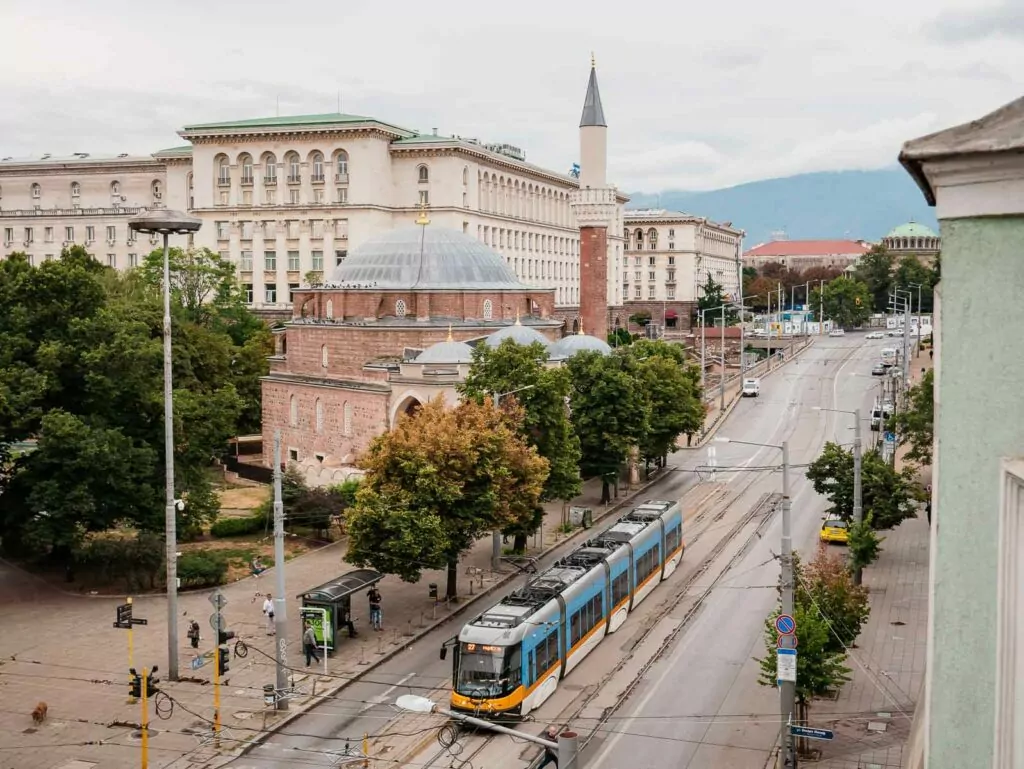
How to use this 3 month Europe itinerary
This might be info overload so I want to share some quick and easy steps to set you up for Europe planning success before we get started.
- Bookmark this blog post so you can come back to it later in the trip-planning stage to read the more specific info, like things to do and places to stay
- Open up a spreadsheet or notebook to take notes on destinations that tickle your fancy
- Open up a new map on Google MyMaps and add pins to the map to show you your trip in visual format. MyMaps is different to Google Maps, I just find it easier to keep the route pins in a separate map rather than losing them in Google Maps where I’ve already saved a million restaurants, hotels and photo spots in Europe haha.
- Once you’ve got your route pencilled in, you’ll need to check transport options for up to date timetables. Some ferries and trains are seasonal and long routes might only run on certain days, and timetables obviously change without notice.
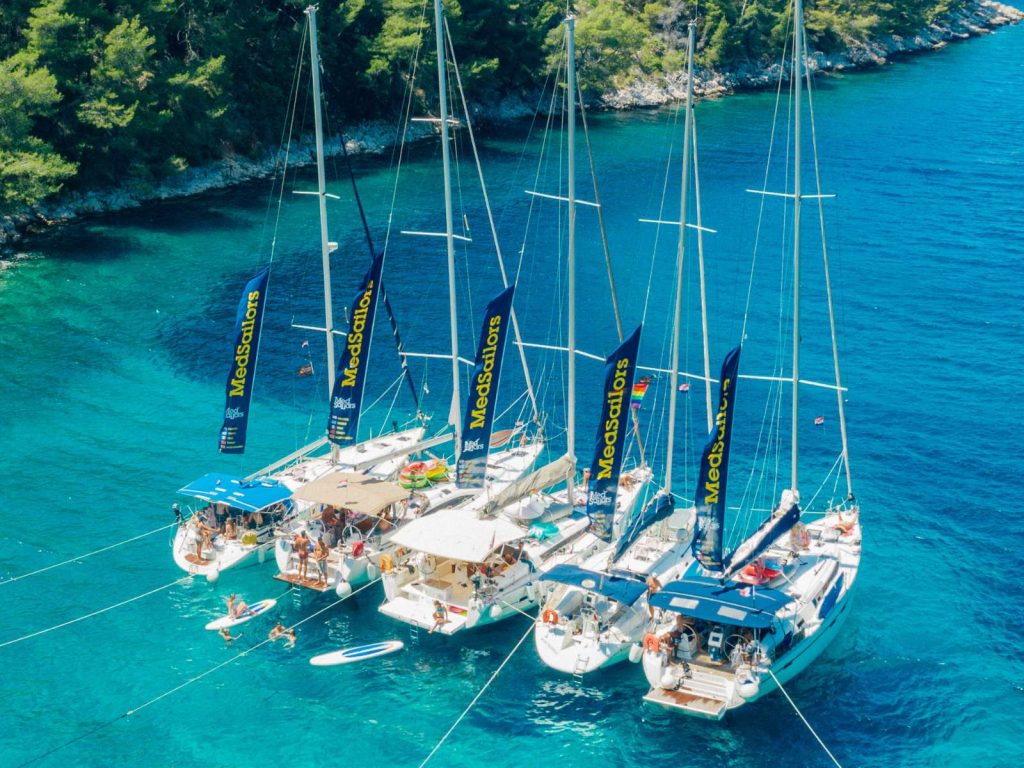
Who is this three month Europe itinerary for?
This 3 month Europe trip itinerary is best suited to travellers who:
- Want to experience Europe’s variety of travel experiences, from historical cities to culinary gems to dreamy coastal getaways
- Want to split their time between popular hot spots as well as some lesser known gems in between
- Don’t mind covering a lot of ground during their 90 days in Europe
- Have the budget to cover stays in some pricier cities like Paris, Amsterdam and London but want to balance them with cheap and cheerful spots like the Balkans
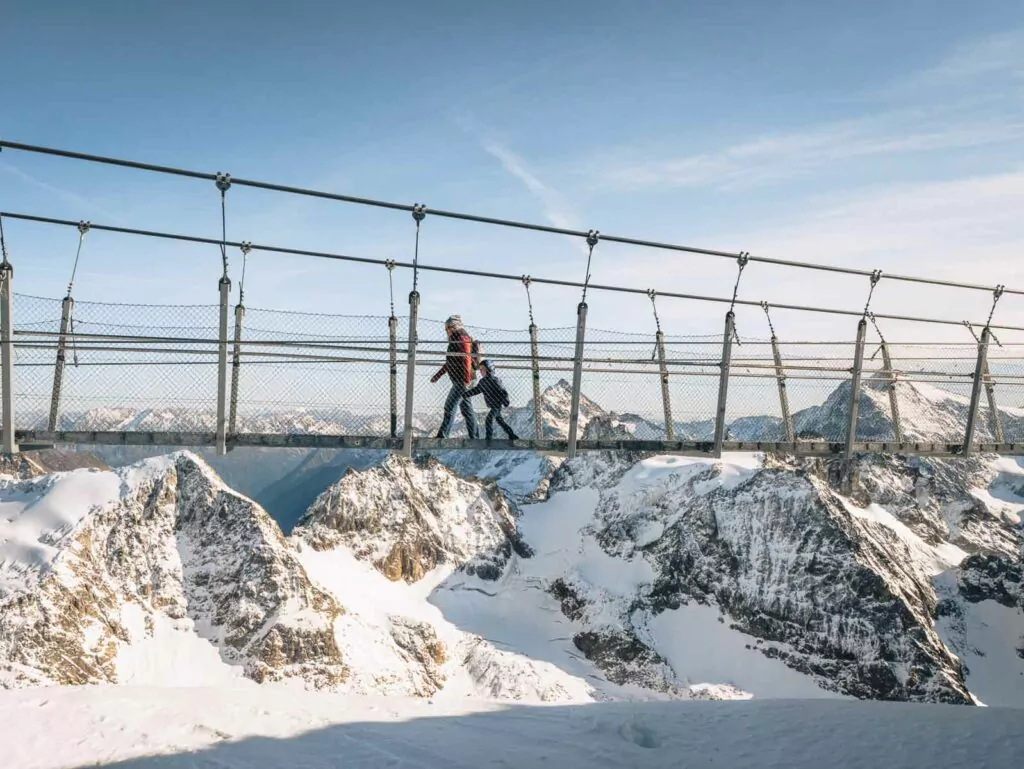
And this itinerary maybe isn’t the best for travellers who:
- Want to spend three months visiting just a few countries in-depth (check out my add-ons and extend the days in each place instead)
- Have accessibility needs that would make train/bus rides difficult (pick some key spots and you could fly between instead, or look at first class train tickets for a more comfortable journey)
- Are on a really tight budget (stick to the Balkans, Poland and the Baltic countries to make your money go further)

How long should I spend in each place?
The number of days I’ve suggested is the minimum length of time I’d recommend for each destination based on the top highlights. If you need to cut the days down then consider skipping it altogether and coming back on a future trip, because trying to figure out how to spend 2 days in Paris or 1 day in London is going to be more stress than it’s worth.
What if I want to skip places?
Skip ’em! This is your itinerary to tailor to your Europe dreams, I’m just here for travel inspiration and logistical suggestions 🫡
What if I have less than three months in Europe?
Don’t stress, if you’re a bit short on time then you can still use this three month Europe route to help you find the best spots to squeeze into a shorter timeframe, or you can read some of my in-depth itineraries for different countries and regions (they actually have more detailed info than this one, because it feels like 16,000 words for a blog post is probably enough haha.
I have itinerary guides just like this one for two months in Europe, three weeks in Scandinavia, two weeks in Poland, two weeks in the Balkans, 1, 2 and 3 weeks in Northern Italy and Switzerland, 10 days in Switzerland, and a detailed Europe Christmas markets train itinerary too.
And if you’re just looking for a short city break or whirlwind country adventure to add onto your three months in Europe, I have dedicated travel guides for 4 days in Norway, 5 days in Switzerland, 2 days in Budapest, 3 days in Sofia, 3 days in Bucharest, 2 days in Milan, 2 days in Porto, as well as solo travel guides to Amsterdam, Copenhagen, Porto and Edinburgh.
The ULTIMATE 3 month Europe itinerary
Barcelona, Spain
How to get to Barcelona: If you’re starting your three months in Europe here then you can fly directly to Barcelona, or if you’re starting somewhere else you can easily link Barcelona with Paris with a direct train (6h 45m)
Minimum stay: 3 days
About Barcelona
A perfect intro to your European adventure, Barcelona combines cosmopolitan buzz, coastal chill and unconventional masterpieces that need to be seen to be believed.
Art lovers can get their Gaudi fix, foodies can feast on snacks at La Boqueria, and the nightlife is nothing to scoff at either.


Barcelona highlights
- The Gaudi trifecta: La Sagrada Familia, Park Güell and Casa Battló
- Grab some treats from La Boqueria Market and wander through the Gothic Quarter to reach Ciutadella Park for a picnic
- Park up on Barceloneta beach for some sun and sea
- If you have extra time, you could take a day trip to Montserrat Monastery for hiking, Costa Brava for some kayaking, or Andorra, one of the smallest countries in Europe.
Where to stay in Barcelona
Budget: Yeah Barcelona, Hostel One Ramblas, Born Barcelona or Fabrizzios Terrace Hostel
Mid-range: Forget Me Not, Musik Boutique Hotel, Occidental Barcelona 1929 or Hotel Jazz
Luxury: ME Barcelona, Hotel El Palace, Hotel Boutique Mirlo, Monument Hotel or The One Barcelona GL
Apartments: Deco Apartments, El Alma de las Ramblas, Eco Boutique Hotel or Suites Avenue


Narbonne, France
How to get from Barcelona to Narbonne: Direct train, 2h 10m
Minimum stay: 1 day
Alternatives to Narbonne: Montpellier and Marseille are also easy options between Barcelona and Nice if either of those are more up your alley
About Narbonne
Thought it might not be on your Europe bucket list yet (or you might not have even heard of it!), this historical port city is a worthy stop between Barcelona and the French Riviera.
After a scenic train ride you’ll have enough time to see Roman ruins and medieval churches, stroll along the beautiful Canal de la Robine, and indulge in sumptuous Southern French cuisine with a glass of local wine.
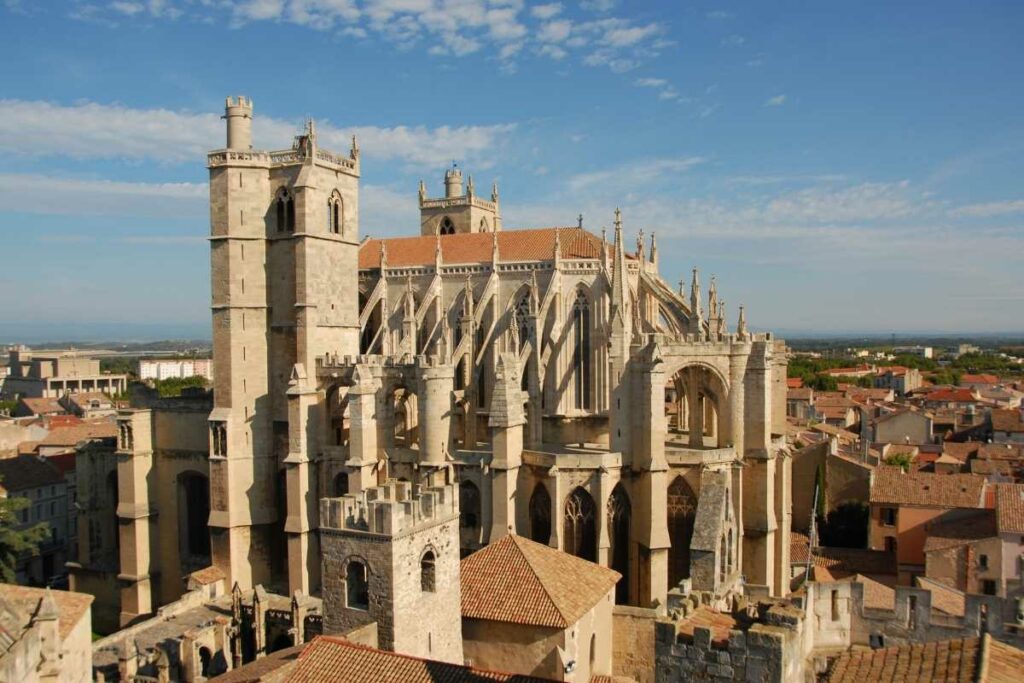
Narbonne highlights
- Marvel at the Gothic grandeur of Cathédrale St-Just, which has sat unfinished since the 14th century
- Step back in time at the Horreum de Narbonne, a Roman granary storeroom-turned-museum
- Take a guided tour around the ruins of Clos de la Lombarde if you’re there when it’s open (Tuesday to Sunday from mid-June to late-Sept, only Saturday afternoons outside of summer, check the official opening hours here)
Where to stay in Narbonne
Budget: éthic étapes CIS Narbonne, Chambre du Couvent, ibis budget Narbonne Est (there are more budget-friendly options in Marseille and Montpellier so they might be best if you’re backpacking through Europe)
Mid-range: Hotel Galla Placidia, The Originals City, Suite Royale Maison de l’église du couvent

Nice, France
How to get from Narbonne to Nice: Train with an easy change in Marseille, 5h 30m-6h total journey
Minimum stay: 2 days
Alternatives to Nice: Antibes for a more laidback vibe and quaint old town, Cannes for glitz and glamour, both on the same train line that takes you to Nice
About Nice
This sun-soaked seaside city gives you a taste of life on the French Riviera, with time-worn Old Town alleyways, a famous Promenade perfect for people-watching, and Mediterranean sunsets that turn the sky on fire.
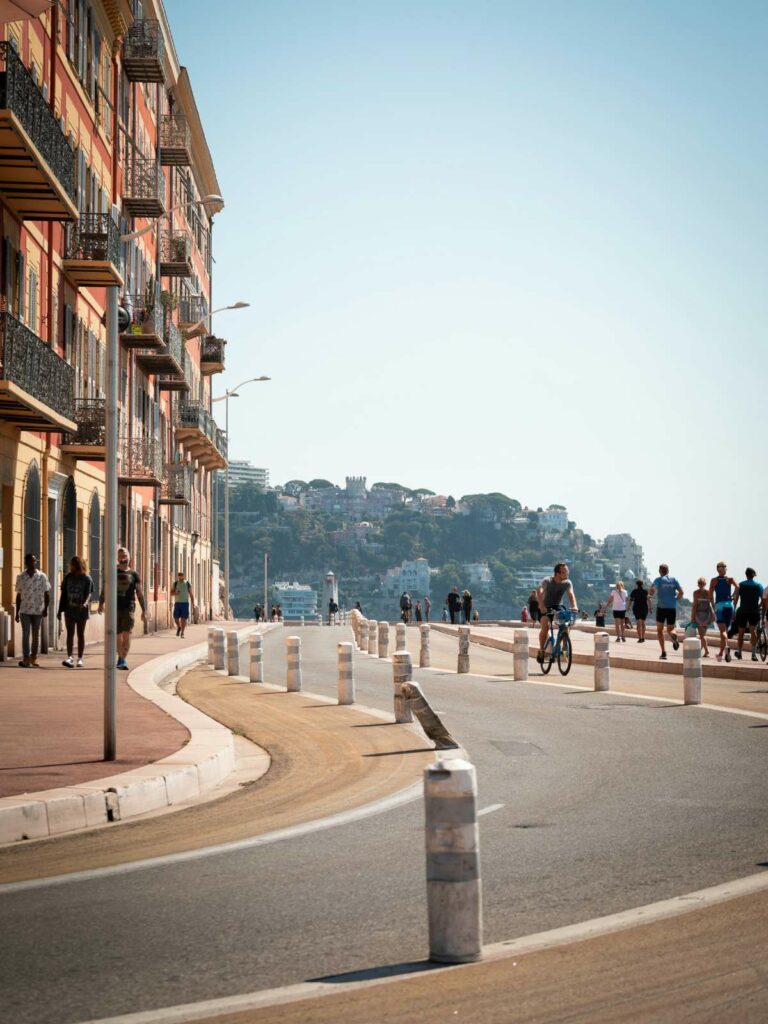
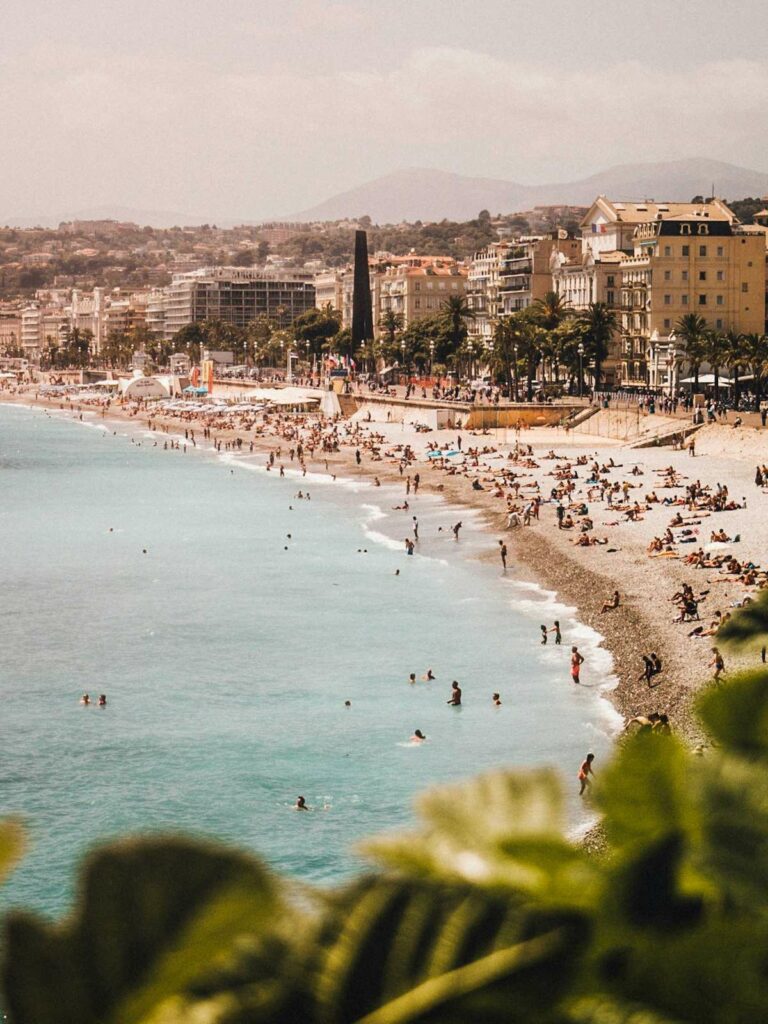
Nice highlights
- Discover hole-in-the-wall wine bars and retail boutiques in Vieux Nice (the old town)
- Stop and smell the flowers (literally) at Cours Saleya flower market from Tuesday to Sunday, or on Mondays come here for antique bargain hunting
- Wander down the Promenade des Anglais
- Hike or catch the lift to the top of Colline du Château for the best views and an 18th century artificial waterfall
- Visit Musée National Marc Chagall and Musée Masséna (Musée Matisse doesn’t have great reviews so I’d say you can skip that one, and the Musée d’Art Moderne et d’Art Contemporain is closed for a few years for renovations)
- Experience the infamous Côte d’Azur nightlife
- Take a side trip to Monaco to see how the other half live (only 20m by train)
Where to stay in Nice
Budget: Slo Nice, Auberge de Jeunesse HI Nice Les Camélias, Hotel So’Co, Villa Bougainville
Mid-range: Aparthotel AMMI Vieux Nice, Yelo Mozart, Boutique Hotel Nice, Arome Hotel
Luxury: Hotel Le Negresco, Anantara Plaza Nice Hotel, Hotel Cap Estel (down the coast but one of the best hotels in France)
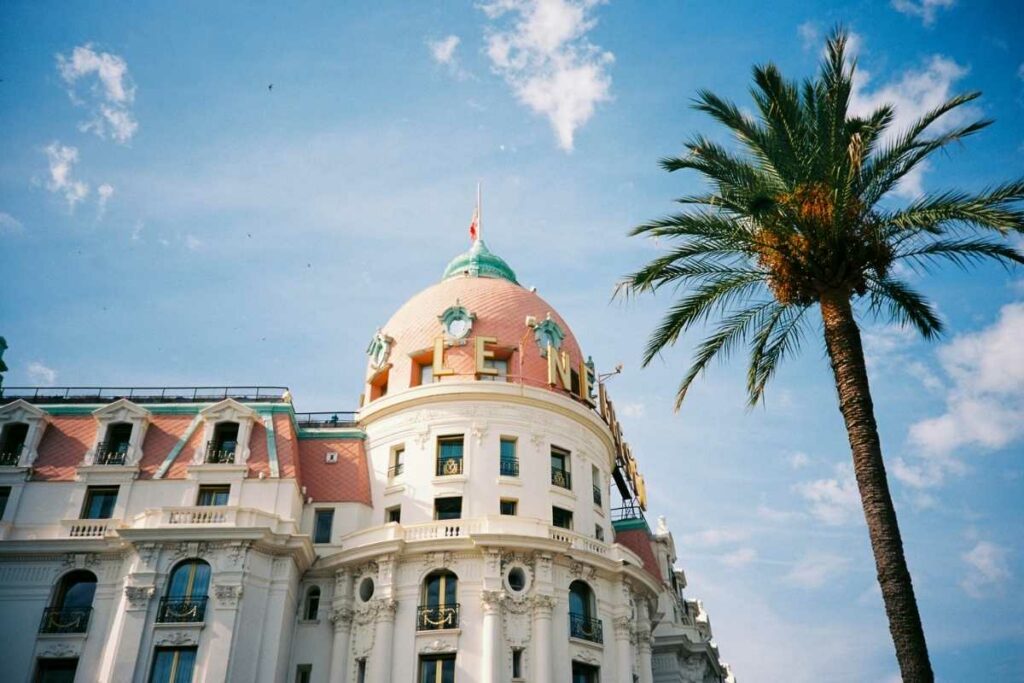
Genoa, Italy
How to get from Nice to Genoa: Train with an easy change in Ventimiglia, total journey about 3h 15m-3h 30m
Minimum stay: 2 days
About Genoa
With lavish palaces, an authentic old town without the crowds and a legendary gastronomic scene, this Northern Italy gem is the ideal starting point for the Italian portion of your 3 month Europe trip.
There’s no hiding that the port city is a bit rough around the edges, but the silver linings of that are more affordable prices, fewer tourists and a chance to eat at world-class restaurants without having to book two months ahead.
👉🏼 Read more about Genoa in my Northern Italy and Switzerland itinerary >>
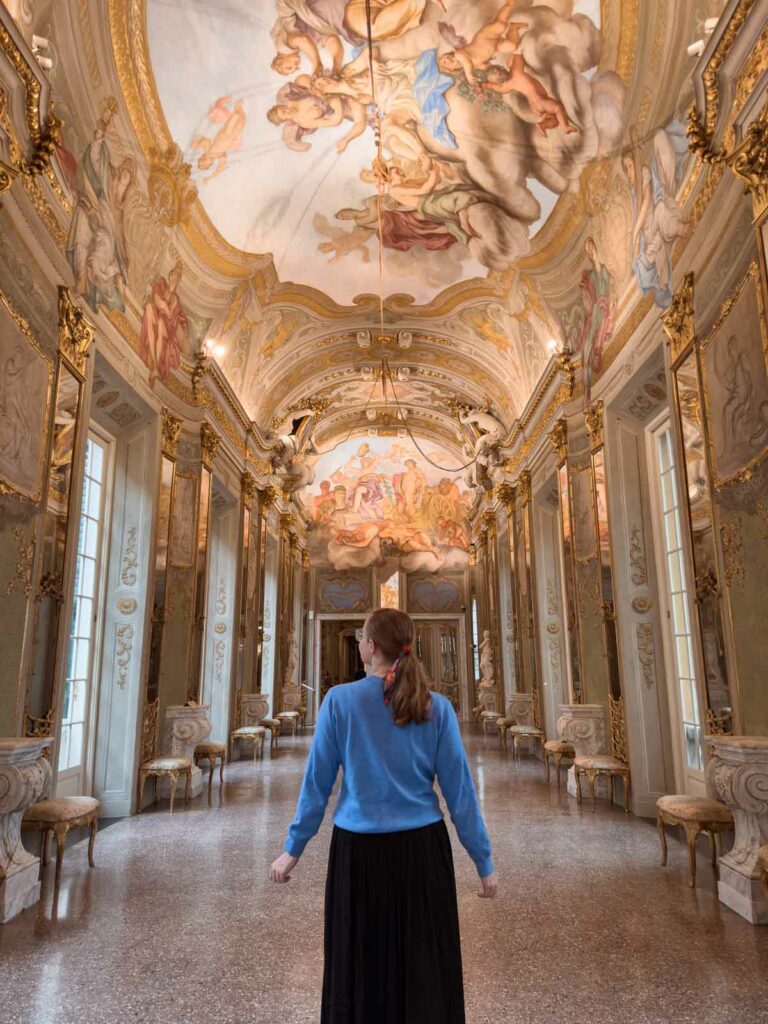
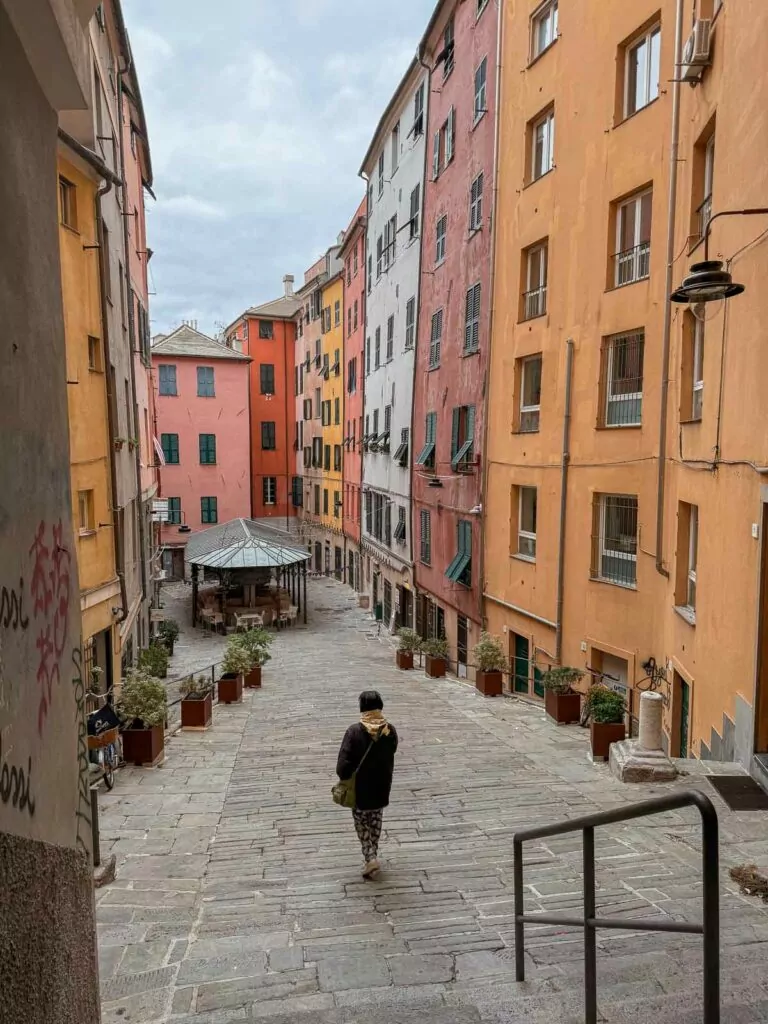
Genoa highlights
- Eat pesto, it was invented here! There are incredible trattorias on every corner but my favourite spots are Pastificio Artigianale di Canneto, Trattoria delle Grazie and Trattoria dell’Acciughetta
- Wander the spectacular halls of Palazzo Reale, I can’t believe this place isn’t more famous
- Visit the Musei di Strada Nuova to see Palazzo Tursi, Palazzo Rosso and Palazzo Bianco
- Be amazed by the frescoed ceiling of the Basilica della Santissima Annunziata del Vastato
- Catch the train or walk to Boccadesse, a colourful fishing village
- Take a day trip to Portofino
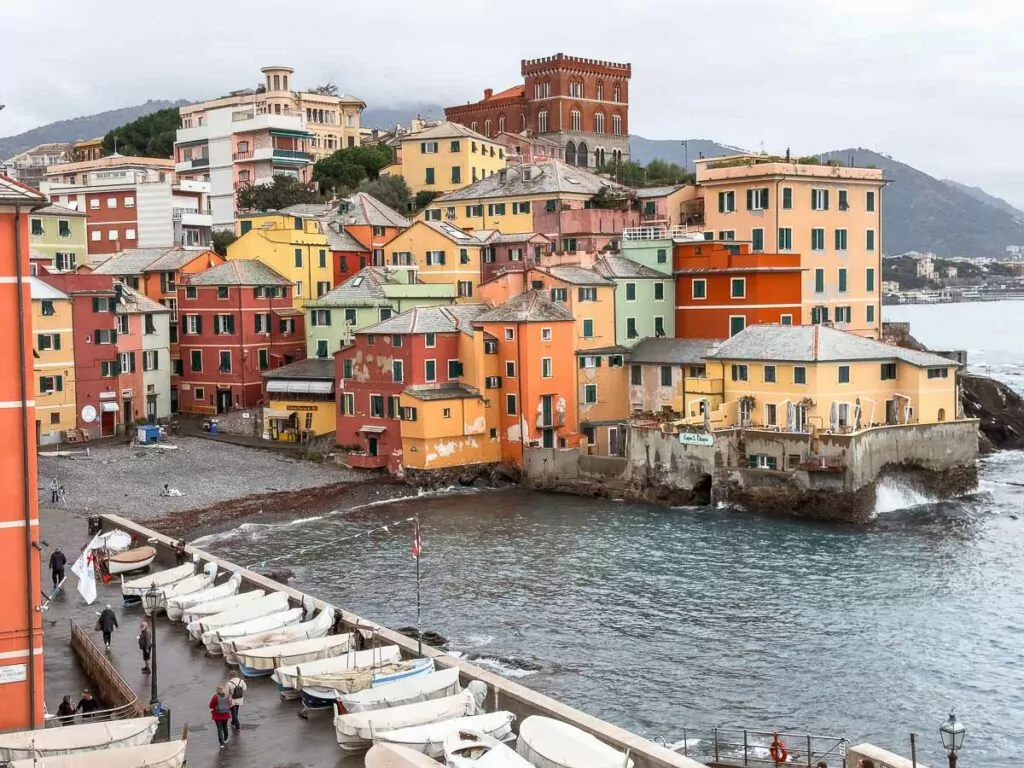
Where to stay in Genoa
I’ve added a star to where I’ve stayed personally, the other recommendations are based on online reviews and suggestions from friends who have visited recently.
Budget: Ostello Bello Genova (⭐), B&B Fossatello affittacamere or B&B Blue Home
Mid-range: Hotel Astoria, Hotel Doria or Locanda Villa Modern
Luxury: Grand Hotel Savoia, Grand Hotel Miramare or Hotel Bristol Palace
Venice, Italy
How to get from Genoa to Venice: Train with an easy change in Milan, from 4h 45m depending on the wait time
Optional stops on the way: Milan and Verona
Minimum stay: 3 days
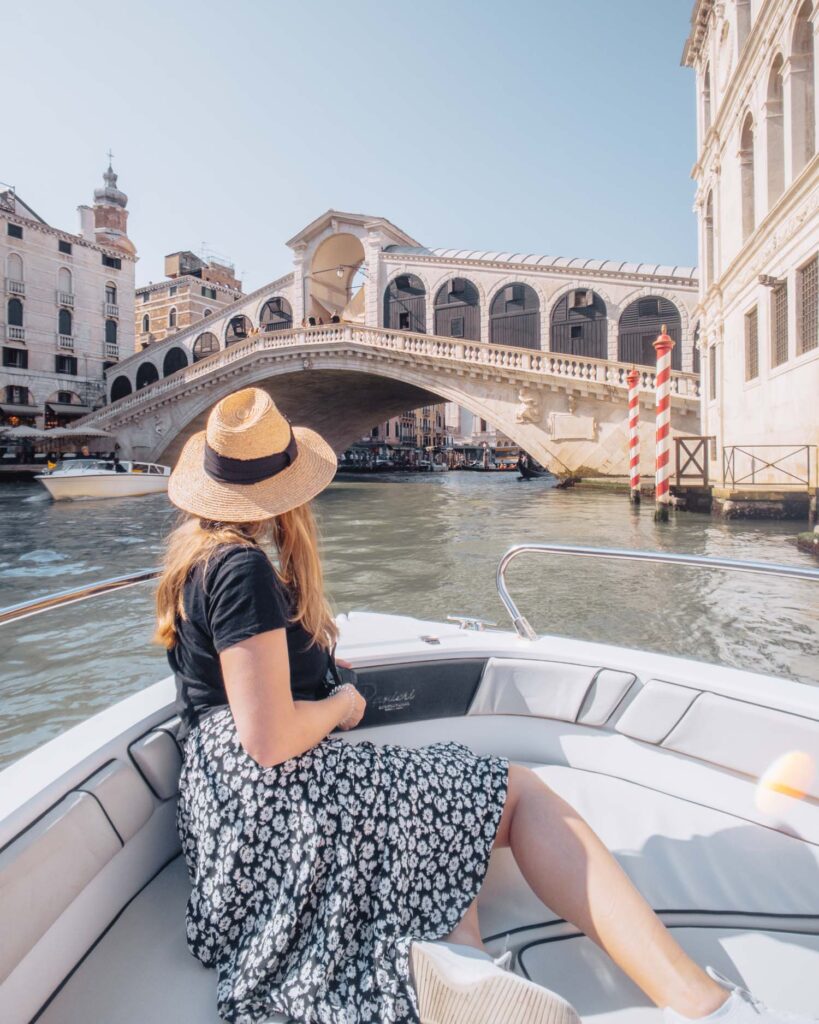
About Venice
Take a romantic gondola ride down the world’s most famous canals, get lost in the jumble of narrow streets and bridges, and dine on fresh seafood in hidden courtyards in the iconic Floating City.
You might think three days here is unnecessary but I’ve recommended that for a key reason: staying longer gives you more time to explore before the daytrippers arrive and after they depart.
Between the hours of 10am and 4pm, Venice is entirely overrun with cruise ship tour groups and travellers coming for the day from Milan and Florence, to the point where it is guaranteed to tarnish your experience. With a few days here you can escape Venice itself between those hours and head to nearby islands for a less hectic experience, then return in the mid-afternoon for a more relaxing sightseeing experience.

Venice highlights
- Visit the magnificent Doge’s Palace (it opens at 9am every day, visit first thing!)
- And see the equally impressive St Mark’s Basilica (opens at 9.30 Monday to Saturday, another one to do first thing on one of your days)
- Take a gondola ride obviously
- Catch a vaporetto to the island of Burano, famous for its colourful houses and lace-making, or Murano, known for its glass factories
- Escape the chaos with a calm museum visit to the Peggy Guggenheim Collection
- Head up to the top of St Mark’s Campanile for killer views
- I think a lot of Venice’s charm comes from just wandering the back streets and small bridges!
Where to stay in Venice
Budget: Generator Venice (not fantastic reviews but the closest hostel to actual Venice, just a quick vaporetto away), MEININGER Venezia Mestre, Il Veliero Romantico
Mid-range: B&B Hortus, Casa Sulla Laguna, Al Mascaron Ridente
Luxury: The Venice Venice Hotel, Nolinski Venezia, Gritti Palace
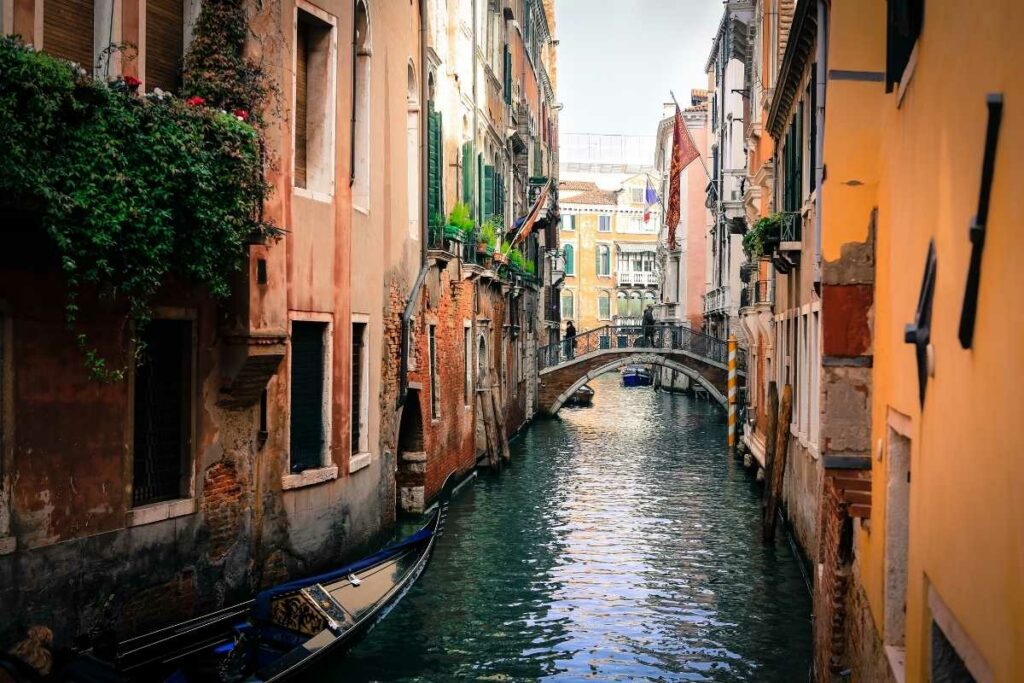
Florence, Italy
How to get from Venice to Florence: Direct train, 2h 10m
Optional stops on the way: Bologna, one of the best food cities in the world! I’ve included it in my Italy add on itinerary so read that if you’re keen for a day or overnight stop.
Minimum stay: 2 days
About Florence
Florence is a treasure trove of art history, with architectural marvels to walk through, Renaissance masterpieces to witness and a creative energy that buzzes through its winding streets.
And if that’s not your jam, beyond the museums and galleries it offers vibrant piazzas, rich cuisine with Tuscan wines, and handmade artisanal crafts like jewellery, leather and ceramics.
👉🏼 Read more: How to spend 24 hours in Florence
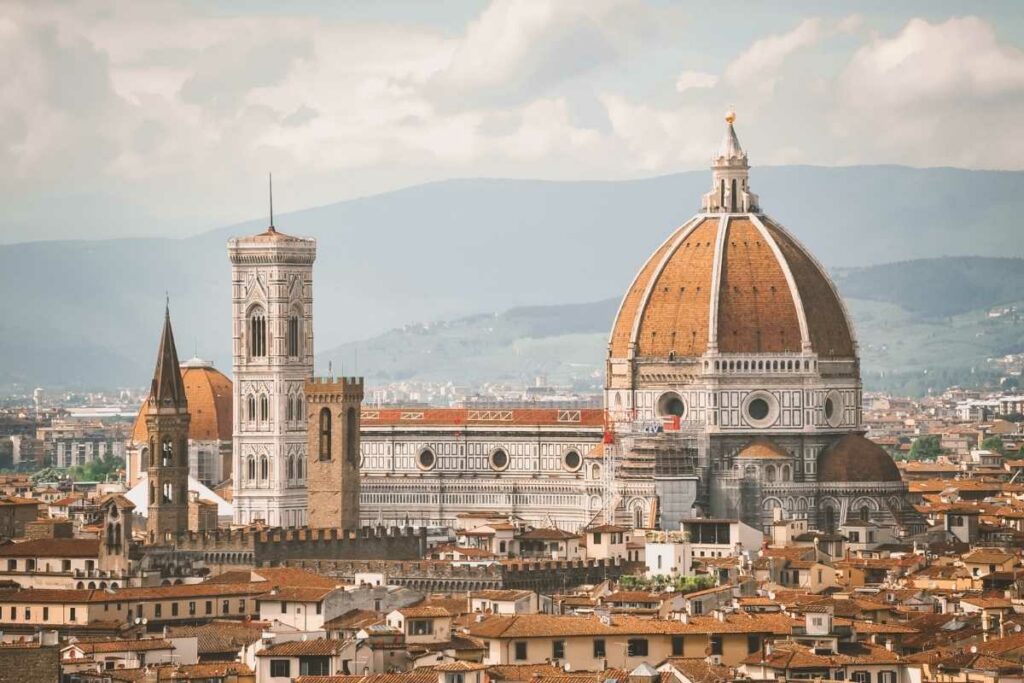
Florence highlights
- Visit the iconic Duomo Santa Maria del Fiore, see the Last Judgment fresco, and climb Brunelleschi’s Dome
- See Michelangelo’s David at the Galleria dell’Accademia and Botticelli’s Birth of Venus at Uffizi Gallery (amongst many iconic pieces)
- Buy some gold from the stalls of the Ponte Vecchio bridge or a leather bag or belt from Piazza Santa Croce
- Take a day trip to Bologna (if you’re not adding it as its own stop) or to the Tuscan countryside
- Enjoy Bistecca alla Fiorentina (a famous Tuscan dish) at the world-renowned steakhouse Trattoria dall’Oste
- Grab some deli meats, cheeses and bread from Mercato Centrale and head to Boboli Gardens for a picnic (20 min walk)
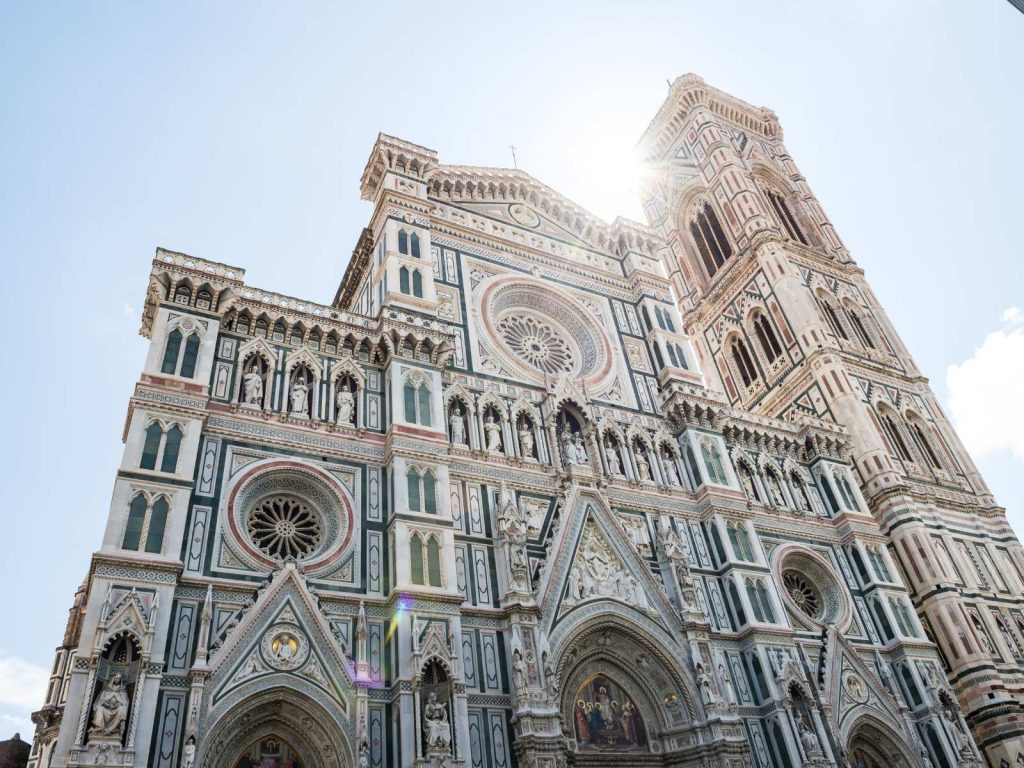
Where to stay in Florence
I’ve added a star to where I’ve stayed personally, the other recommendations are based on online reviews and suggestions from friends who have visited recently.
Budget: YellowSquare Hostel (⭐), Hostel Archi Rossi, B&B In Centro
Mid-range: BB Hotels Aparthotel Michelangelo, Canto degli Scali, numa I Felice Rooms & Apartments
Luxury: Palazzo Portinari Salviati Residenza D’Epoca, Portrait Firenze, Hotel La Gemma
Rome, Italy
How to get from Florence to Rome: Direct train, about 1h 35m
Minimum stay: 4 days
About Rome
One of the few stops on this three month Europe itinerary that requires a minimum of four days, the Eternal City is pretty much an open air museum with layers and layers of historical significance, as well as being the central hub of Italian culture and having all the pizza, pasta and gelato you could possibly ask for.
The energy here is just magnetic, I have to be honest and say that I’m not reeeeally an ancient history/museums/galleries kinda traveller (much to my Mum’s disappointment I’m sure 😂), but Rome firmly sits as one of my favourite cities in the world.
You’ll find grand buildings from chapters all throughout history, youthful neighbourhoods serving dishes that will change your life, and sun-kissed parks to escape the inner city chaos.
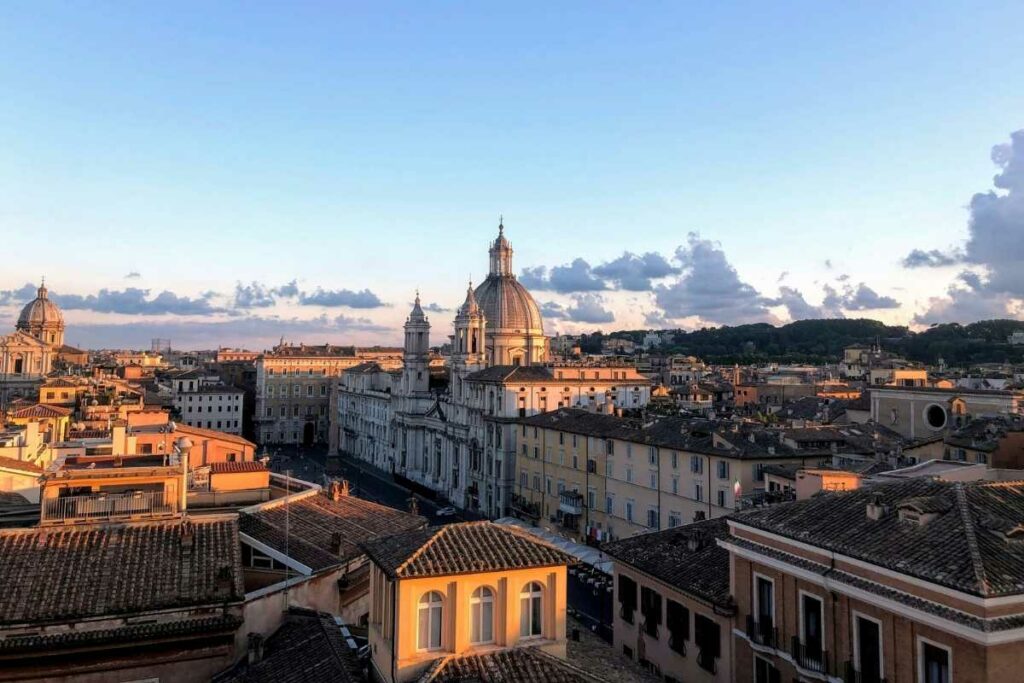
Rome highlights
- Toss a coin into the Trevi Fountain, climb the Spanish steps and see the Pantheon
- Take a guided tour through the Vatican City to see the museums, St Peter’s Basilica and the Vatican’s crown jewel, the Sistine Chapel
- Step back in time with a visit to the Colosseum and the nearby Roman Forum
- Head to the top of Altare della Patria, a rooftop terrace with insane views of the city that (somehow) flies under the radar and generally isn’t too busy
- Eat your way around Trastevere, a spirited neighbourhood known for its culinary scene
- Visit the Castel Sant’Angelo for dungeons, prisons, military artifacts and magical views
- Stroll through the Villa Borghese gardens for some fresh air
- Search for the mysterious Aventine Keyhole to see the St Peter’s Basilica dome perfectly framed
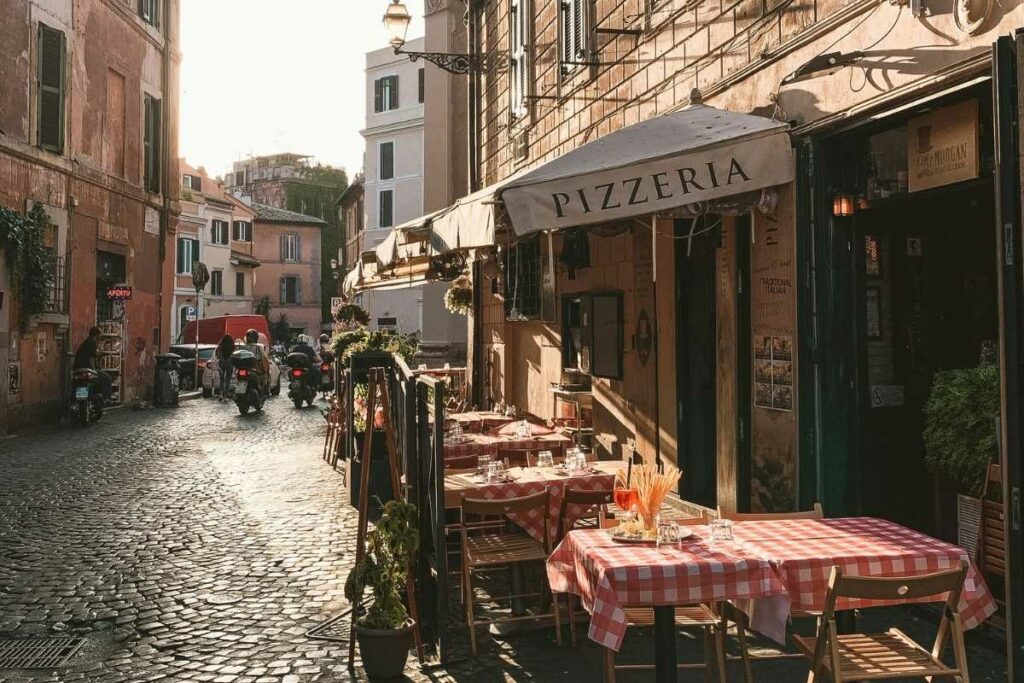
Where to stay in Rome
I’ve added a star to where I’ve stayed personally, the other recommendations are based on online reviews and suggestions from friends who have visited recently.
Budget: YellowSquare Rome (⭐), the RomeHello (⭐) and Ostello Bello Roma Colosseo
Mid-range: The Point Suites, Relais Roma Vaticano, Hotel Balilla, Hotel Margherita and At Forty-One
Luxury: Maalot Roma, Umlita 36, Fendi Private Suites, Baglioni Hotel Regina, Hotel Vilòn and the St Regis
Amalfi Coast, Italy
How to get from Rome to the Amalfi Coast: Train to Sorrento with an easy change in Naples, about 2h 30m all up, then catch a bus or rent a car or scooter to reach whichever village you’ve decided to stay in
Optional stops on the way: Naples if you’re a foodie, worth a night or two for a food tour
Minimum stay: 3 days
About the Amalfi Coast
This 50km stretch of picture-perfect coastline tops Italy bucket lists of travellers from all over the globe, with a captivating blend of natural beauty, alluring villages and scattered islands to discover by boat.
Positano hogs most of the limelight but it can be prohibitively expensive (though Le Sirenuse might just be worth the four figure price tag 👀), stay in Amalfi for good transport links, Ravello for views from high up, or Agerola or Maiori for fantastic value.
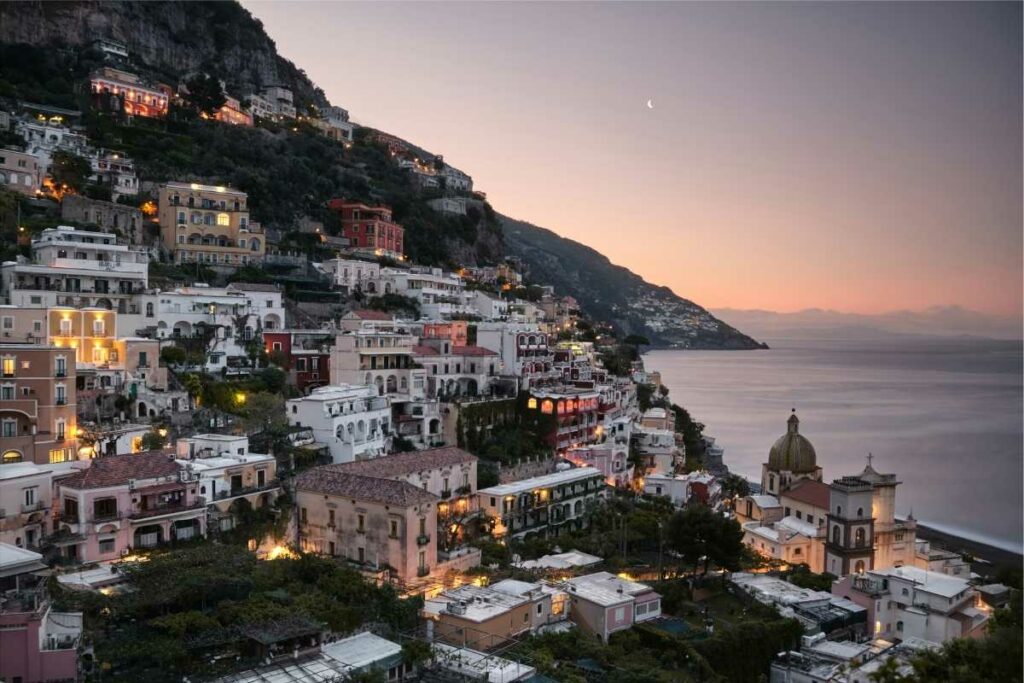
Amalfi Coast highlights
- Hike the Path of the Gods, a clifftop trail with spectacular views, and cool down with a refreshing granita di limone at the end
- Treat yourself to a fancy dinner in Positano at sunset
- Book a full day boat trip to visit the Isle of Capri, swim in hidden coves and see the enchanting coloured grottos
- Roam the perfectly manicured gardens of Villa Cimbrone and Villa Rufolo in Ravello

Where to stay in the Amalfi Coast
Budget: A Scalinatella, Hotel Caporal, B&B Il Sentiero
Mid-range: Residence Villa Giordano, Antica Rheginna Luxury Room, Hotel La Conchiglia, B&B Kebontà, Panariello Palace
Luxury: Hotel Santa Caterina, Il San Pietro di Positano, Hotel Miramalfi and of course the iconic Le Sirenuse
Bari, Italy
How to get from Amalfi Coast to Bari: Train from Sorrento back to Naples (1h 15m), then catch a bus to Bari (3h 35m)
Minimum stay: If you’re catching the night ferry to Corfu you could just spend half a day in Bari between your bus and ferry, or if you’re catching the day ferry to Dubrovnik you could spend a night here
About Bari
The capital of Southern Italy’s Puglia region, Bari is best known as a port hub that gives travellers easy access to the other side of the Mediterranean.
Bari is a fantastic springboard for other Puglia adventures and I’ve listed some options in my add ons, but for the core itinerary it’s just a quick overnighter or even just a day of sightseeing before an overnight ferry.

Bari highlights
- See the Basilica di San Nicola and Castello Svevo di Bari
- Get lost in the maze of Bari Vecchia
- Taste traditional southern Italian cuisine
- If you’re staying longer, explore nearby towns like Matera, Alberobello, Lecce and Trani
Where to stay in Bari
Budget: Habari We Dorm, Olive Tree, Vittoria alata, Archita Guest House
Mid-range: B&B HOTEL Bari Rondò, Bozzi 1910, Residence Hotel Moderno

Mediterranean coast option one: Croatian islands
Now here’s where things get interesting, you’ve got two options for where to go on the Mediterranean coast:
- Option one: Dubrovnik (Croatia), the Croatian islands and Kotor (Montenegro)
- Option two: Corfu (Greece) and the Albanian Riviera
Let’s start with option one.
How to get from Bari to Dubrovnik: Catch a day ferry. In 2024 the only option is the Jadrolinija ferry which takes between 6.5h and 8h, it runs three times a week in May/June + September/October, and five times a week in July and August. This one isn’t an option in the low season unfortunately. You can see the ferry details here.
Minimum stay: I’ve pencilled in a minimum of eight days on the Mediterranean coast in this itinerary, mainly because I’d really recommend you escape the mainland and head out into the islands or onto a Croatia sailing tour.
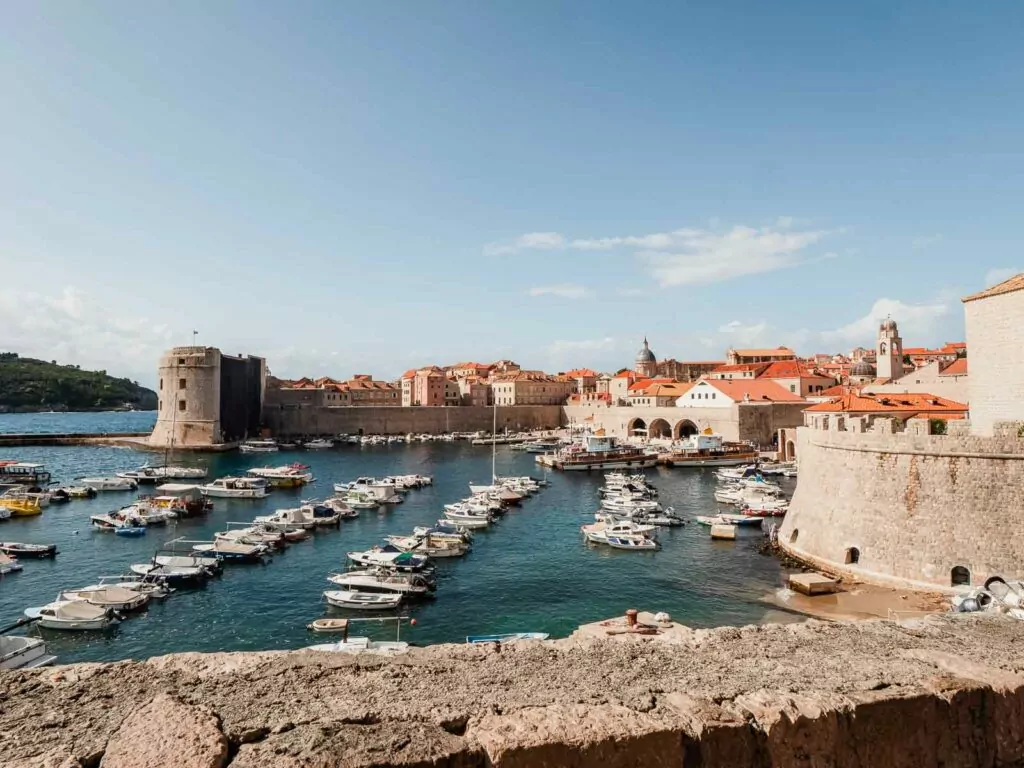
About Dubrovnik
Dubrovnik’s Old Town is a compact UNESCO-listed fortified city, best known for its ancient walls, hole-in-the-wall (literally) cliff-top bars, and Game of Thrones filming locations.
With its silver screen fame it’s certainly not as cheap as it used to be and its another victim of cruise ship day excursions, so I’d say two days braving the crowds here is enough before you hit the sea.
Things to do in Dubrovnik
- Walk the ancient city walls, but go first thing before the cruise ship groups arrive
- Take a tour to see the Game of Thrones filming locations
- Eat seafood practically straight from the ocean, I love Trattoria Carmen
- Head up to the top of Mount Srđ via cable car for postcard perfect views of the Old Town
- Kayak or stand up paddleboard around hidden coves and the rugged coast
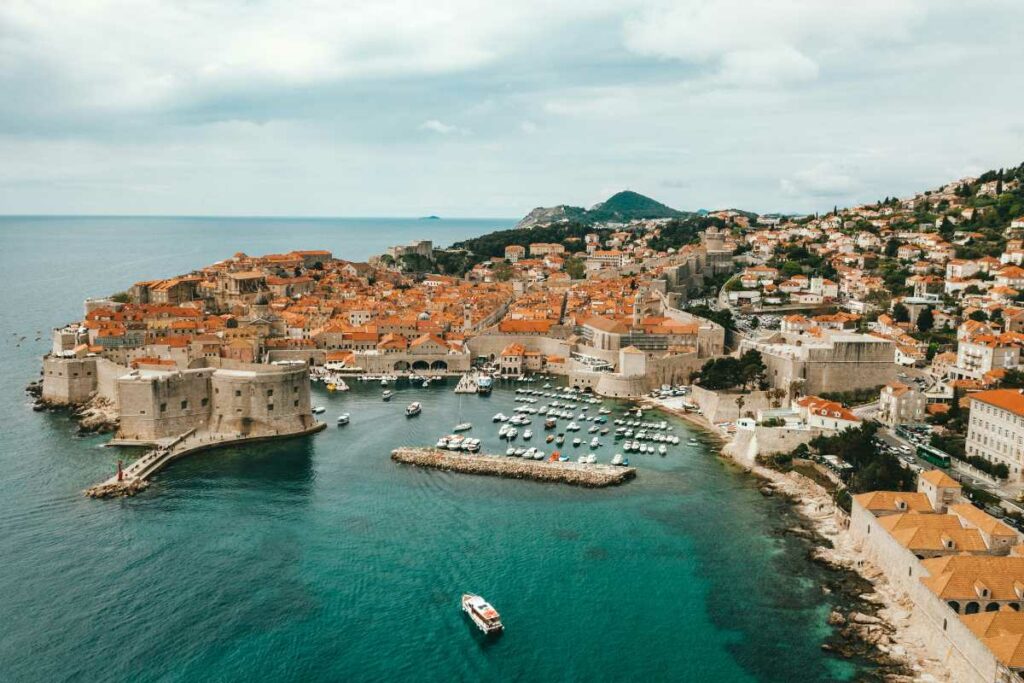
Where to stay in Dubrovnik
Budget: Hostel Free Bird, Old Town Hostel and Hostel 365 For U
Mid-range: City Hotel, Boutique Hotel Porto, 7oaks Noble House and Royal Neptun Hotel
Luxury: Villa Dubrovnik, Rixos Premium Dubrovnik, Hotel Bellevue and Boutique Hotel Kazbek
About Croatia sailing
The best way to explore Croatia’s coastline is hands down with a sailing tour.
There are a range of Croatia sailing tours to choose from depending on your timeframe, travel style and budget, ranging from rowdy backpacker boats to family-friendly cruises to premium luxury catamarans.

My personal recommendation if you’re in your 20s or 30s is MedSailors, they run flotilla-style six-night island hopping tours that include an expert skipper, breakfast and lunch each day, loads of swim stops and visits to a bunch of different islands. When you book you tell them whether you’re looking for a party trip, a chilled out holiday or a mix of both, and you’ll be put on a boat with similar travellers.
I did their Dubrovnik Voyager on my first round the world solo trip and loved it so much that I immediately booked their Ionian Islands tour from Corfu (which I’ll talk about soon), and loved that so much that I’m booked onto their Saronic Voyager from Athens at the end of this summer!
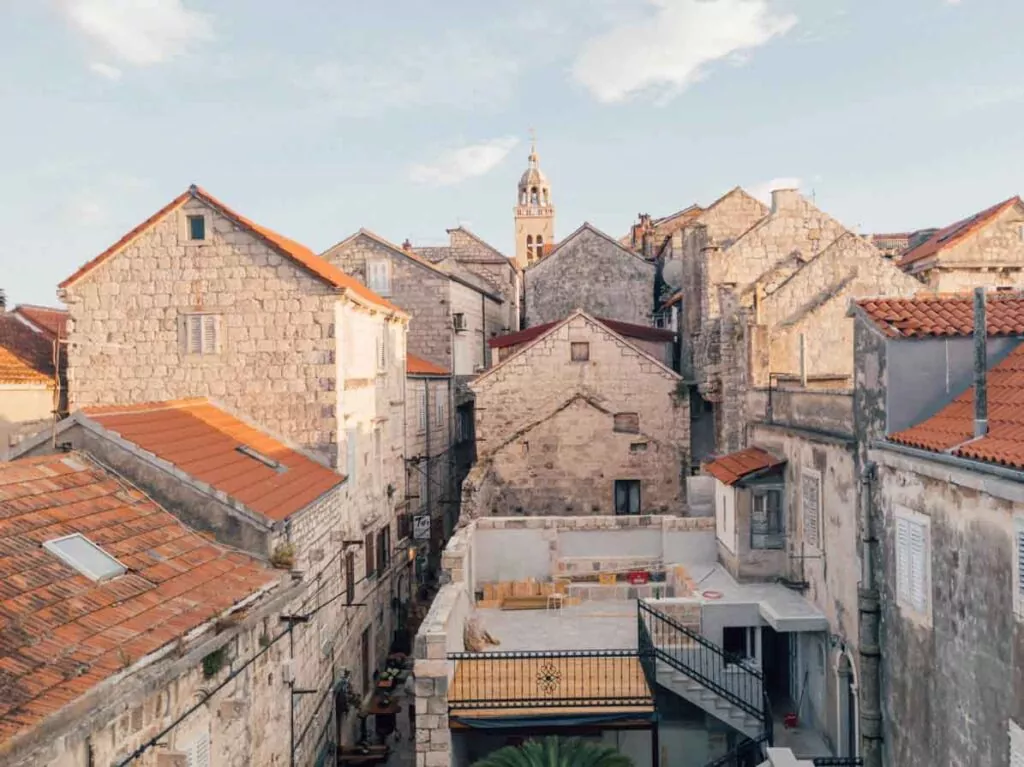
About Kotor (after Croatia sailing)
Some sailing trips will return back to Dubrovnik, but some end in Split further north. If you need to get from Split to Dubrovnik it’s an easy 4h Flixbus that runs throughout the day.
How to get from Dubrovnik to Kotor: Direct bus, 2h 10m
Minimum stay: 1-2 days
Possibly one of the most photogenic destinations in the Adriatic (and that’s saying something!), Kotor boasts a beautifully-preserved medieval Old Town bounded by steep cliffs, with fortified walls you can hike up for magical views of the bay.
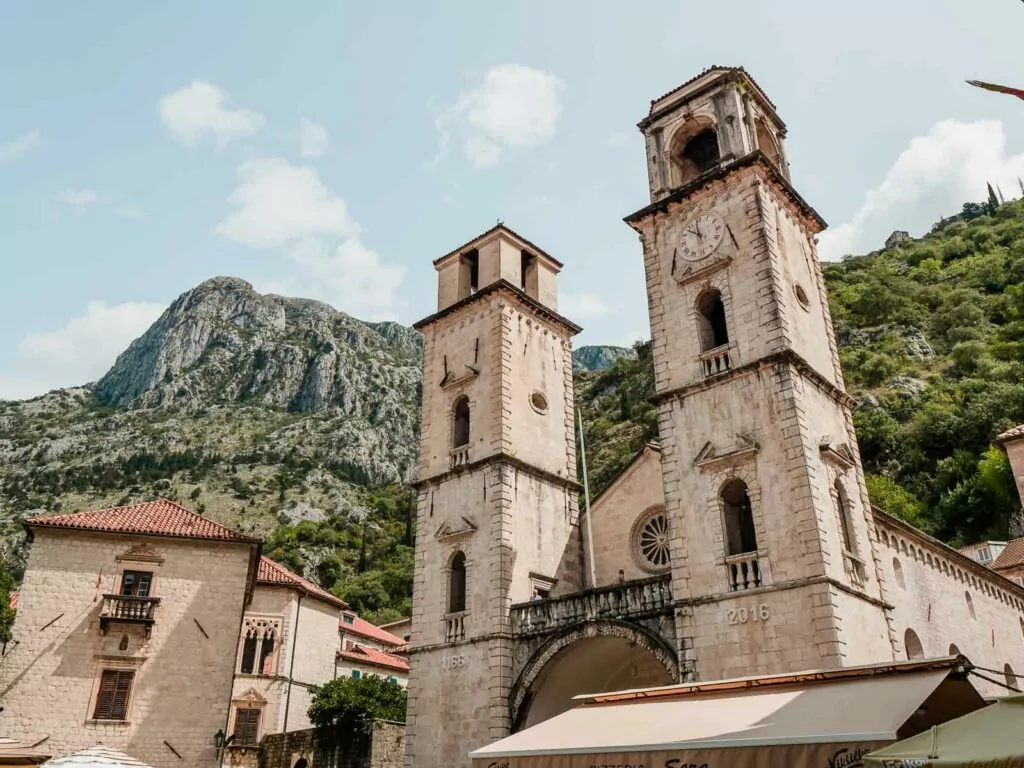
It’s quite small and can be seen in a day but it’s another one where the daytrippers from Dubrovnik make it busy busy busy between 10am and 4pm, so if you stay overnight you’ll get a more peaceful experience in the evening and early morning.
Things to do in Kotor
- Zigzag your way up the ancient walls to the fortress, it’s 1350 uneven steps to the top but you could also go about halfway up to reach the church and then turn around, the views from there are still brilliant
- Book a boat tour to explore the Bay of Kotor and visit Our Lady of the Rocks and the Blue Cave
- Visit St. Tryphon’s Cathedral
- Meet the famous Kotor cats, there are thousands of them! The locals love these cuties and while many of them are ‘stray’, they’re fed and very well looked after.
- Highly, highly recommend La Catedral Pasta Bar for a delicious dinner

Where to stay in Kotor
Budget: Centrum Hostel, Montenegro Hostel 4U or Hostel Pupa
Mid-range: Art Hotel Galathea, Hotel TIANIS or Hotel Libertas
Luxury: Hyatt Regency Kotor Bay, Boutique Hotel Astoria or La Fleur Boutique Hotel
Mediterranean coast option two: Greece and Albania
Option two lets you explore where the Adriatic and Ionian seas meet.
How to get from Bari to Corfu: Catch a night ferry, around 11h in total. Two companies service this route during summer so there are options most days, and one company has a service year-round from Bari to Igoumenitsa which is the mainland port near Corfu, it’s about 1h 10m from there to Corfu on a local ferry.
Minimum stay: Again I’ve pencilled in eight days for this Med coast portion to allow for a sailing trip, but you can cut that down or extend it to however long suits you.
About Corfu
Corfu is the gateway to Greece’s Ionian islands, and I’d recommend spending a night here to get a taste of Corfu’s charm, and then jump straight on a sailing tour to visit the magical islands nearby.
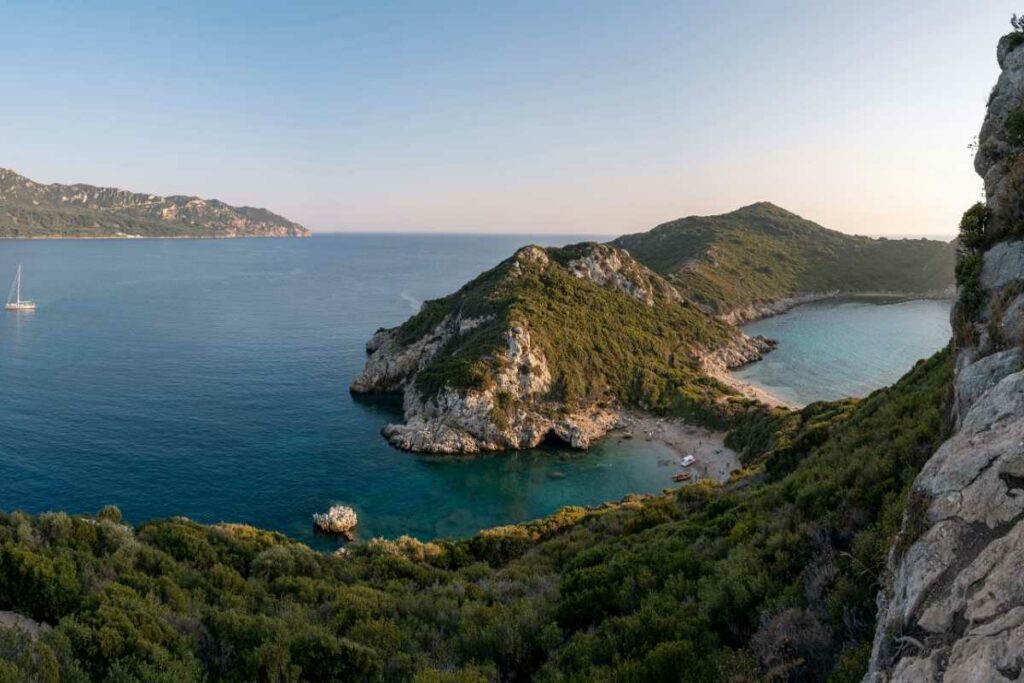
Things to do in Corfu
- Wander through the Old Town and see the Old and New Venetian Fortresses
- Beach hop between vibey organised beaches and secluded hidden bays
- Visit Achilleion Palace, the Holy Church of Saint Spyridon and the Holy Monastery of Panagia Vlacherna
- Channel younger you with a day trip to Aqualand, a water amusement park
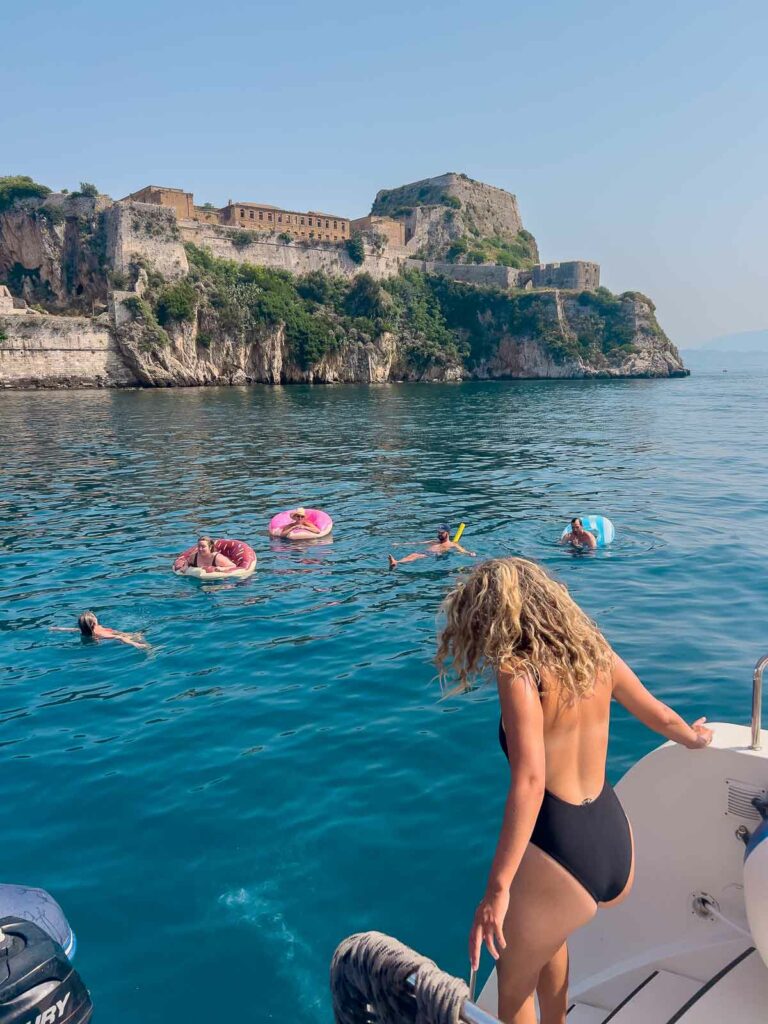
Where to stay in Corfu
Where you stay in Corfu will really depend on if you’re relying on public transport or if you have a rental car. The options below are the best-rated places within each budget, but check booking.com to see all the options on a map.
If you’re going sailing: If you’re jumping on a sailing trip from Corfu, Mathraki Resort is the perfect place to stay beforehand. It’s super affordable, has comfortable and spacious rooms, brilliant Greek hospitality, and it’s really close to Gouvia Marina.
About Ionian sailing
Hit the Ionian Sea with a six-night sailing trip from Corfu with MedSailors (for travellers in their 20s/30s) or their sister company, Yacht Getaways (all ages).
I had the time of my life on my MedSailors Greece tour, it was a perfect mix of unspoiled scenery, sublime swim spots, buzzing island old towns to discover and the chance to indulge in traditional Greek island cuisine.
If a sailing tour doesn’t float your boat (ha, see what I did there) then no stress, you could easily spend 4-7 days exploring Corfu’s coastline (best to rent a car if you want to access the more secluded spots) and there are plenty of day trips you can book to reach nearby islands and caves.
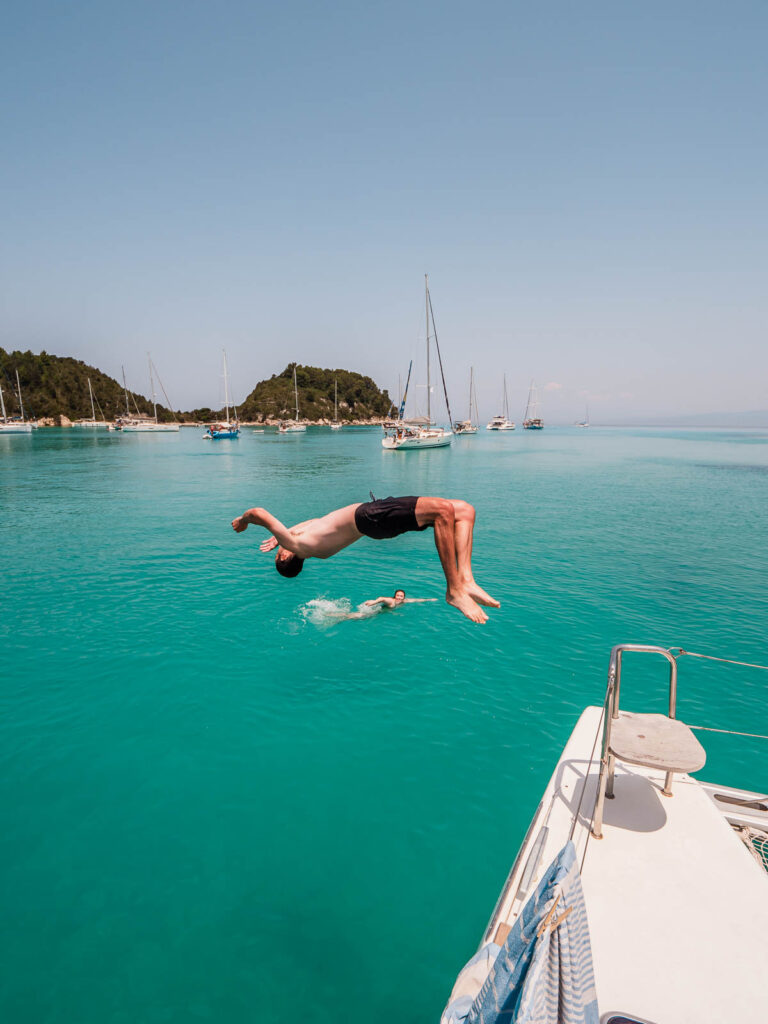
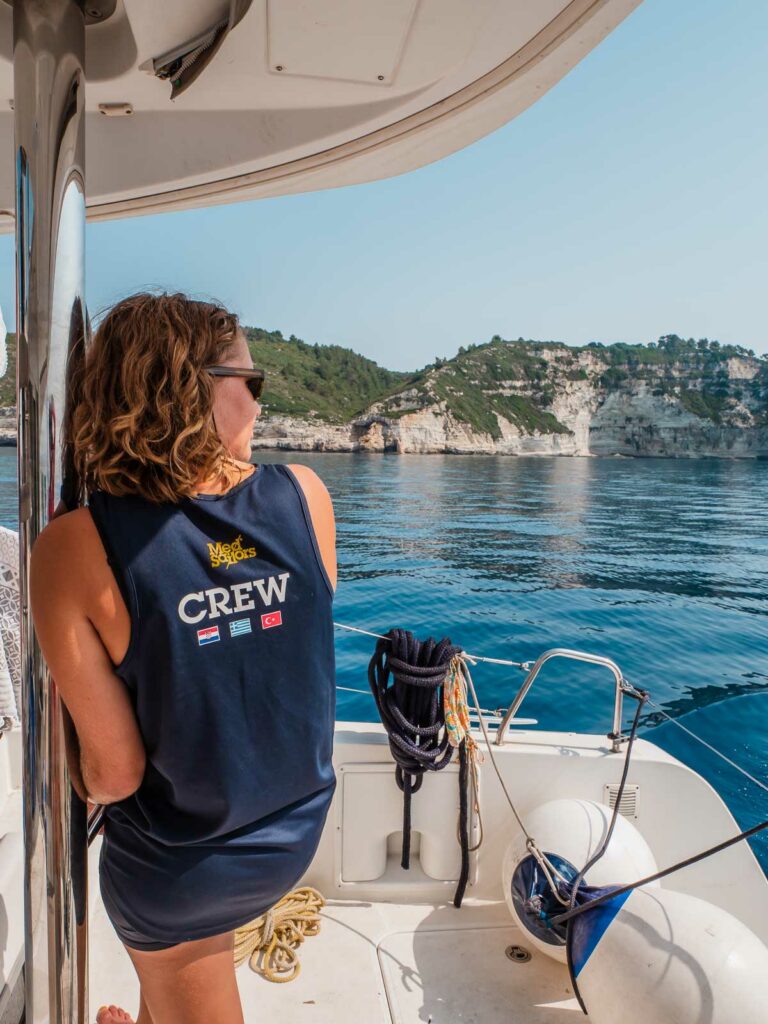
About the Albanian Riviera (after Ionian sailing)
After getting back to Corfu if you’ve been sailing, or after seeing as much of the island as you want to if you’ve stayed on land, it’s time to leave the Schengen Zone to head to one of Europe’s most underrated countries: Albania.
How to get from Corfu to the Albanian Riviera: Direct ferry to Sarandë, 30m for the fast ferry or 1h 10m for the slow ferry. You can catch the ferry year-round but in winter it might only be once a day, vs. up to 20 sailings a day in summer.
Minimum stay: 2-3 days, longer if you want a cheaper coastal getaway than Greece
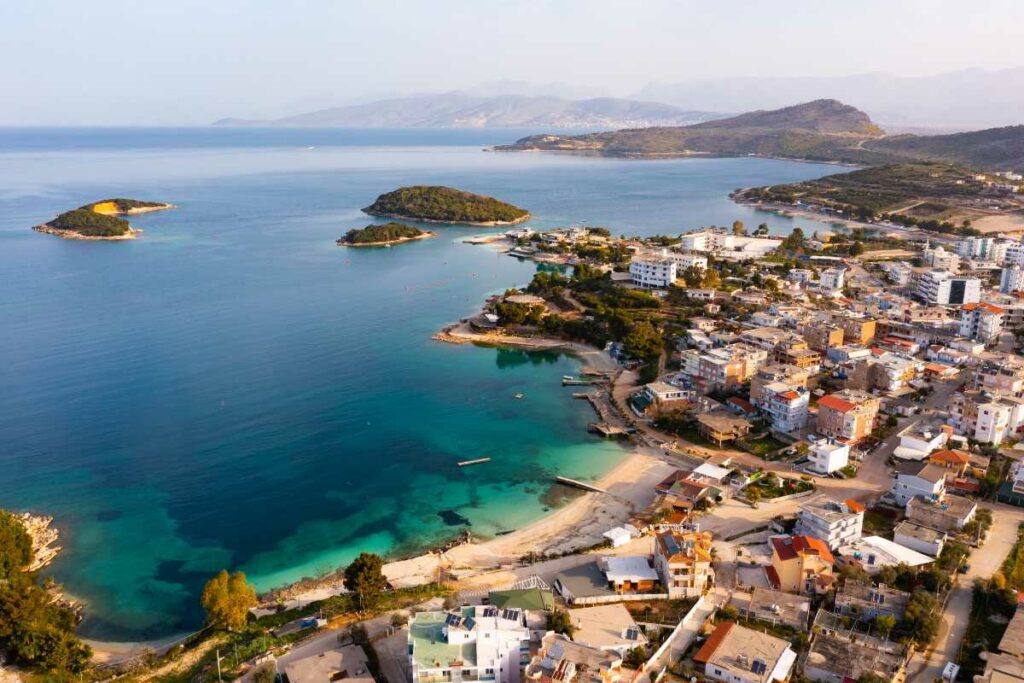
Fast gaining popularity due to viral TikTok fame, the Albanian Riviera might be coming into its last couple of seasons of being ‘off the beaten track’. And with pristine beaches and turquoise waters on its doorstep, and accommodation that’s a fraction of most Mediterranean destinations, it’s no surprise that tourists are cottoning on to Albania’s lush coastline.
Sarandë is an easy base with bus access to most popular beaches, Ksamil is a smaller town with resort vibes and organised beaches, and Dhermi and Himarë both offer a more authentic experience.
Things to do in the Albanian Riviera
- Relaaaax, you deserve a break!
- Visit Gjirokastra Castle
- Sip cocktails from an oceanfront sunbed at a beach club
- Take a day trip to the Blue Eye, a natural water spring near Sarandë
- Step back in time at Butrint National Park, where you can see ancient ruins ranging from 2000-2500 years old.
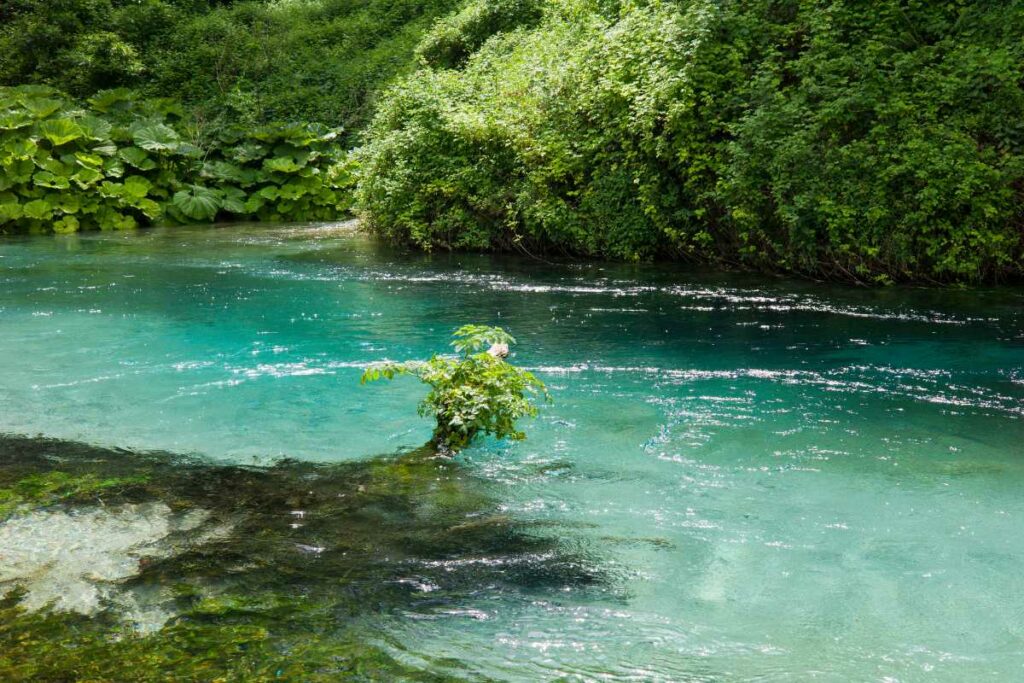
Where to stay in the Albanian Riviera
Budget: Sarandë Backpackers, Hostel on the Hill, Vlorë Backpackers Hostel
Mid-range: Vila Soleil, Hotel Lindi, Da Luz Boutique Hotel
Luxury: Rea Boutique Hotel, Maritim Marina Bay Resort, La Brisa Boutique Hotel
Tirana, Albania
How to get from the Albanian Riviera to Tirana: Direct bus from most towns on the Riviera, about 4h 30m from Sarandë
Minimum stay: 1 day
About Tirana
To be totally transparent, Tirana is more of a convenient overnight stop between journeys rather than a highlight itself, but one huge thing it’s got going for it is a superb gastronomic scene at extremely reasonable prices.
If you share my penchant for cheap eats then I’d say you could happily spend a few days here feasting your way through the city, but otherwise just enjoy a fantastic dinner, stay for a night and continue on your way the following day.
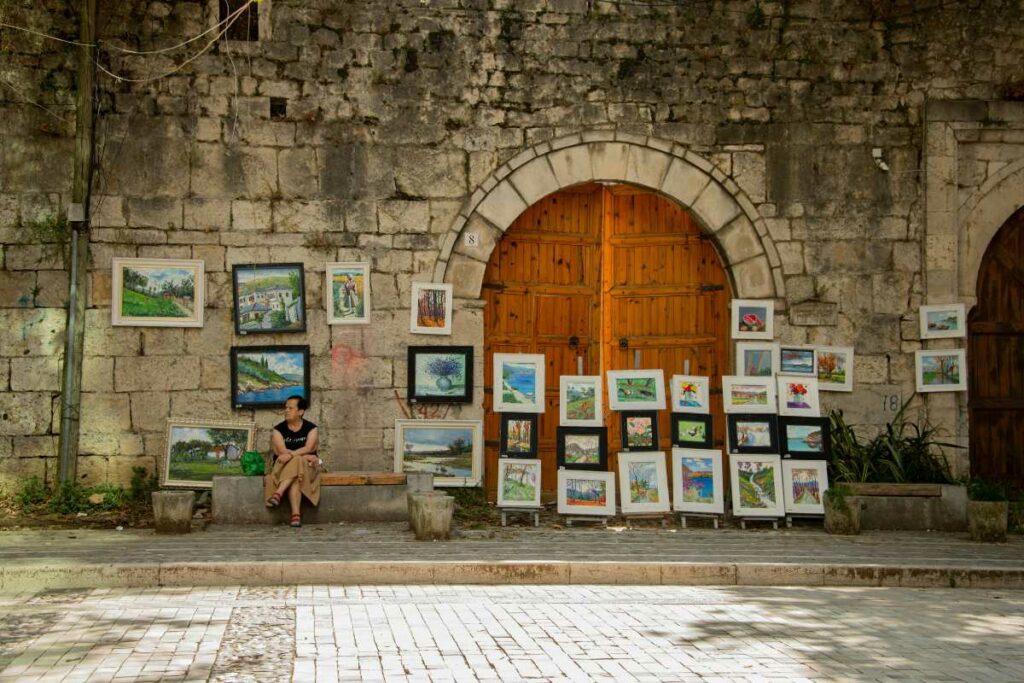
Tirana highlights
- See the city’s main landmarks, like Skanderbeg Square, the beautiful Et’hem Bey Mosque, the Opera House, the National History Museum and the Grand Park of Tirana
- Escape the city with a day trip to Berat for a beautiful cliffside UNESCO-listed village, Bovilla Lake for hiking and scenery, or Krujë Castle and its museums
- Eat! I had the best truffle mashed potato of my life at Tartuf (also the cheapest truffle dishes I’ve seen anywhere in the world), and other delicious options are Happy Belly / Eat Smart, Fresco Fish, Artigiano at Vila or Delano Lounge
- Walk through BUNK’ART, a museum and art gallery set in an underground bunker from the Cold War


Where to stay in Tirana
Budget: ART Hostel, Blue Door Hostel, Vanilla Sky Boutique Hostel
Mid-range: Hotel LONDON, Ramel Hotel, Hotel Restaurant Gloria
Luxury: Capital Suites Center, Xheko Imperial Luxury Hotel, Lot Boutique Hotel, Arté Boutique Hotel
Ohrid, North Macedonia
How to get from Tirana to Ohrid: Direct bus, 2.5h
Minimum stay: 2 days
About Ohrid
Sitting on the shore of the million-year-old Lake Ohrid, and that’s not an exaggeration, this is another spot on this three month Europe itinerary that is incredibly underrated. Get there before everyone else realises!
Ohrid’s Old Town is a delightful tangle of streets with cheap and cheerful cafes, ancient ruins and roaming kittens that will follow you around, some of the Europe’s most photogenic landmarks are within easy reach, and you’re still getting the benefit of that Balkan value for money.
👉🏼 Read more: How to spend two weeks in the Balkans without flying
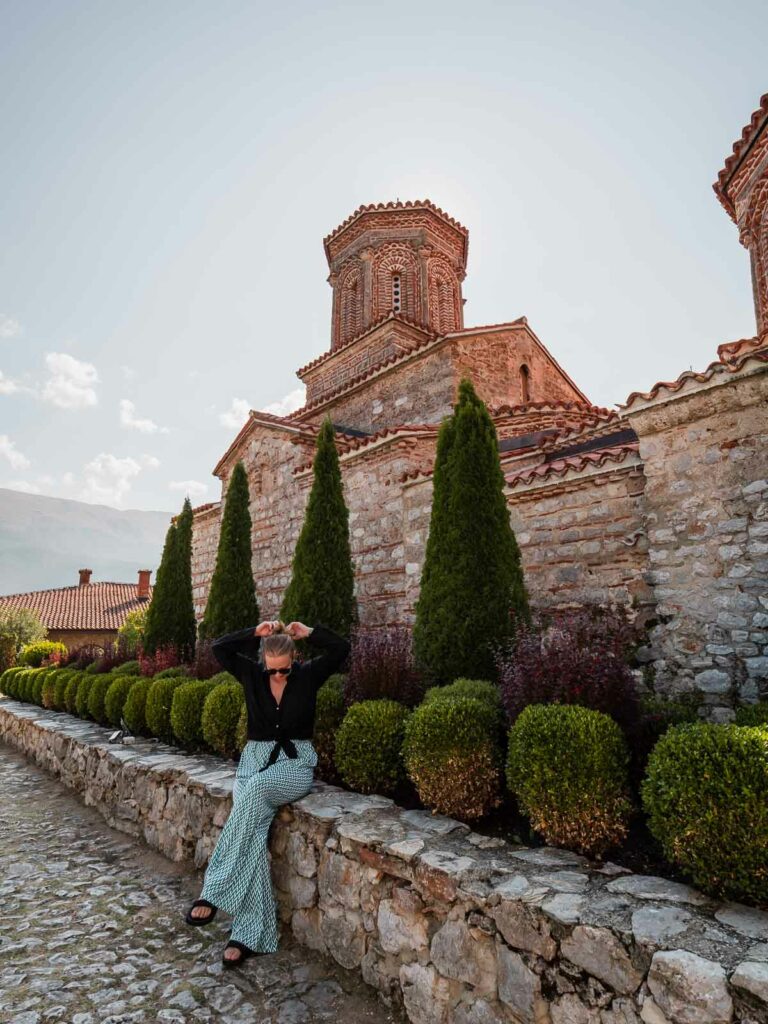

Ohrid highlights
- Loooads of history to learn about, ranging from prehistoric settlements to Byzantine religious sites to being home to one of the oldest universities in the western world. Join a free walking tour to hear about all of this from a local. Find your way through the Old Town maze to reach the Church of St John at Kaneo, a top contender for the most stunning church location in the world
- Go for a cruise or kayak on the lake
- Head to the Monastery of St Naum and find the resident peacocks (don’t get too close though, these guys are brutal)
- Take a rowboat tour around the sparkling Lake Ohrid natural springs just below the Monastery, honestly one of the most peaceful and scenic boat trips I’ve done in Europe. Find Nikola at boat #1, he’s the best representative of his country and his tour goes further than the others for the same price.
- Walk the ancient walls of the 10th century Tsar Samuel’s Fortress

Where to stay in Ohrid
Budget: Sunset Lake Hostel, Old Town Hostel Ohrid
Mid-range: Villa Trofej, Velestovo View Apartments, La Vista Luxury Villa
Luxury: Inex Olgica Hotel & Spa

Skopje, North Macedonia
How to get from Ohrid to Skopje: Direct bus, 3h 10m
Minimum stay: Day trip is sufficient
About Skopje
Another travel stop to break up the trip, Skopje is the weird and wonderful capital city of North Macedonia, a melting pot that stirs together wacky statues, medieval fortresses, a thriving Ottoman Bazaar and an up and coming nightlife scene.
If any of those particularly appeal to you then you could stay longer, otherwise spend a few hours exploring the highlights before your next bus.
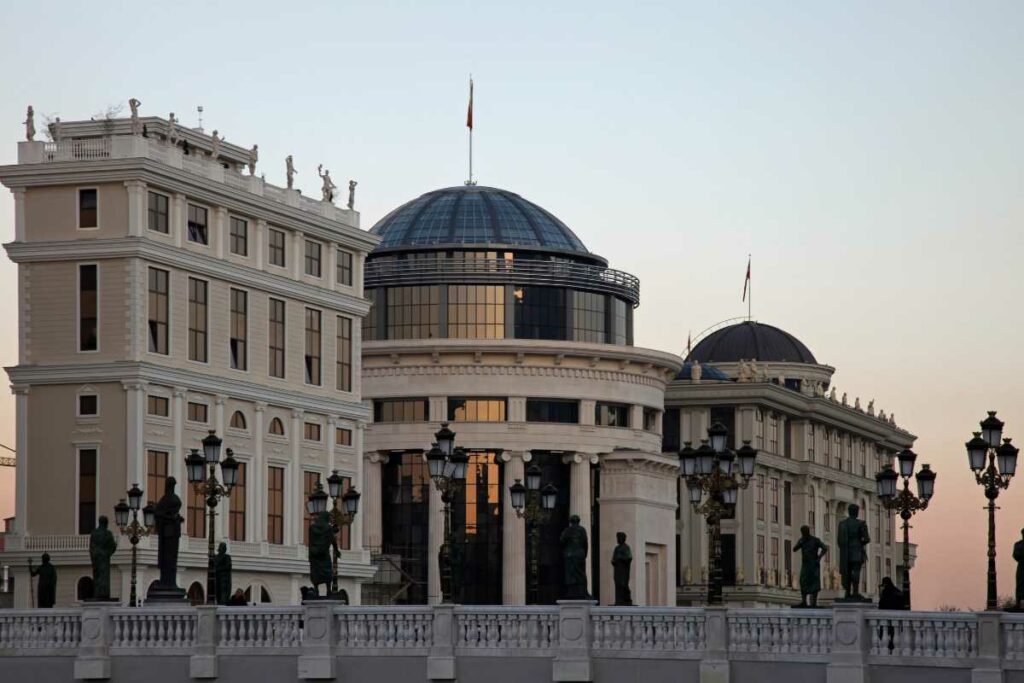
Skopje highlights
- Find some of the Skopje 2014 project statues and installations that were placed around the city to build national pride, the only problem is the statue choices were unusual to say the least. There’s a replica of the NYC Wall St Bull, red double-decker London-style buses, permanently docked pirate ships and more.
- See the mega statue of Alexander the Great in the main square, a controversial part of the project as there’s ongoing debate whether he counts as Greek or North Macedonian (hence their struggle with national pride)
- Search for souvenirs at the Ottoman bazaar
- Visit the Museum of the Macedonian Struggle for an understanding of North Macedonia’s rocky past at the hands of constantly-rotating leadership and occupation
- Get a hearty multi-course dinner for €10-15 down the buzzing Bohemian Street
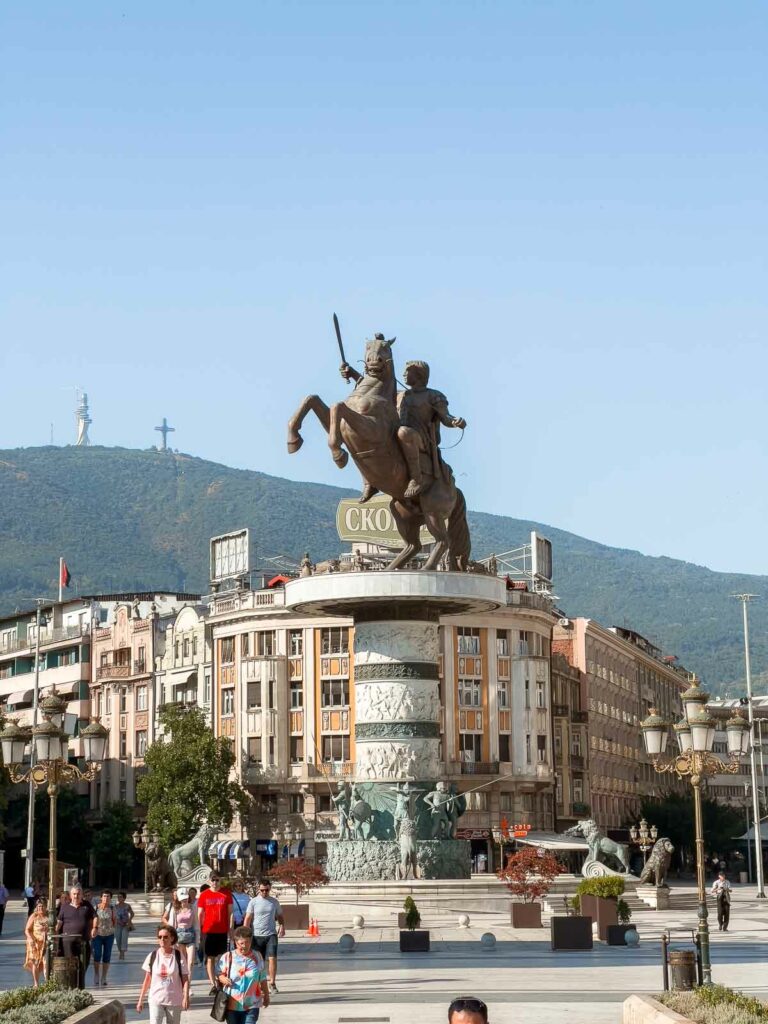
Where to stay in Skopje
Budget: Shanti Hostel (9.1/10 from 300+ reviews), Alpi Hostel (9.6/10 from 44+ reviews), Hi Skopje Hostel (9.2/10 from 190+ reviews)
Mid-range: Hotel Senigallia (9.1/10 from 1600+ reviews), Osten Art Hotel (9/10 from 980+ reviews), Sienna Apartments (9.9/10 from 30+ reviews)
Luxury: The Hunter’s Lodge Kamnik (9.5/10 from 130+ reviews), Limak Skopje Luxury Hotel (9.1/10 from 2580+ reviews), Bushi Resort & Spa (8.3/10 from 1840+ reviews)

Sofia, Bulgaria
How to get from Skopje to Sofia: Direct bus, 5h
Minimum stay: 2-3 days
About Sofia
History, food and hiking opportunities make this one of the best city breaks in Europe, with loads to see, do and eat to fill 2-3 days here.
There are impressive religious sites, ex-Soviet architecture, soulful street art murals and ancient ruins to discover in the centre of Sofia, some worthwhile monasteries and hiking trails done by day trip, and there’s enough good food here to keep your tastebuds (and your wallet) happy.
👉🏼 Read this for a more detailed Sofia city guide: The perfect Sofia city break: 1, 2 or 3 days in Sofia
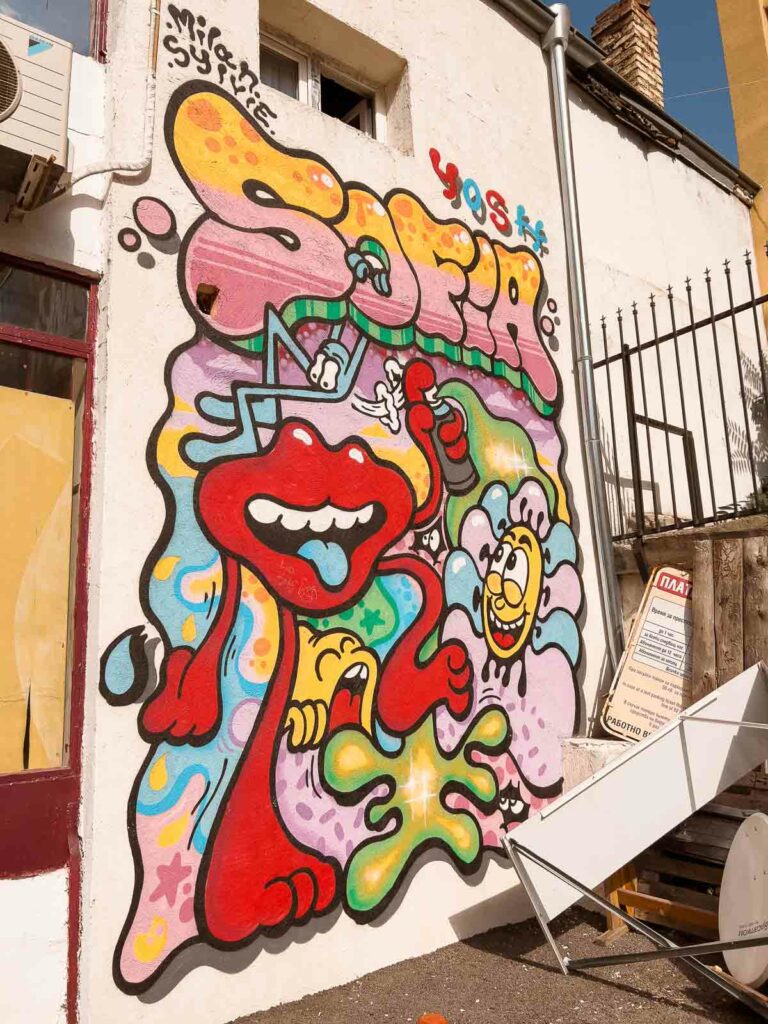
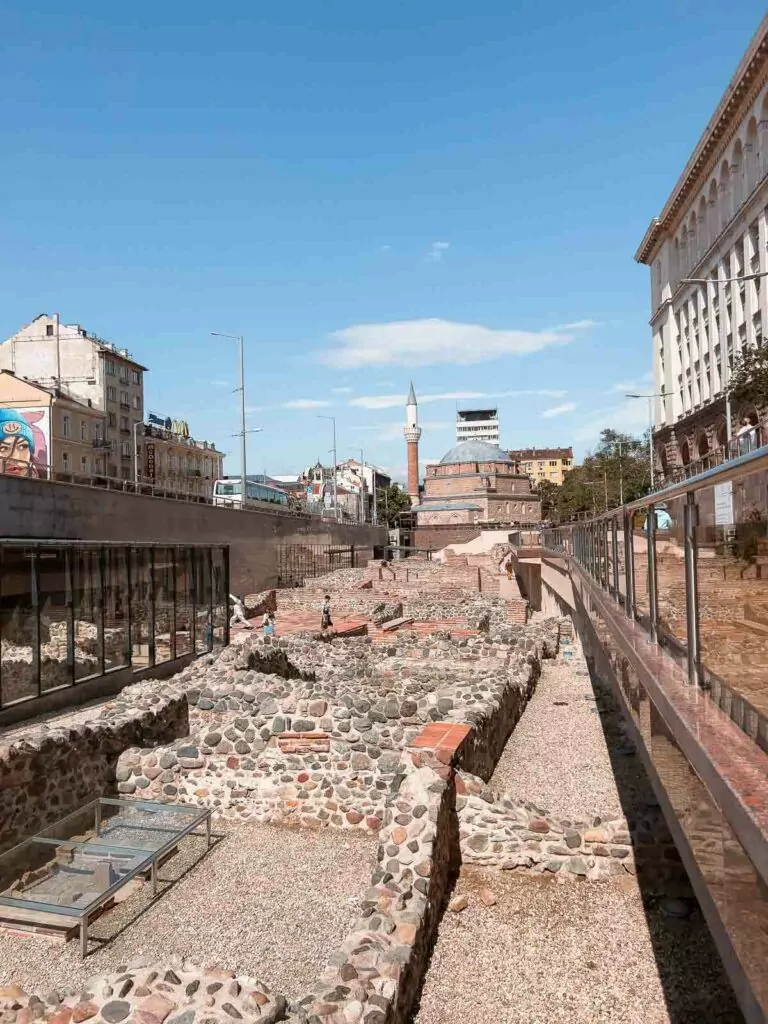
Sofia highlights
- The Free Sofia Tour is one of the best I’ve ever done, it’s a really walkable city so this is the best way to see the major landmarks while learning about the history from a local
- There’s also a free food tour with Balkan Bites which is a must!
- Alexander Nevsky Cathedral is mind-blowingly massive from the outside but it’s worth an indoor visit too. You’ll need a photo permit if you want to take photos inside, it’s about €5.
- Spot the street art, some scales multi-storey buildings, some are bright and cheerful, some are thought-provoking
- Eat, the food scene here punches well above its weight. My go-to on my first day in Sofia every time is Shtasteliveca for homestyle traditional meals using local ingredients, then my next stop is Cosmos for inventive fine dining at a lower price than a typical casual meal in Paris or London, then there’s Skapto Burga, Furna, Olio D’Oliva, Unice, Bistro Pesto, Rainbow Factory and Izzy’s Coffee. Phew!
- Take a day trip to hike the Seven Rila Lakes and stop at the beautiful Rila Monastery on the way home
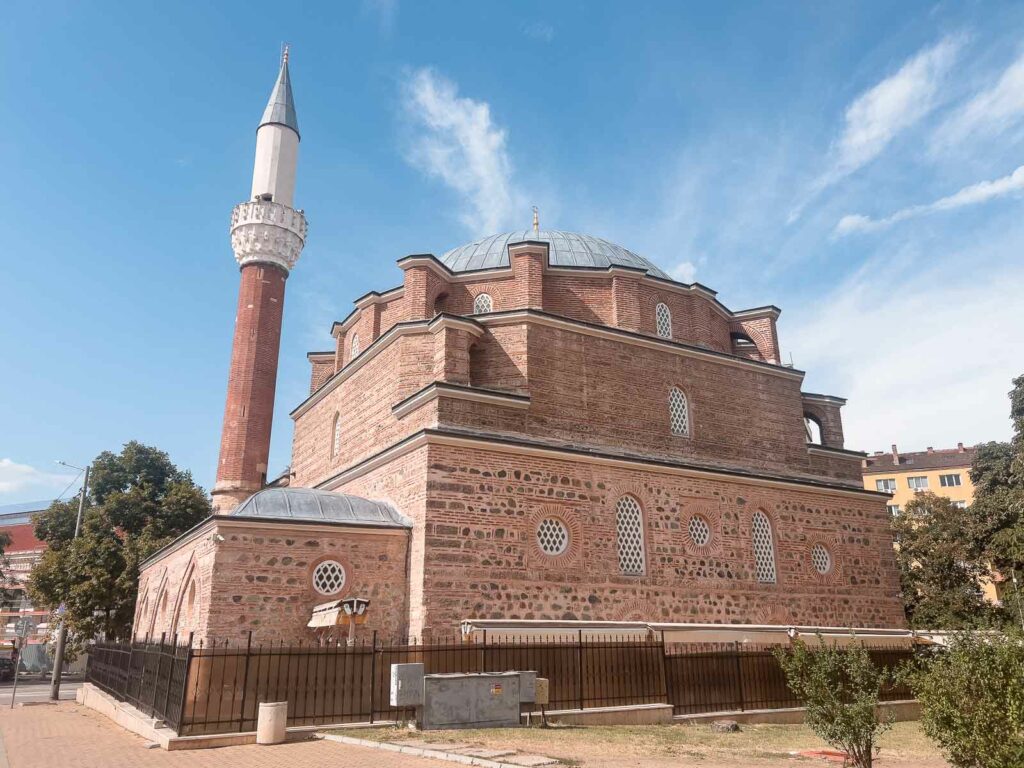
Where to stay in Sofia
I’ve added a star to where I’ve stayed personally, the other recommendations are based on online reviews and suggestions from friends who have visited recently.
Budget: Hostel Mostel (⭐), Green Cube Capsule Hostel, No Party Many Rules Hostel
Mid-range: Maria Luisa INTROVERT Hotel (⭐), Hotel House K21, Art ‘Otel
Luxury: Oborishte 63, Juno Hotel Sofia
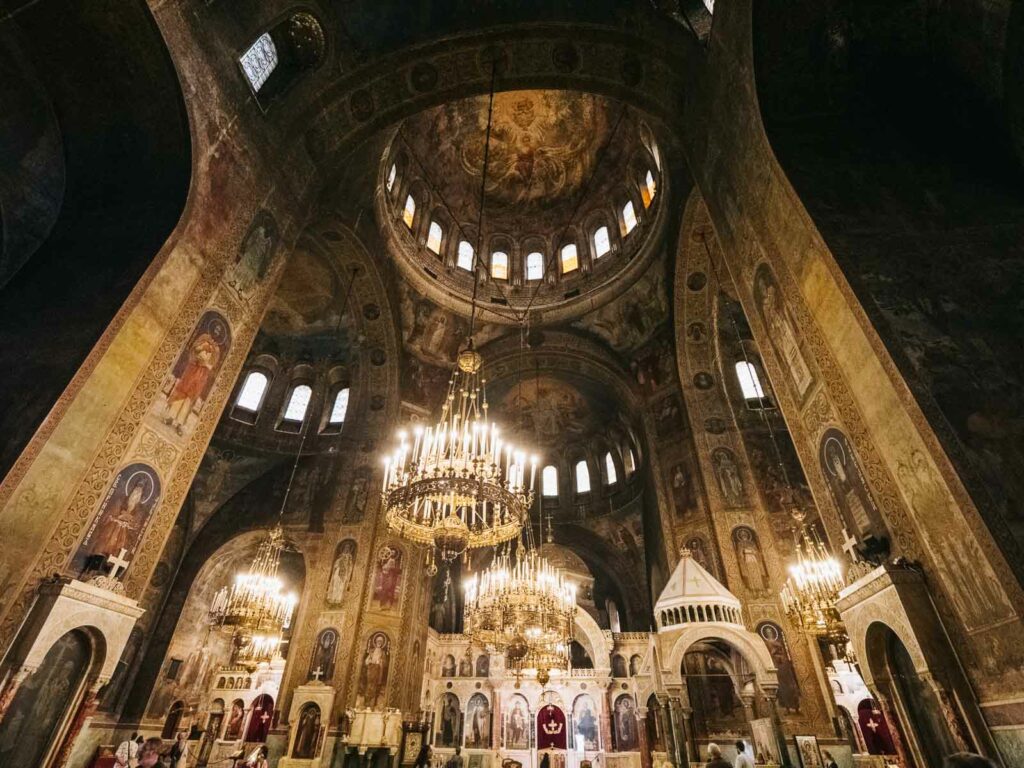
Bucharest, Romania
How to get from Sofia to Bucharest: Direct bus (6-8h) or a train (10h, direct in summer but with one easy change outside of summer)
Minimum stay: 3 days
About Bucharest
Elegant architecture, gritty energy and relatively easy access to fairytale (or more like nightmare…) castles makes Romania’s capital a worthwhile stop for 3-4 days during your time in Europe.
There’s plenty of history to uncover in and around Bucharest, from exquisite Renaissance palaces to magnificent old town streets to grandiose Communist buildings, and when you’re not learning you can enjoy rich Romanian cuisine, funky bars and epic wellness centres.
👉🏼 Read this for a more detailed Bucharest city guide: The perfect Bucharest city break: 1, 2 or 3 days in Sofia
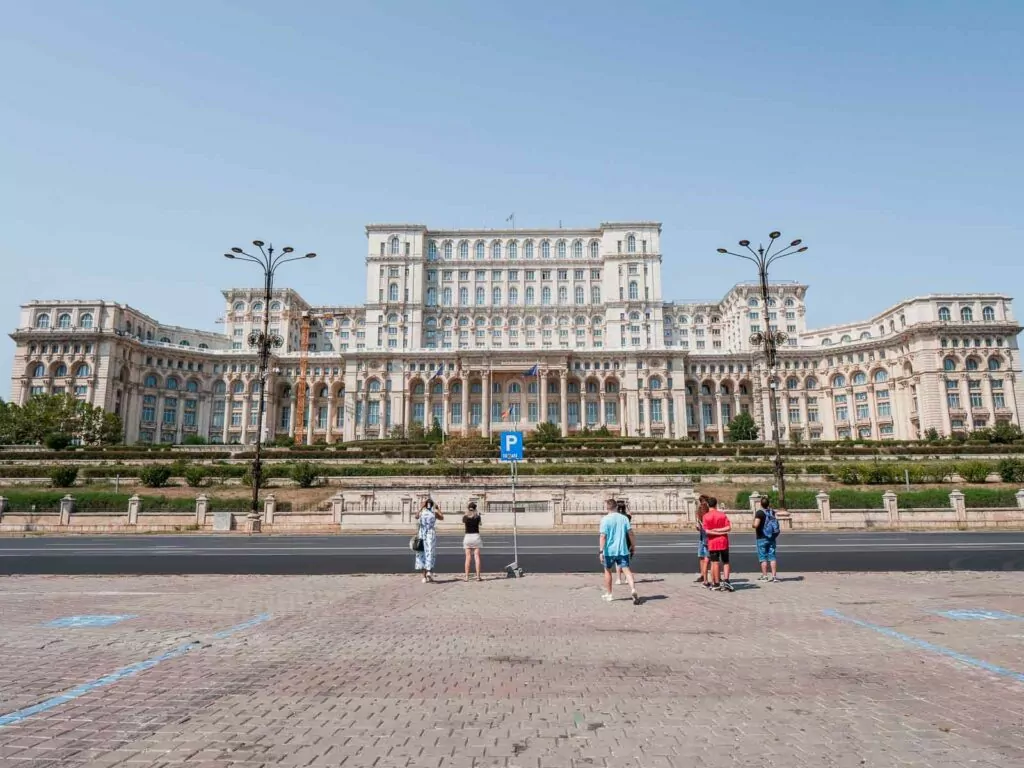
Bucharest highlights
- Join a walking tour to learn about the city’s tumultuous history under Ceaușescu’s rule
- See the major landmarks like the Palace of Parliament, Royal Palace of Bucharest, Cișmigiu Gardens, Stavropoleos Monastery, Zlatari Church, Arcul de Triumf, Romanian Athenaeum and the Natural History Museum
- Dine on traditional food at Caru’ cu bere, a Bucharest institution, and don’t forget to look up to see the stunning stained-glass ceiling
- Visit Cărtureşti Carusel, one of the most beautiful bookstores in the world
- Take a travel break and treat yourself to a spa day at Therme Bucharest, a mega spa complex with countless pools, jacuzzis, steam rooms, saunas, pool bars and more
- Take a day or overnight trip to see the Transylvania castles, Libearty ethical bear sanctuary or the iconic Trasfagarasan Highway
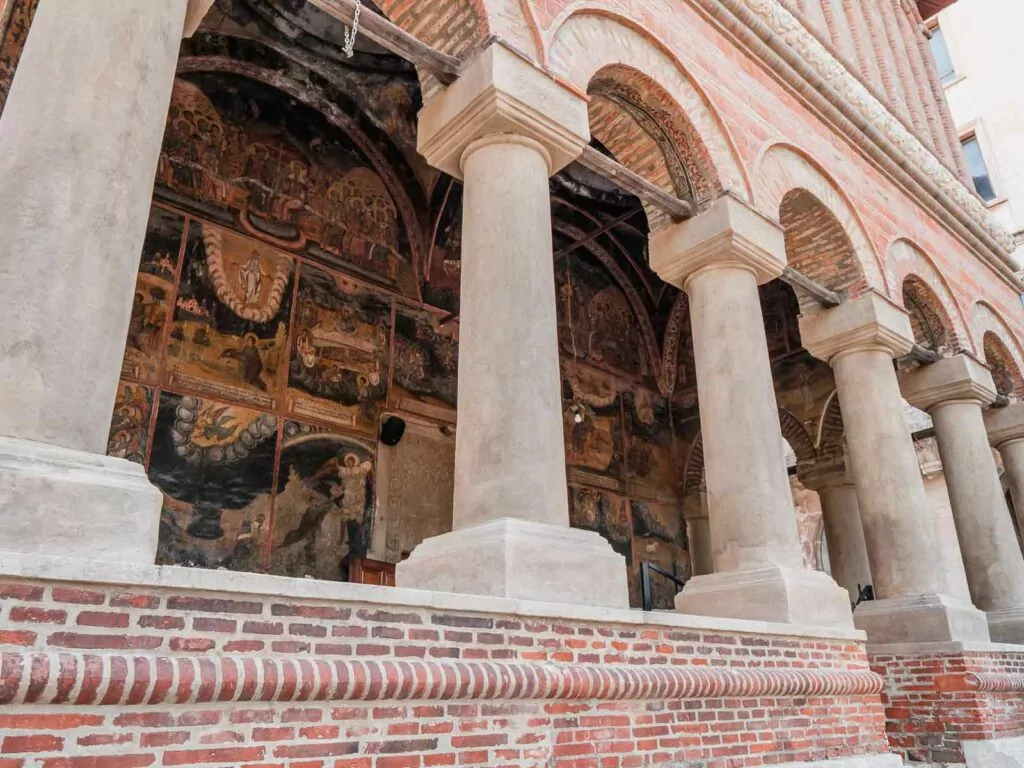
Where to stay in Bucharest
I’ve added a star to where I’ve stayed personally, the other recommendations are based on online reviews and suggestions from friends who have visited recently.
Budget: Hostel Sport (basic but clean backpacker hostel, 9.1/10 from 600+ reviews), Nest Boutique Hostel (another simple hostel, 8.4/10 from 250+ reviews), T5 Social (super social hostel with loads of events without being a party hostel, 9.1/10 from 160+ reviews)
Mid-range: Nobel Boutique (tasteful boutique hotel near Piata Romana, 9.5/10 from 490+ reviews), Tempus (comfortable and affordable small hotel near Piata Unirii, 9.5/10 from 30+ reviews), Rembrandt Hotel (cheap and cheerful hotel in the middle of Old Town, 8.6/10 from 1120+ reviews), Elysium (great value apartments near Piata Romana, 9.5/10 from 600+ reviews)
Luxury: HOLT Bucharest (⭐, they have a variety of apartments and studios around Bucharest, all with stunning interior design), Radisson Blu (top-rated stylish chain hotel, 9.5/10 from 700+ reviews), The Marmorosch Bucharest (absolutely lush 5* hotel, 9.1/10 from 5100+ reviews, worth a splurge!)
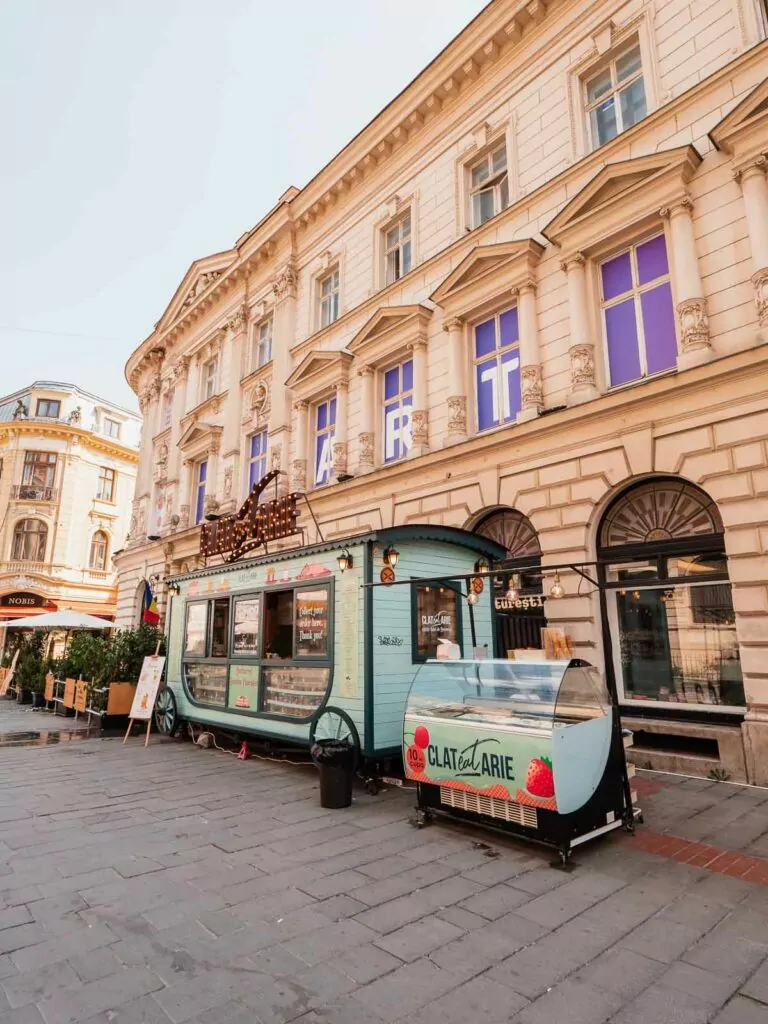
Budapest, Hungary
How to get from Bucharest to Budapest: Direct sleeper train, about 15h 20m
Minimum stay: 3 days
About Budapest
One of the prettiest cities in Eastern Europe, Budapest’s an enchanting city break that’s easy on the wallet. Whether you’re here for the legendary nightlife, striking architecture, quirky galleries or lush bathhouses, the combo of old world charm and youthful exuberance is intoxicating.
It’s definitely not as cheap as it used to be, inflation has reeeeally hit Hungary hard in the past few years which was very clear during my 2023 visit after my first time there in 2019, but it’s still cheaper than most European capitals.
👉🏼 Read this for a more detailed guide to Budapest: How to spend 2 perfect days in Budapest

Budapest highlights
- Jump on river cruise, best at dusk so you can watch the Parliament’s lights come on
- Join a walking tour for a quick overview of Budapest’s historical significance
- Head to the Great Market Hall to try local spices, sausages and wines
- Watch sunrise from Fisherman’s Bastion, the storybook fortress that overlooks the city, then head to Buda Castle to visit the Budapest History Museum, Military History Museum and National Gallery
- Soak your worries away at Széchenyi Thermal Baths or Gellért Baths
- Explore the Jewish Quarter and learn about the brutal impact of WWII, before tucking into the cheap and cheerful eateries and quirky ruin bars
- Eat the best cinnamon bun of your life at Arán Bakery (I think about this bun on a weekly basis)
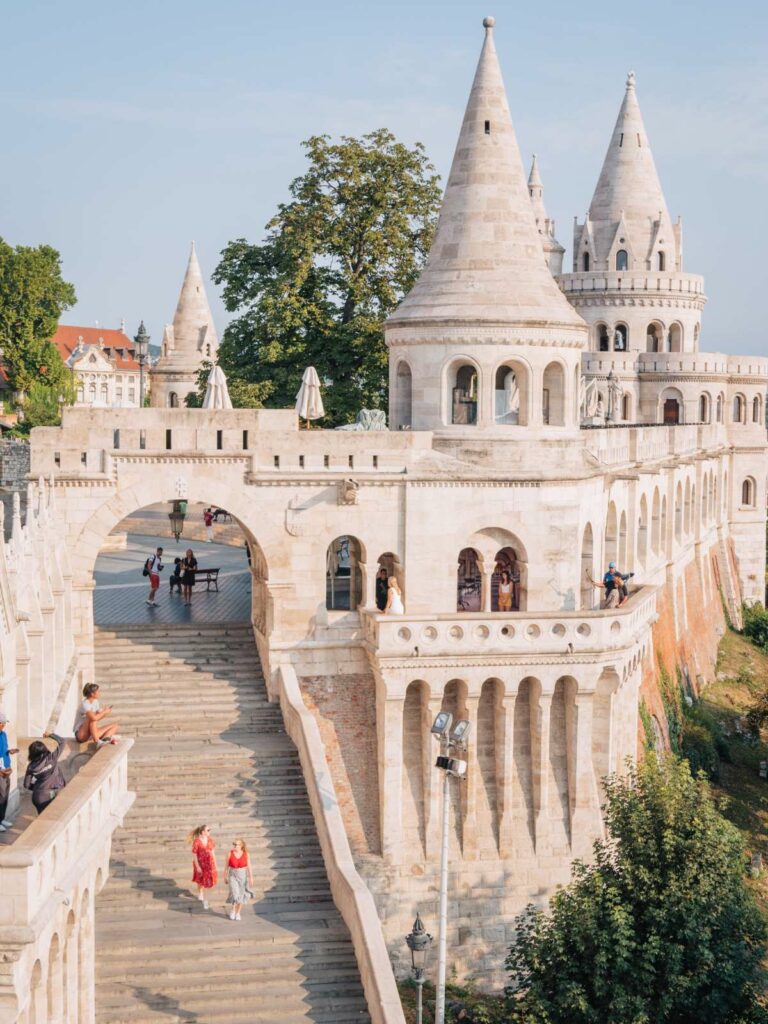

Where to stay in Budapest
I’ve added a star to where I’ve stayed personally, the other recommendations are based on online reviews and suggestions from friends who have visited recently.
Budget: Flow Spaces (⭐), Das Nest Hostel (⭐), Hive Party Hostel or Wombat’s
Mid-range: Dob Twenty Rooms, LILIOM Apartment, Global Suites Budapest or B&B Hotel Budapest City
Luxury: Alice Hotel, Hotel Memories Old Town, Párisi Udvar Hotel Budapest or Hotel Moments Budapest
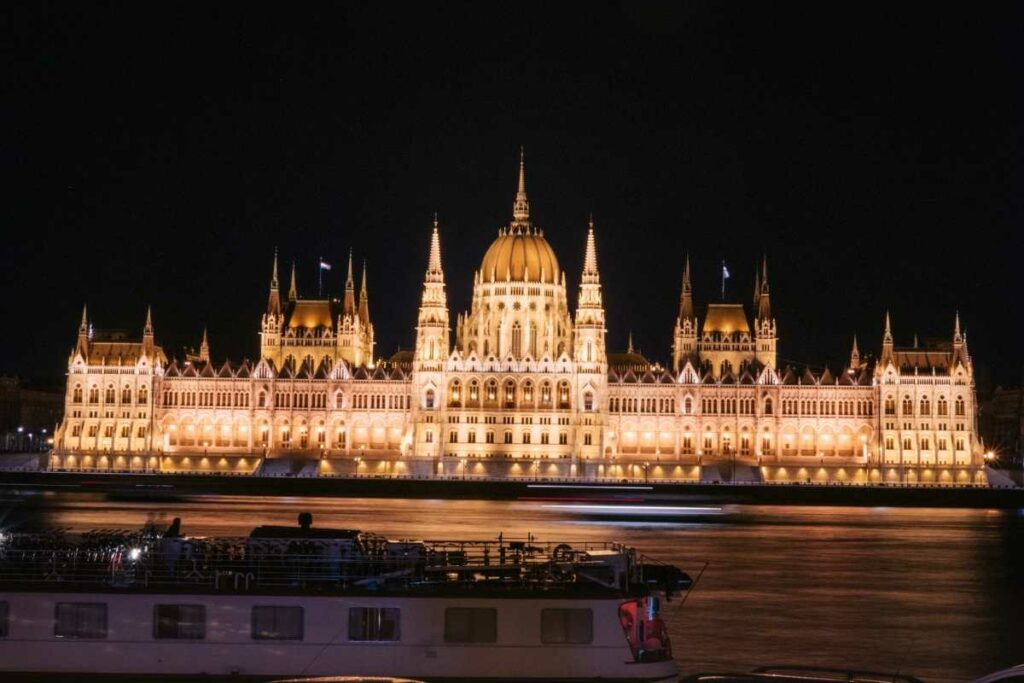
Prague, Czechia
How to get from Budapest to Prague: Direct or one stop trains (usually Vienna or Brno) that take around 6h 40m-7h 30m
Optional stops on the way: Vienna (2-3 days) or Bratislava (1 day)
Minimum stay: 3 days

About Prague
The final budget-friendly stop on this itinerary (unless you choose the Poland or Baltic add ons), Prague’s UNESCO-listed old town, Gothic churches and craft beer scene are waiting to welcome you with open arms.
The constant rotation of budget airline flights bringing in bargain-hunting travellers does mean that the city’s now pretty packed with tourists all year round, but the spectacular architecture, sublime arts scene and lively Old Town Square make it worth tackling the crowds.
Just try and avoid being here for the weekend if you’re not keen on partying, you’ll find the streets overrun with British stag parties from the afternoon hours 🙃 (unless that’s what you’re looking for, then make the most of it!).

Prague highlights
- Stroll over the historic Charles Bridge and admire the Catholic saint statues
- See the Astronomical Clock, the Old Town Hall and the Church of Mother of God before Týn in the 12th century Old Town Square
- Climb to the observation deck of the Old Town Hall tower for views of the square
- Head up the hill to Prague Castle, the Royal Garden and St Vitus Cathedral
- Get amongst the world-renowned craft beer scene with a historic pub tour or brewery visit
- Take a day trip to the creepy Bone Church near Kutna Hora
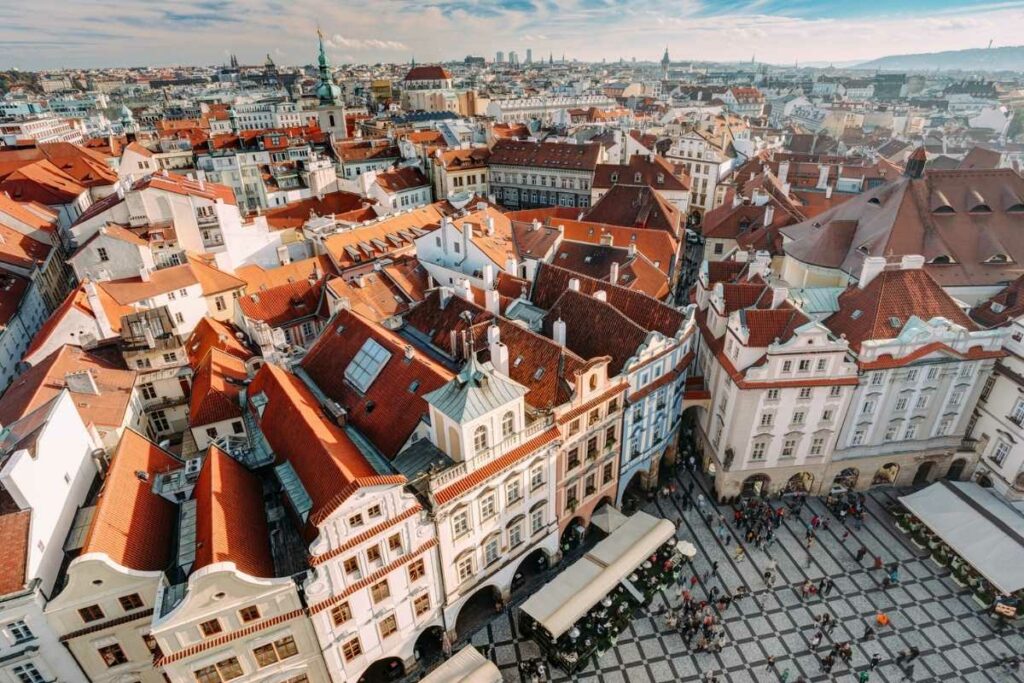
Where to stay in Prague
Budget: Hostel Little Quarter, Sophie’s Hostel, Giotto Apartments, Hostel One Miru or Prague Dream Hostel
Mid-range: Revelton Studios Prague, Hotel Residence Agnes, Hotel CUBE Prague, Allure Hotel Prague and Unitas Hotel
Luxury: The Julius, Four Seasons, The Grand Mark, Alchymist Grand Hotel and Hotel Republika
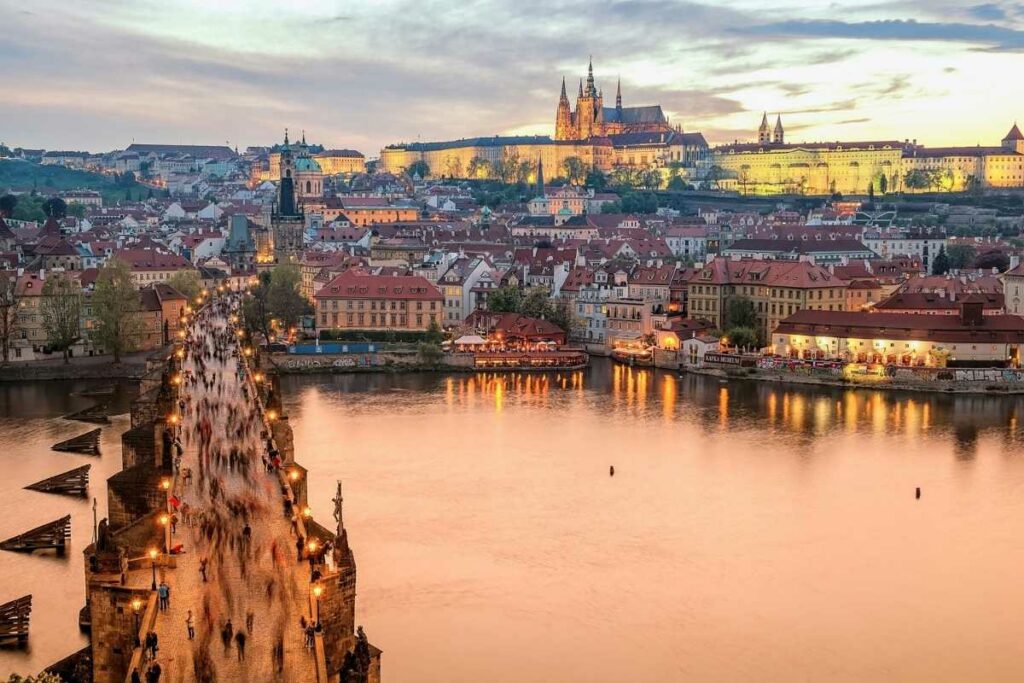
Berlin, Germany
How to get from Prague to Berlin: Direct train, about 4h 15m
Optional stops on the way: Dresden if you’re a WWII buff
Minimum stay: 4 days
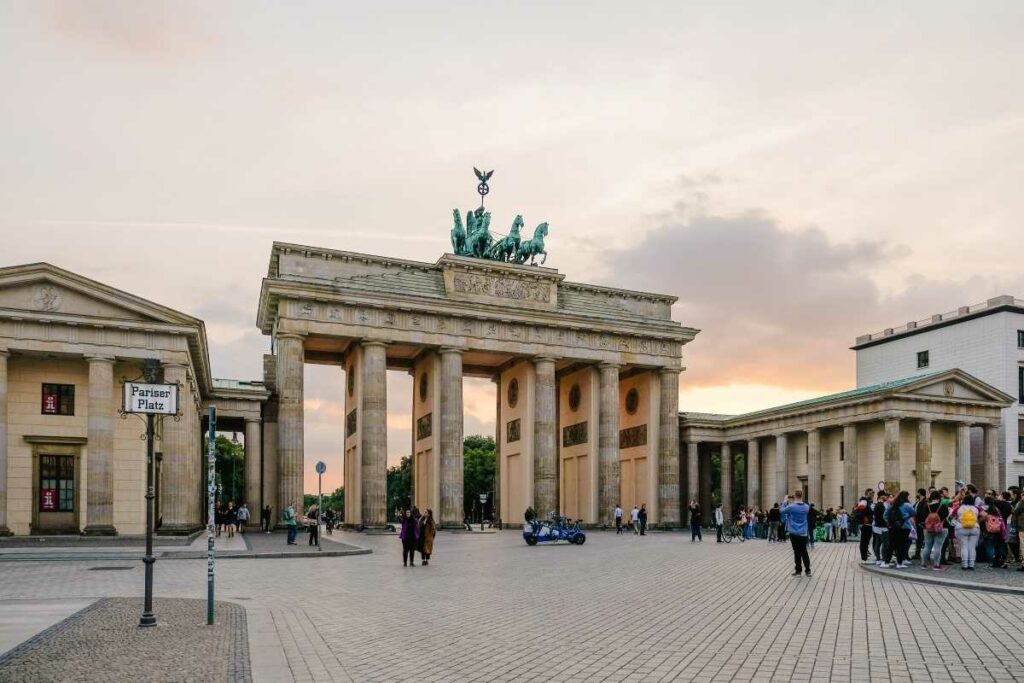
About Berlin
With WWII battle scars patched up and painted over with contemporary art installations, and decades of division being replaced with tolerance, multi-culturalism and innovation, Berlin is a truly thought-provoking place to visit.
A guided tour is a must-do to gain insight into the turbulent past, and then there are historical landmarks, museums, galleries, a superb gastronomic scene and stellar nightlife on offer too.
I feel like even a week in Berlin would only let you scratch the surface, but I’ve given you four days here in the core 90 day Europe itinerary with the option of extending (highly recommended for foodies or history lovers).

Berlin highlights
- Take a walking tour or a Trabi safari to learn the Berlin basics and get your bearings
- See the major landmarks, like Brandenburg Gate, the Reichstag Building, Checkpoint Charlie, the Holocaust Memorial, Berlin Cathedral and the Berlin Wall Memorial
- Admire the politically-charged murals at the East Side Gallery and see more contemporary art at Urban Nation
- Museum hop, there are more than 150 to choose from 😱 Topography of Terror, Neues Museum and German Museum of Technology are particularly well-rated ones

Where to stay in Berlin
Budget: Pfefferbett Hostel, BIG MAMA Berlin, Kiez Hostel, New Hostel and ArtHotel Connection
Mid-range: Wil7 Boutique Hotel, Casa Camper, Hotel Indigo, Wilmina Hotel and Hotel Q!
Luxury: Hotel Zoo Berlin, Hotel Adlon Kempinski, Hotel Luc and Regent Berlin

Amsterdam, Netherlands
How to get from Berlin to Amsterdam: Direct train, around 6h 15m-6h 30m
Minimum stay: 3 days
About Amsterdam
Easy to navigate, eco-friendly, brimming with culture and picturesque at every turn, a few days in Amsterdam will chill you right out after a pretty hectic trip so far.
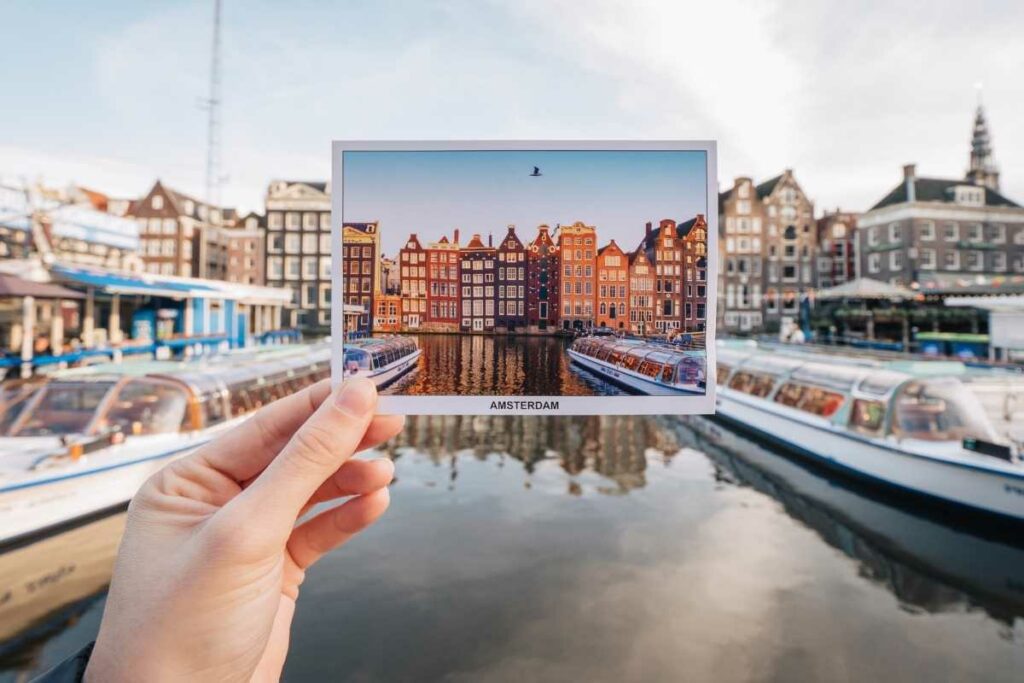
But unfortunately it’s not all roses tulips in this pretty city, and I can’t write about Amsterdam without mentioning the elephant in the room: unsustainable and irresponsible tourism.
Much like Venice, Amsterdam is a victim of its own success, and the overtourism has impacted the authenticity of local neighbourhoods, the quality of the life of residents, and the experience of all of us tourists too. It’s gotten so bad that in recent years the local government have banned cruise ships, ran a marketing campaign to tell British lads to stay away, and literally as I’m typing this they’ve just announced that they’ve banned any new hotels from being opened (unless it’s replacing an old one).
So why have I included it on this itinerary? Because I know that loads of people are going to want to visit, especially if they’re travelling from afar, and I’m a firm believer that managing tourism sustainably is more effective than gate-keeping or prohibition.

To minimise your impact during your stay in Amsterdam you should avoid using Airbnb (it encourages landlords to use residential property for the lucrative tourism market and displaces local people), try avoid visiting during the summer months and weekends if you can, escape the tourist areas and eat/shop/drink in smaller, more authentic neighbourhoods, and just don’t be a dick when drinking or smoking.
👉🏼 Read more: The ultimate guide to solo travel in Amsterdam
Amsterdam highlights
- Rent a bike and get out of the city centre to discover smaller neighbourhoods
- Visit Anne Frank’s house
- Hit the thrift shops and antique stores to find something quirky to take home
- Wander through the Rijksmuseum, Van Gogh Museum, Stedelijk Museum and NEMO Science Museum
- Head to Moco Museum or WONDR Experience for aesthetic and immersive art
- Learn about the history of one of the biggest beer brands in the world at the Heineken Experience
- Eat your way around the food stalls at Albert Cuyp Market
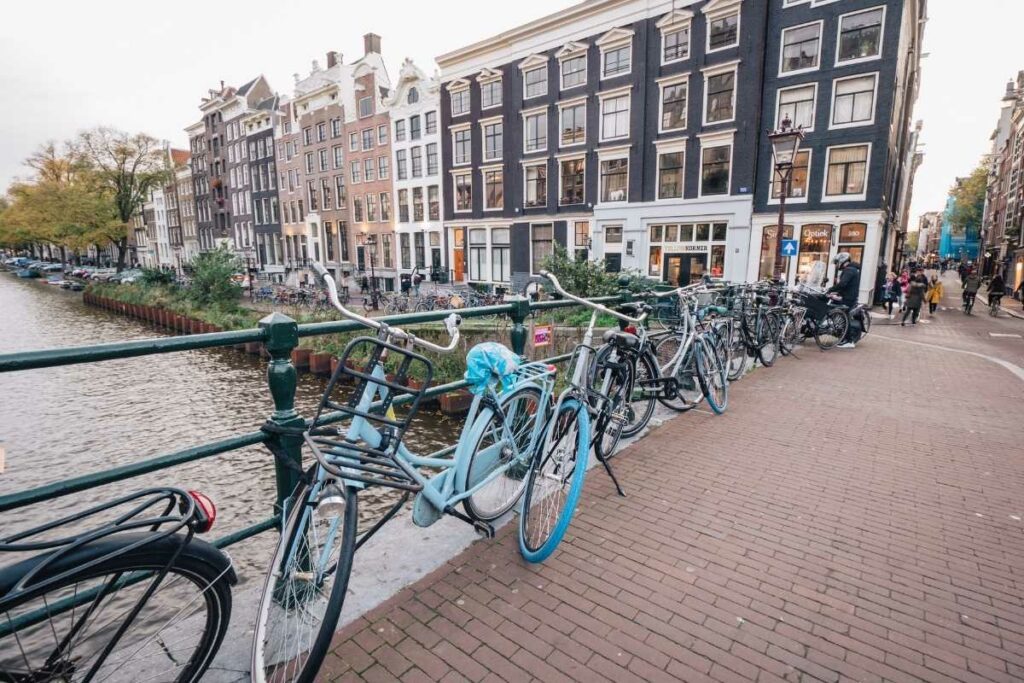
Where to stay in Amsterdam
I’ve added a star to where I’ve stayed personally, the other recommendations are based on online reviews and suggestions from friends who have visited recently.
Budget: MEININGER Amstel (⭐) or Hostelle (⭐)
Mid-range: Outside Inn, Met Hotel, Villa Yburg and XO Hotels Couture
Luxury: Waldorf Astoria, Hotel TwentySeven, the Dylan, Conservatorium and De L’Europe
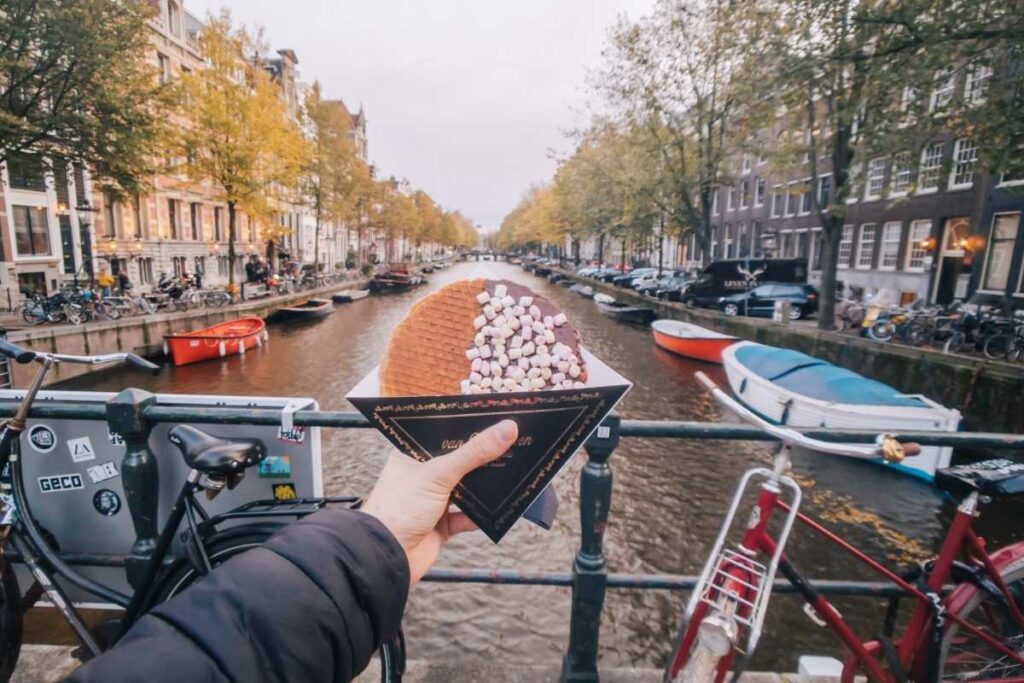
Paris, France
How to get from Amsterdam to Paris: Direct train or one easy change, around 3h 30m-4h
Optional stops on the way: Antwerp and Brussels are both on the way if you want to stop for half a day, or you could add in Bruges too but would need a night or two there to make it worth it. More info in add ons!
Minimum stay: 4 days
About Paris
Paris is one of the most divisive cities in Europe, visitors seem to either fall under its spell or feel let down by the reality behind the postcards.
As someone who is in the first category, I reckon that Paris is what you make of it.
‘Tourist Paris’ is one small experience of the city, where you’ll jostle with fellow sightseers for the best Eiffel Tower photo spots, line up for an hour for (supposedly) the best macarons, and pay through the nose for an average dinner with less-than-average service.
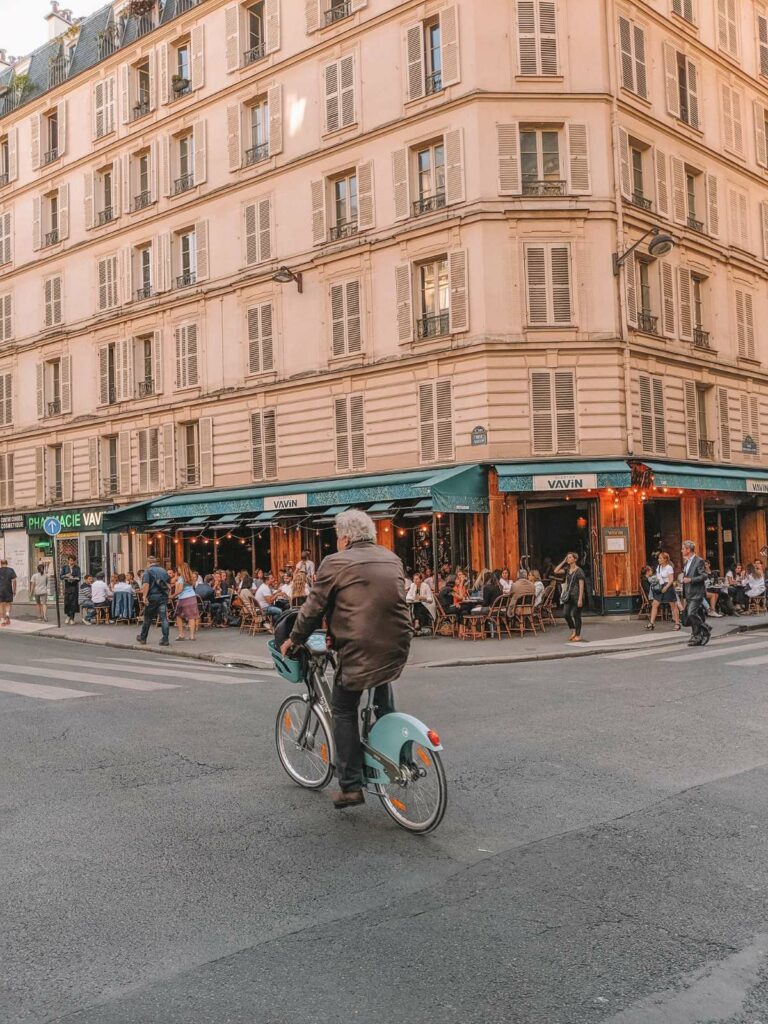

All of these, combined with polluted metro tunnels, grimy streets and not-so-friendly shopkeepers who may or may not roll their eyes when you say ‘hello’, can certainly result in dissatisfaction if you had very high expectations.
BUT, and this is a big but, that’s not actually the real Paris.
The real Paris is picking up freshly-baked croissants to have a breakfast picnic in Places des Vosges, searching for rare editions at a flea market, buying a statement piece from an independent boutique in Le Marais, and taking your sweet, sweet time to soak up the art and history on show all over the city.
Struggle through a cheese order in French to receive a smile, venture a few blocks from the major tourist spots for better quality food at more affordable prices, and accept the fact that public transport just isn’t very nice in most cities around the world.
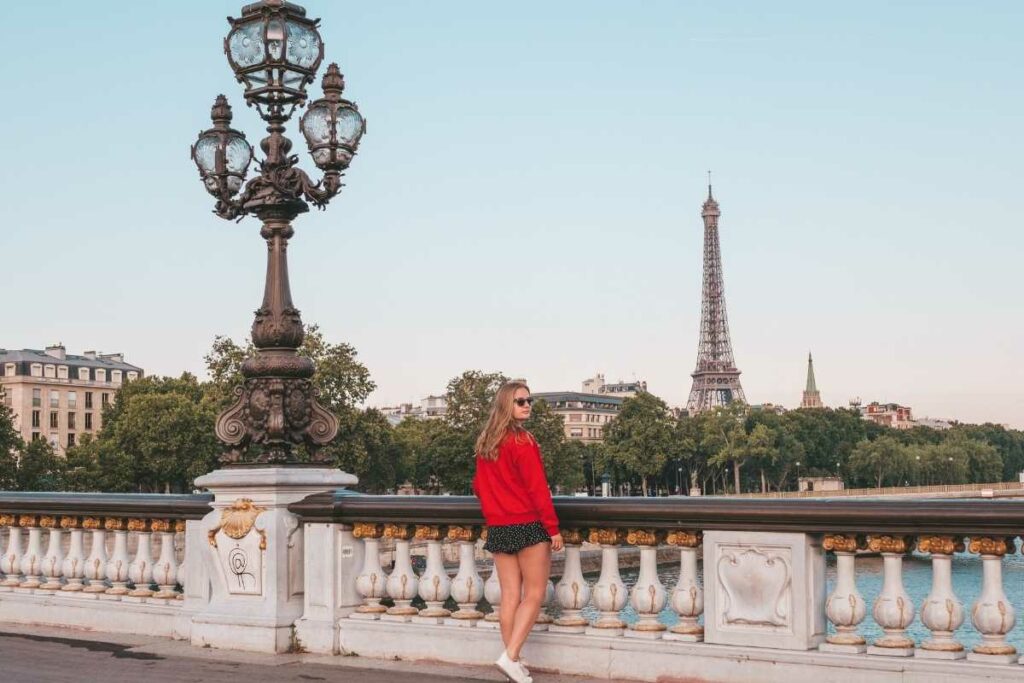
Hidden gems aren’t really a thing in Paris, so even the ‘non-touristy’ areas are probably going to be busy, but these offer a much more authentic experience.
Any less than four days here will be too much of a whirlwind to enjoy it, you’ll just be landmark-ticking without any of the dreamy Parisian vibes that make the city so enchanting. Give it a decent amount of time and I promise you’ll enjoy it more!
Paris highlights
- Learn the basics of French, a little ‘bonjour’ will go a long way
- See the Eiffel Tower, Arc de Triomphe, Sainte-Chapelle and the Notre-Dame (go inside when it reopens to visitors in December 2024)
- Visit the Louvre, Musée Picasso, Musée d’Orsay and Musée Rodin if you’re an art lover
- Stroll through the Jardin du Luxembourg and Tuileries Garden, but Places des Vosges is my favourite little inner-city square for a picnic
- Weave your way through Montmartre’s artsy streets to reach the Sacre-Coeur for sunset, busy but worth it
- Discover the trendy shops and hip cafes in Le Marais
- See a cabaret show, Moulin Rouge is the obvious one but there’s also Paradis Latin, Crazy Horse, Lido and Nouvelle Eve
- Take a day trip to the Palace of Versailles (another touristy thing that’s absolutely worth it)
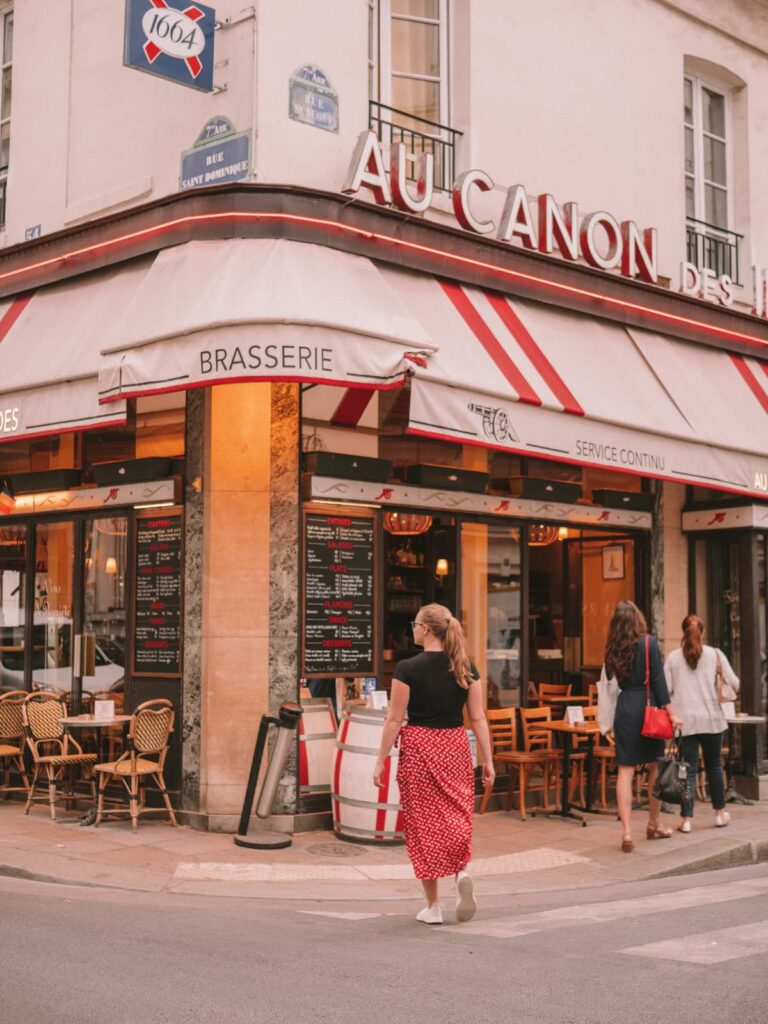
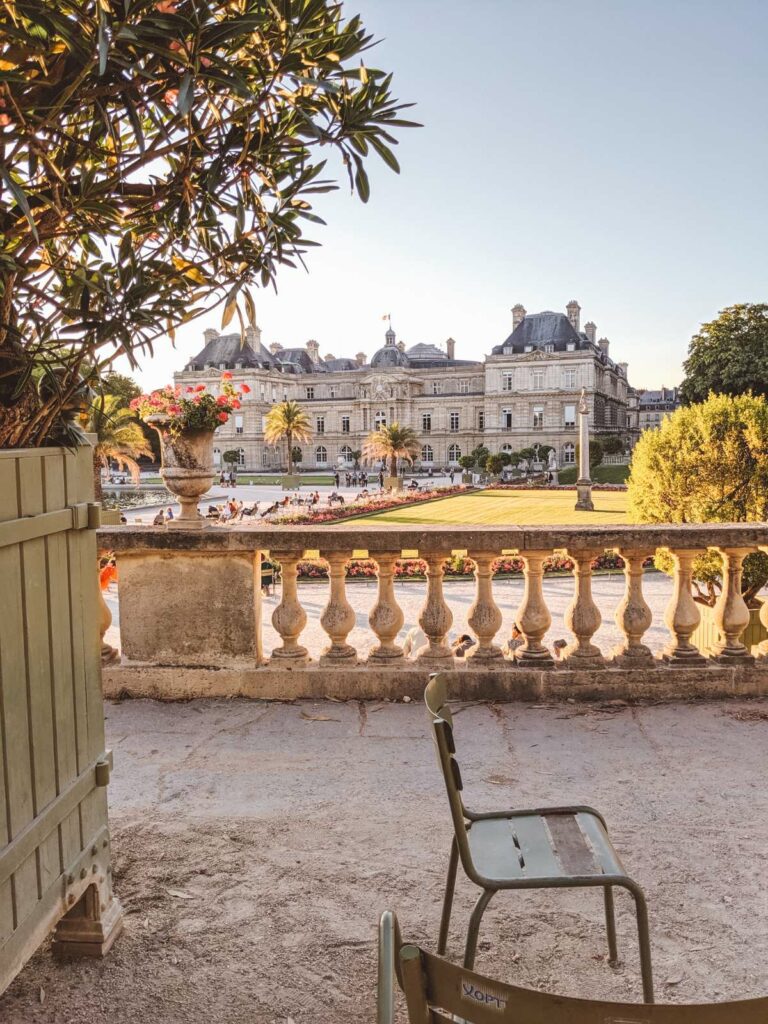
Where to stay in Paris
I’ve added a star to where I’ve stayed personally, the other recommendations are based on online reviews and suggestions from friends who have visited recently.
Budget: JO&JOE Paris Nation (⭐), People Nation (⭐)
Mid-range: Hotel Paradis (⭐), Laz’ Hotel Spa (⭐), Hôtel de Roubaix, B Montmartre or Babel Belleville
Luxury: Manolita Paris, Maison Villeroy, La Réserve Paris Hotel & Spa, Bulgari Hotel Paris or Cheval Blanc Paris

London, UK
How to get from Paris to London: Direct Eurostar train, about 2h 20m
Minimum stay: 4 days
About London
I might be biased here as London is my Northern Hemisphere home, but it’s one of the greatest cities in the world 💂🏼♀️
Tourist London is made up of countless iconic landmarks, mind-blowing museums, cloud-piercing skyscrapers, an entertainment scene that is only rivalled by New York, and buzzing markets serving up a melting pot of different cuisines.


But if you aren’t fussed on those (or manage to tick them off in a day or two), there’s so much more to discover. Lush gardens and pretty canals are a peaceful haven from the city chaos, there are enough art galleries to fill a month-long itinerary, historic pubs outside of the tourist areas offer traditional British hospitality and hearty homestyle grub, and there are restaurants from literally every single cuisine around the world.
London highlights
- The obvious attractions: Buckingham Palace, Big Ben, Trafalgar Square, Tower of London, the London Eye and St Paul’s Cathedral
- Visit the Natural History Museum, the British Museum, the Tate Modern, the National Gallery, the V&A Museum (my personal favourite) and the National Portrait Gallery
- Follow your nose to Borough Market, Maltby Street Market and Brixton Village for food stalls and cheap (for London anyway) eats
- Head up to Aqua or Hutong at the Shard for a drink and insane views (no need to pay for a ticket like you do at the viewing deck), or grab a free ticket to the Skygarden
- Splurge on a fancy afternoon tea
- Catch a show on the West End

Where to stay in London
Budget: Urbany Hostel, Wombat’s Hostel, Selina Camden or Hostel One
Mid-range: The Fox & Goose Hotel, Spread Eagle, Rose & Crown Hotel, Half Moon, or the Z Hotels in Holborn, Trafalgar and The Strand
Luxury: Hotel 41, Pan Pacific London, Claridge’s, Ham Yard and the Ritz
Unique: My go-to in London is Room2 Chiswick Hometel (⭐), a gorgeous boutique aparthotel that offers funky studios with kitchenettes as well as access to a gym, laundry facilities and a café/cocktail bar with plenty of work-friendly spaces. They’re also the world’s first fully net zero hotel which is super cool!

Add on itineraries for your three month Europe trip
Hopefully by now you’ve plotted your top spots from the core itinerary on a map, and have a good idea of how to get between them + how much time you have left for add ons.
The add on itineraries below have a recommended minimum time, but you could always tailor them further to remove a stop and cut that time down.
Add on Switzerland (12 days)
How to slot Switzerland into the itinerary: It fits perfectly between Genoa and Venice! From Genoa you can catch a train to Lake Como (via Milan), then follow the itinerary below, and when you get to Milan at the end you can catch a direct train to Venice to continue your trip.
This add on is best for: Photographers, outdoor adventurers, travellers not too concerned about budget
👉🏼 Read more: How to spend the perfect 10 days in Switzerland
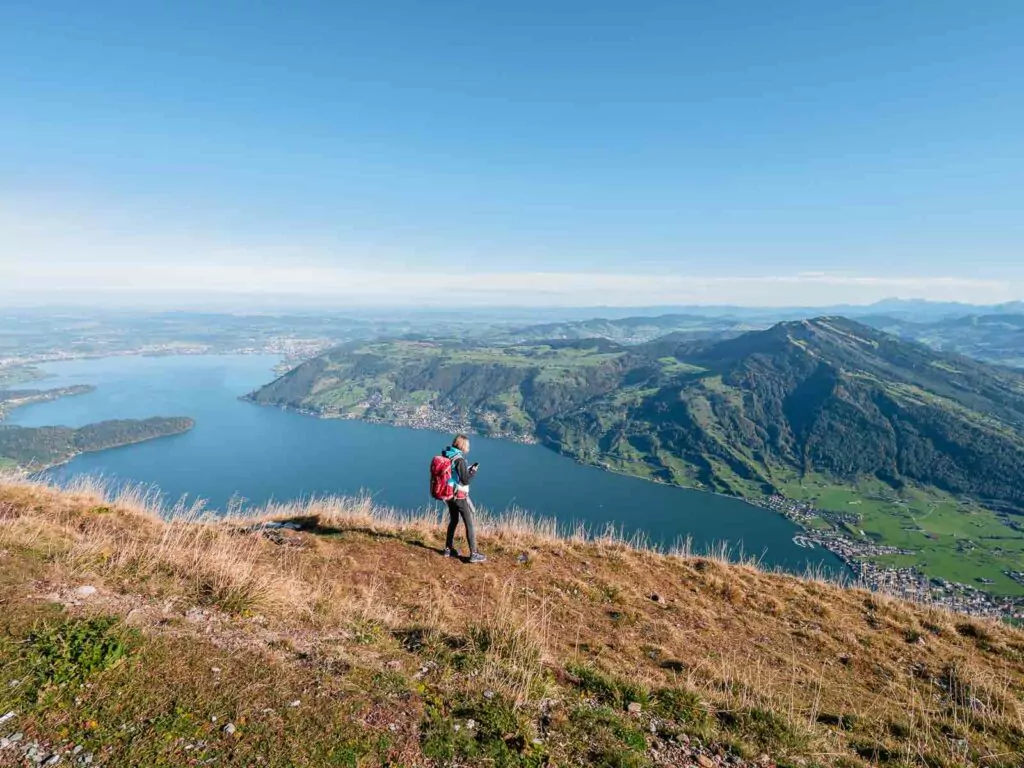
Lake Como (Italy)
How to get from Genoa to Lake Como: Train with an easy change in Milan, around 2.5h-3.5h total
Minimum stay: 1-2 days
Lake Como highlights: See the famous villas (Villa del Balbianello, Carlotta and Monastero), take a ferry ride or boat tour from one side of the lake to the other, head up to Brunate via funicular for expansive lake views
Where to stay in Lake Como: Ostello Bello Lake Como ($), Hotel Fioroni ($$), Grand Hotel Tremezzo (⭐ $$$)
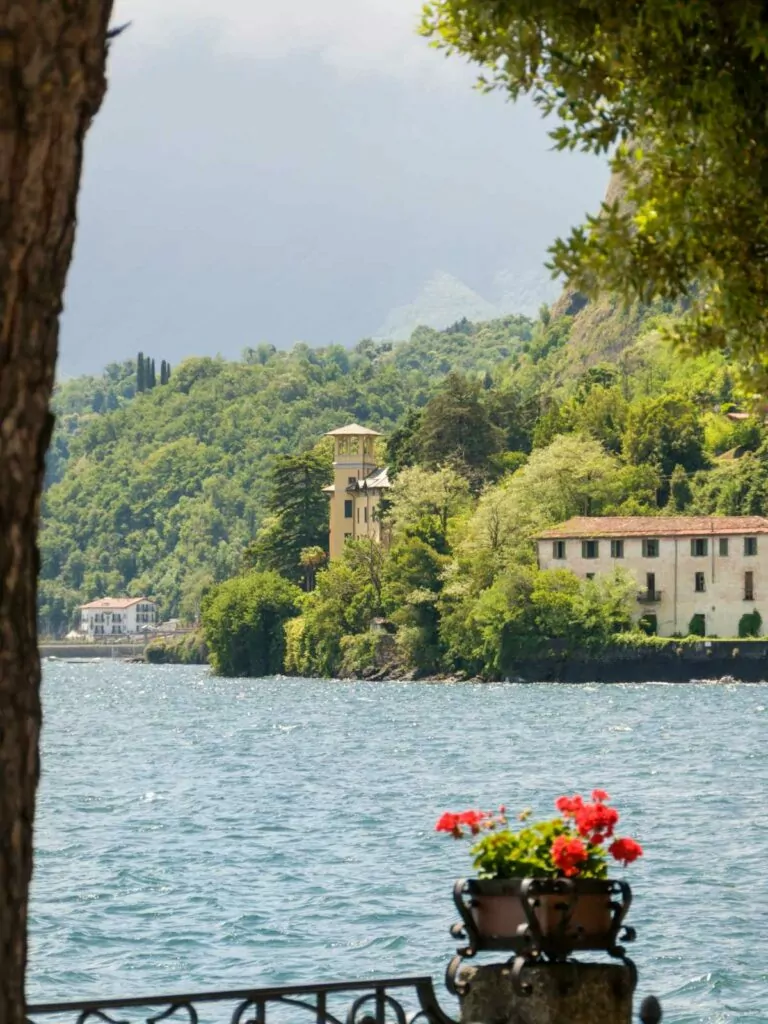
Lucerne
How to get from Lake Como to Lucerne: Train with one simple change, 3.5h total
Minimum stay: 3 days
Lucerne highlights: Gorgeous old town, Swiss Museum of Transport, a lake cruise, mountain excursions to Rigi, Titlis, Pilatus or Stanserhorn
Where to stay in Lucerne: Backpackers Luzern ($), The Lubo (⭐ $$), Hotel Villa Honegg ($$$, in the mountains)
👉🏼 Read more: Which Lucerne mountain excursion is best?
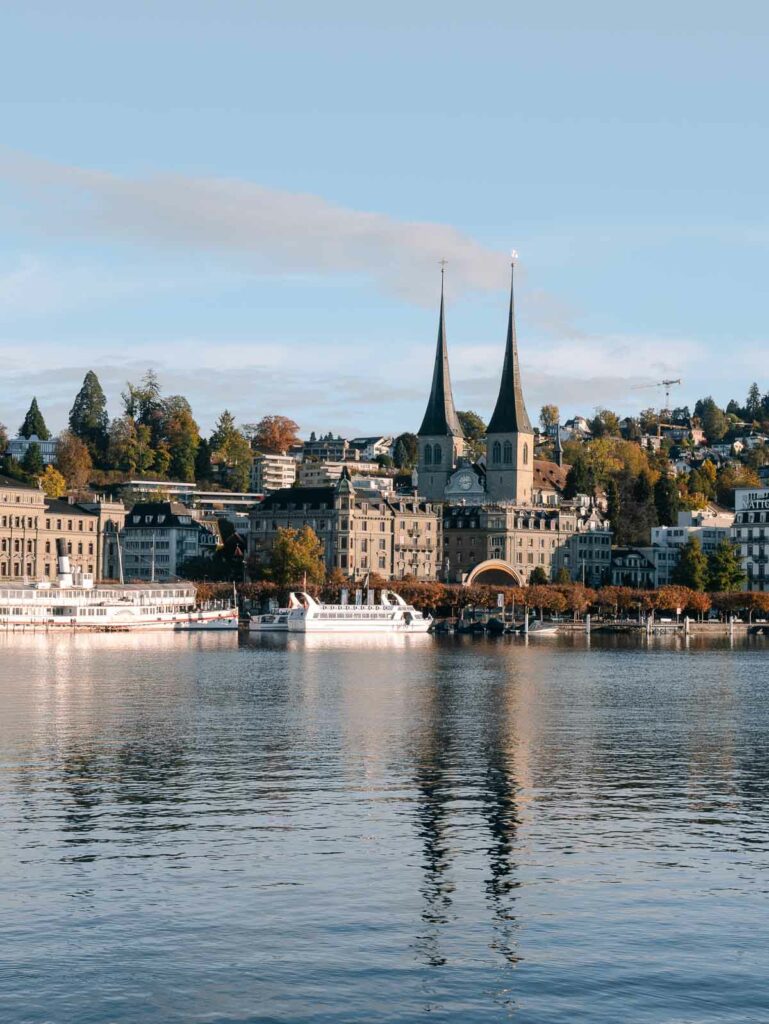
Interlaken
How to get from Lucerne to Interlaken: The scenic Luzern-Interlaken Express, 1h 50m
Minimum stay: 3 days
Interlaken highlights: Mountain excursions to Jungfraujoch Top of Europe (highest train station) and Grindelwald-First (ziplining, cliff walk & Lake Bachalpsee), kayaking or cruising on the lake, paragliding, catching the funicular to Hader Kulm, wandering through the fairytale alpine village of Lauterbrunnen
Where to stay near Interlaken: Backpackers Villa Sonnenhof (⭐ $), Swiss Inn & Apartments ($$), Bergwelt Grindelwald (⭐ $$$) or Victoria-Jungfrau Grand Hotel & Spa ($$$)
👉🏼 Read more: How to use the Jungfrau Travel Pass to save loads in Interlaken
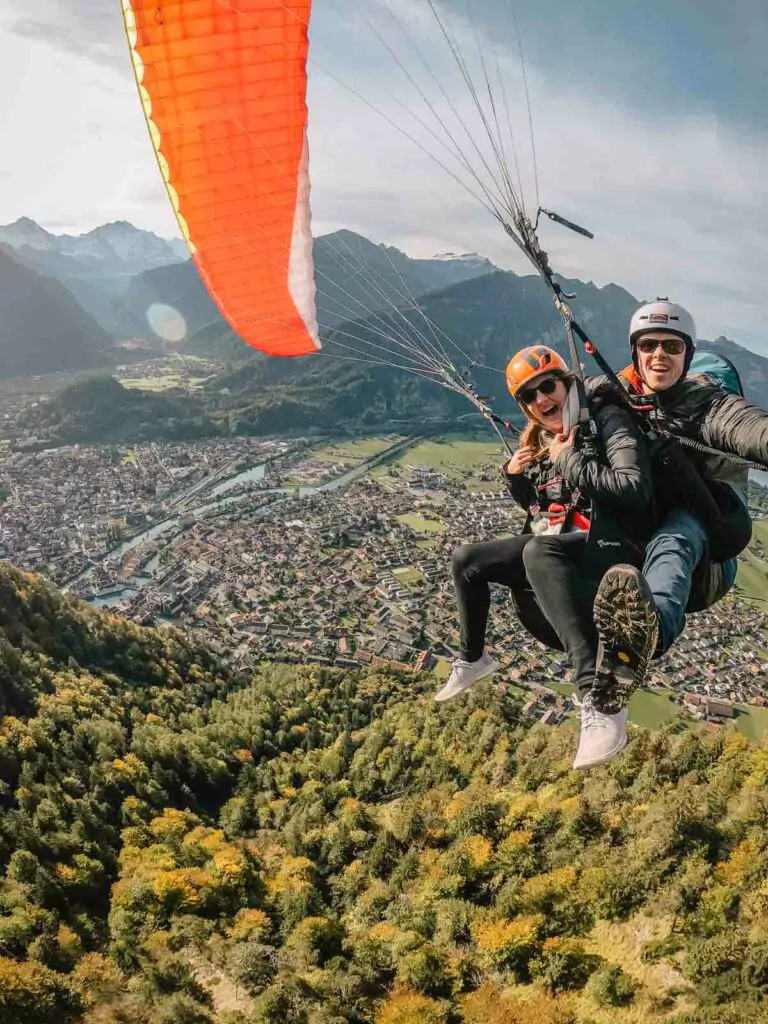
Zermatt
How to get from Interlaken to Zermatt: A three-train-combo (easy changes though) that takes 2h 40m, or a longer but more scenic route via Montreux and then the GoldenPass Express panoramic train (about 6h all up)
Minimum stay: 2 days
Zermatt highlights: Catch Gornergratbahn to the top for insane views, walk down to Lake Riffelsee to see Matterhorn reflections, visit Matterhorn Glacier Paradise, hike the Five Lakes Walk
Where to stay in Zermatt: Hotel Bahnhof ($), Resort La Ginabelle ($$), Hotel ZERMAMA (⭐ $$$)
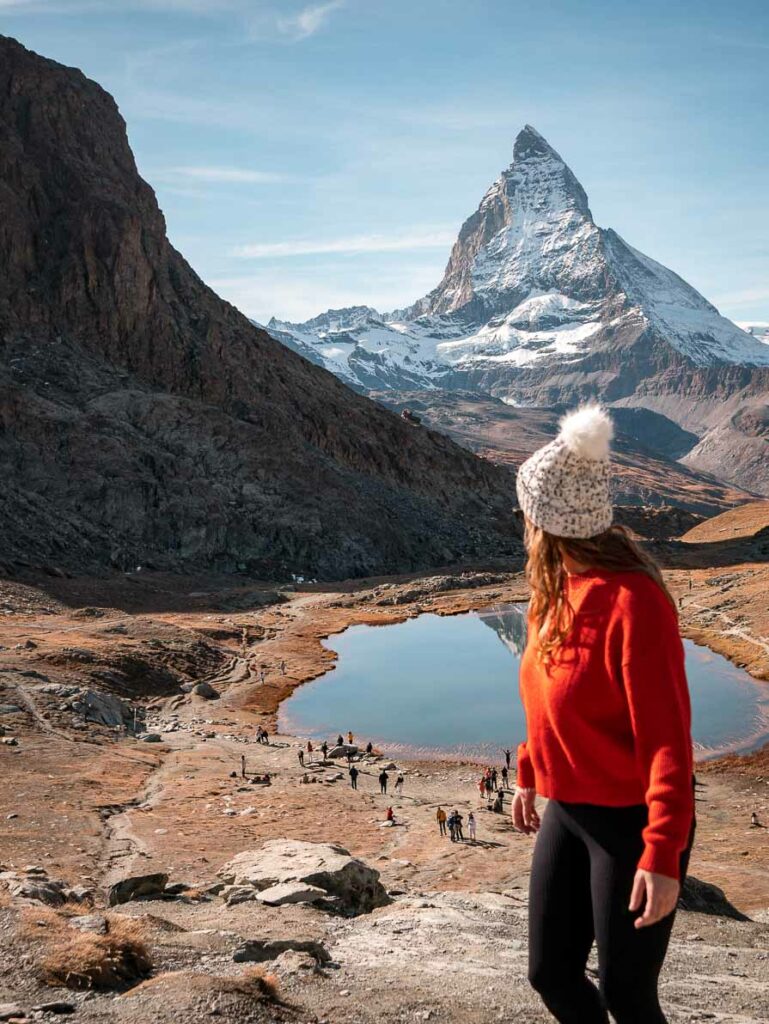
St Moritz
How to get from Zermatt to St Moritz: Catch the iconic Glacier Express panorama train, one of the most beautiful train rides in Europe (and the world!). It’s an eight hour journey and you must book in advance as seats sell out, it’s expensive BUT you can use a Eurail Pass or Swiss Travel Pass to cover your ticket cost (which saves looooads).
👉🏼 Read more: All you need to know about the most beautiful train journey in Switzerland
Minimum stay: 1 day
St Moritz highlights: Walk the lake trail, pamper yourself at a day spa (honestly it’s very expensive, even for Switzerland standards, I’d recommend just using it as an overnight stop between trains)
Where to stay in St Moritz: St Moritz Youth Hostel ($), Berghotel Randolins (⭐ $$), Hotel Grace La Margna ($$$)
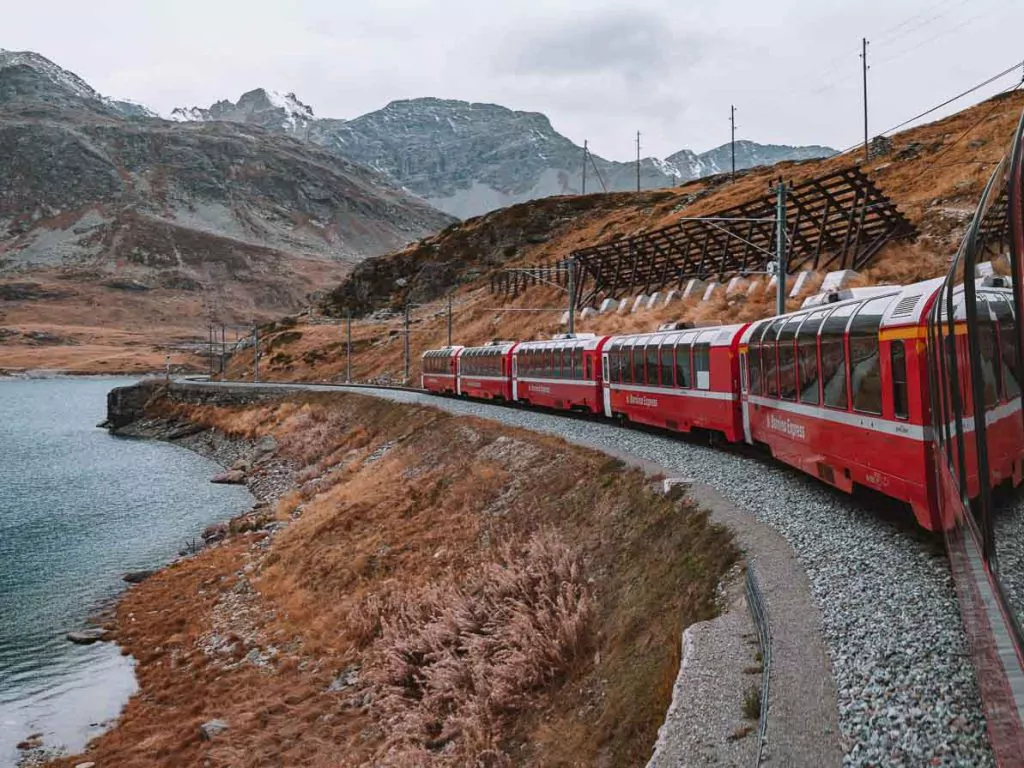
Milan
How to get from St Moritz to Milan: Another bucket list train, the Bernina Express! This one runs from St Moritz to Tirano just across the Italian border in about 2.5h, then you can catch a direct train to Milan (2.5h)
👉🏼 Read more: Why the Bernina Express should be on your bucket list
Minimum stay: 1-2 days
Milan highlights: Duomo di Milano, Galleria Vittorio Emanuele II, the Last Supper at Santa Maria delle Grazie church, QC Termemilano day spa, Navigli aperitivo
Where to stay in Milan: Ostello Bello Grande (⭐ $), Milano Dreams ($$), INTOMilan Aparthotel ($$$)
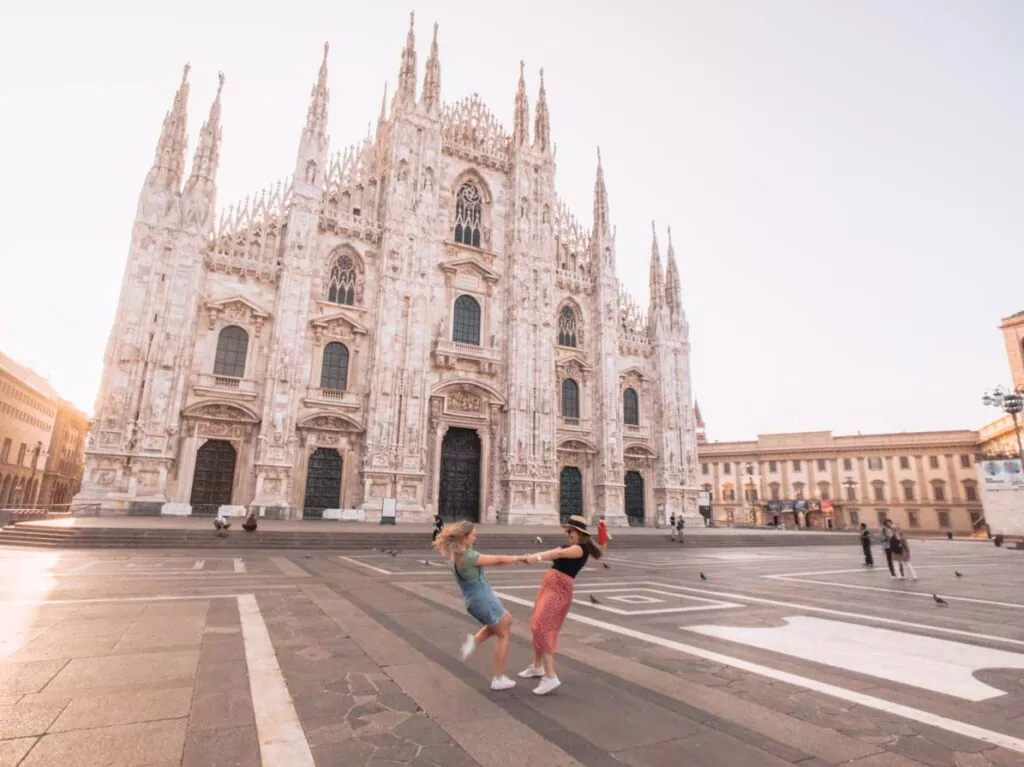
Some random Italy add ons
There are some additional places in Italy which are worth considering for travellers with a particular interest in food, history or beaches.
👉🏼 P.S. Find more detailed info on the first three locations in my Northern Italy & Switzerland itinerary
Turin
Best for: Foodies and sweet tooths
How to slot Turin into the itinerary: As a side trip from Genoa or in between Genoa and Milan if you’re adding Milan on too. From Genoa to Turin it’s a 1h 40m direct train, and from Turin to Milan it’s a 1h direct train.
Minimum stay: 2 days
Turin highlights: The foooood! Visit the famous chocolatiers like Caffarel, Il Gianduiotto, Guido Gobino and Peyrano, go truffle hunting in the woods of Piedmont (seasonal), and eat divine truffle dishes at fair prices. Aside from food, there’s a world-class Egyptian Museum, the opulent Royal Palace of Turin, sculptures in Valentino Park and an easy day trip to La Venaria Reale.
Where to stay in Turin: Tomato Backpackers (⭐ $), TURINHOMETOWN Apartments ($$), Principi di Piemonte ($$$)
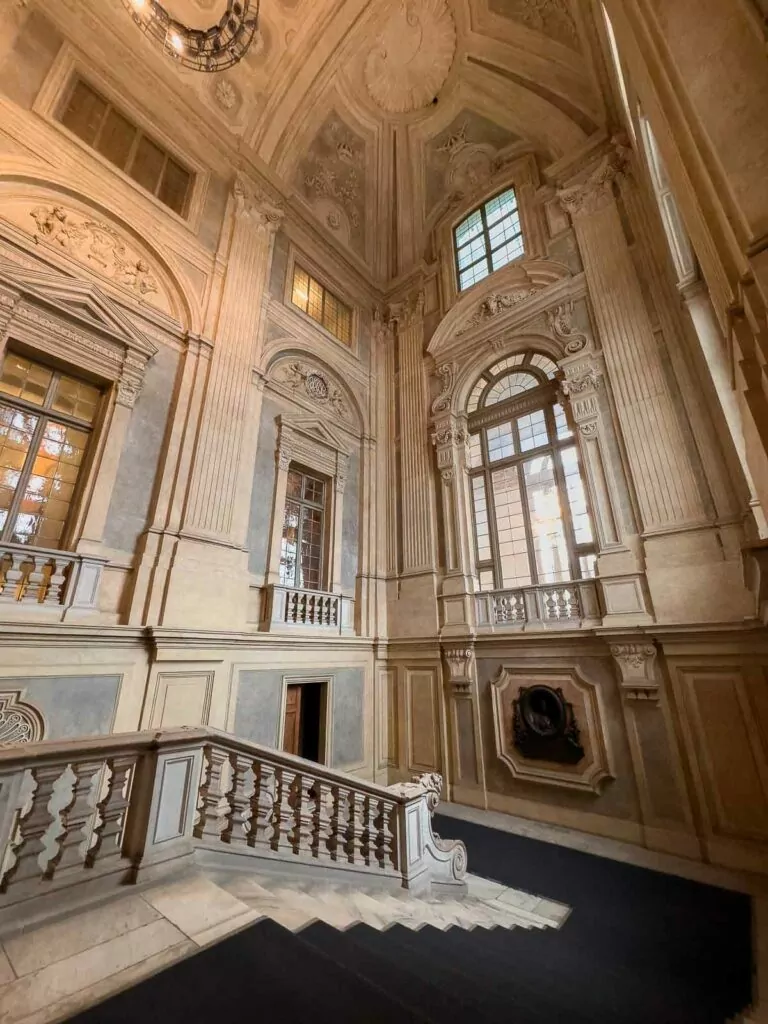
Verona
Best for: Art lovers, history buffs, romantics
How to slot Verona into the itinerary: It’s a stop on the train from Milan to Venice, you can store your bags at Kibag in the station while you explore if you don’t want to spend the night
Minimum stay: Day trip is fine
Verona highlights: Juliet’s Balcony, the view from Torre Lamberti, people watch in Piazza delle Erbe
Where to stay in Verona: StraVagante Hostel & Rooms ($), Novo Hotel Rossi ($$), Hotel Gabbia D’Oro ($$$), Vista Palazzo ($$$$)
Bologna
Best for: Foodies (again 🙃)
How to slot Bologna into the itinerary: It’s on the train line from Venice to Florence, super easy
Minimum stay: Day trip if you’re pushed for time, but 1-2 days for more culinary opportunities
Bologna highlights: A food tour with Delicious Bologna (I cannot recommend this enough!), buy Prosciutto di Parma and mortadella from a local deli, taste aged balsamic vinegar, wander under the city’s porticoes, see a tower that leans more than Pisa
Where to stay in Bologna: Dopa Hostel ($), Zanhotel Regina ($$), Grand Hotel Majestic gia’ Baglioni ($$$)
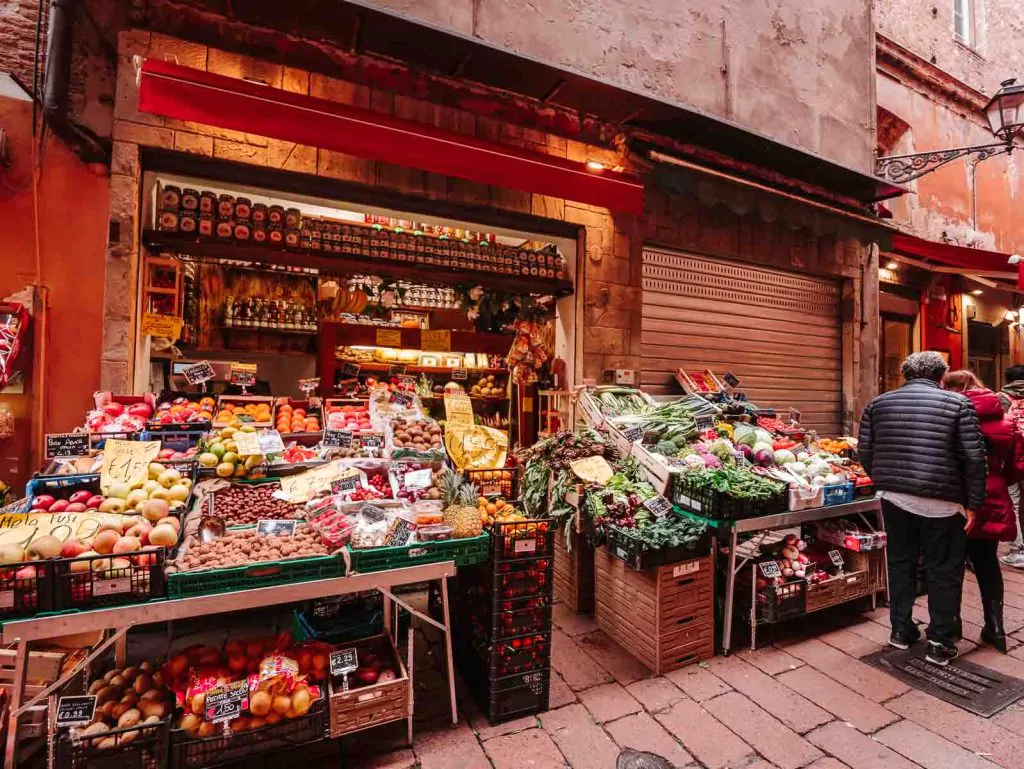
Sardinia
Best for: Sunseekers
How to slot Sardinia into the itinerary: Ferry options from Genoa, Livorno (near Florence), Civitavecchia (near Rome) and Naples
Minimum stay: 5-7 days
Sardinia highlights: Beaches obviously, there are plenty to explore! There’s also Roman ruins, prehistoric settlements, snorkelling and scuba diving, island trips, grottos and hiking trails.
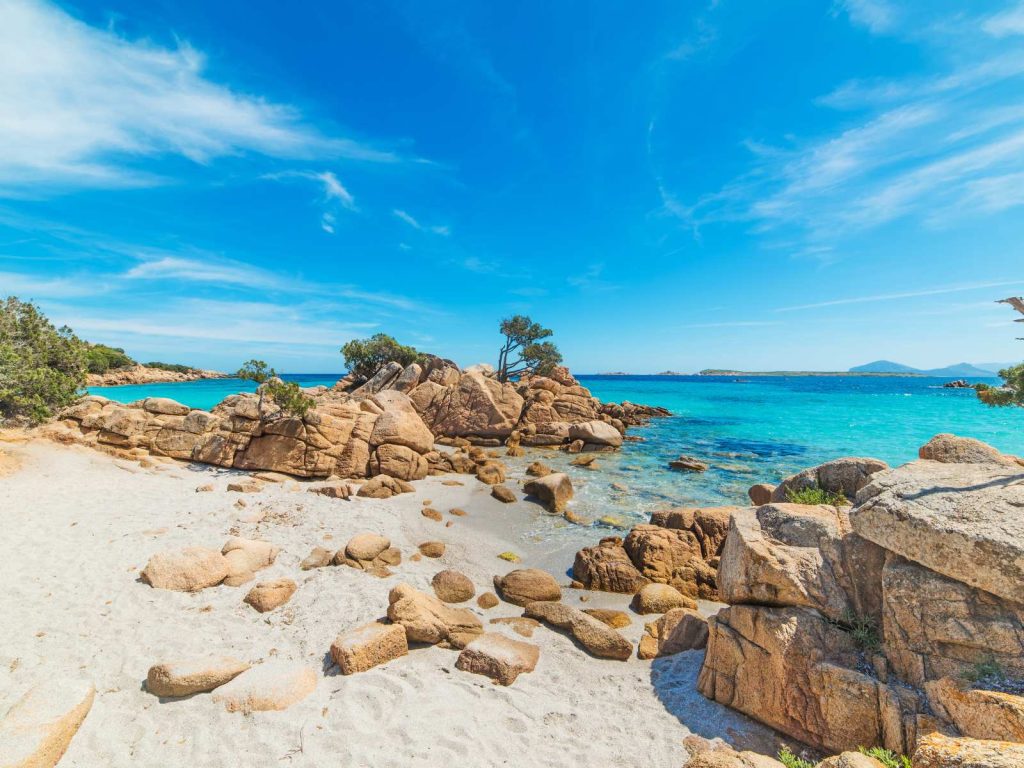
Sicily
Best for: Sunseekers, foodies and history lovers
How to slot Sicily into the itinerary: Loads of ferry options from ports throughout Greece, or you can catch a direct train from Naples to Catania (7-9 hours, a sleeper option is available too)
Minimum stay: 5-7 days
Sicily highlights: Well-preserved ancient ruins, historical churches, volcano hikes, wineries, rich Sicilian cuisine and culture, and also beaches.
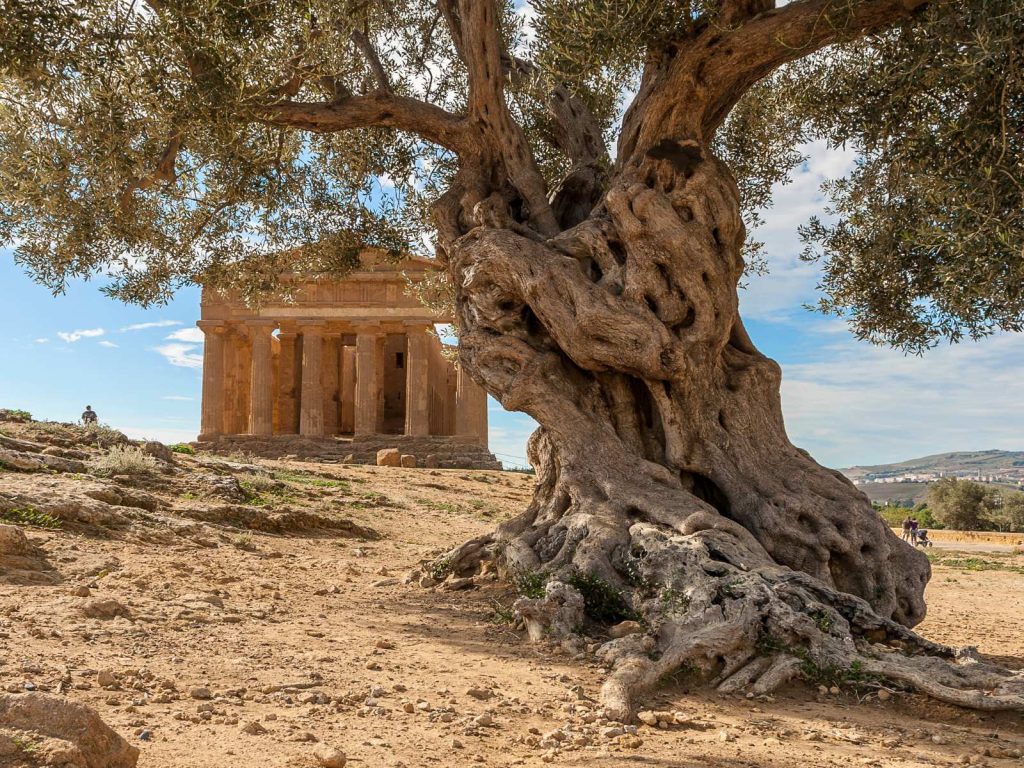
Add on mainland Greece & the Cyclades (10-12 days)
What even are the Cyclades: The Cyclades are the island group that include Santorini, Mykonos, Naxos, Paros and Milos (and others)
How to slot more of Greece into the itinerary: The Cyclades are annoyingly out of the way so it’s a bit tricky, and will be easier/quicker if you’re happy to fly to reconnect. Some options to get there:
- You can go Bari > Corfu > Kalambaka (for Meteora) > Athens > Cyclades
- You can skip Meteora and go from Corfu straight to Athens > Cyclades
- You can skip Corfu and catch a ferry from Bari straight to Patras, then it’s a 3.5h bus to Athens and onto the Cyclades
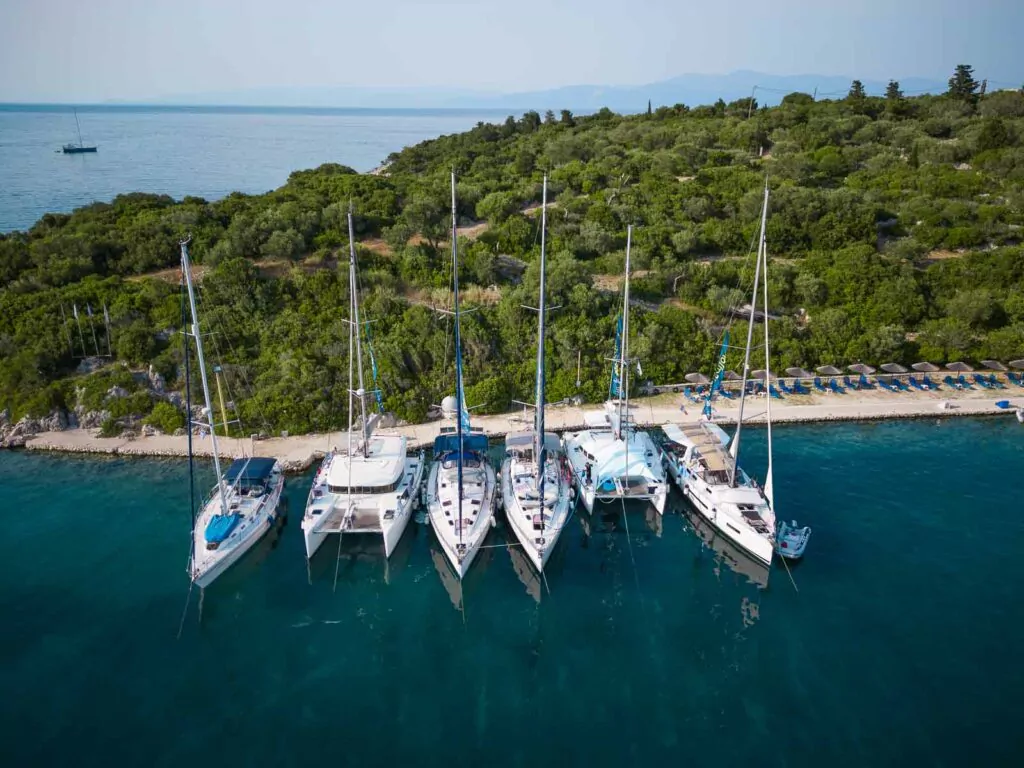
And how to get from there back to the core itinerary:
- Return from the Cyclades to Athens to Corfu and continue with the core itinerary
- Return from the Cyclades, take a longggg bus to Sofia in Bulgaria (12h direct, or you could break it up half way with a night in Thessaloniki), then continue with the core itinerary but this will skip the other Balkan countries
- Return from the Cyclades, then fly from Athens to wherever you want to skip to on the itinerary (direct flights available to most stops)
This add on is best for: Budding historians or anyone who has Santorini and Mykonos on their bucket list
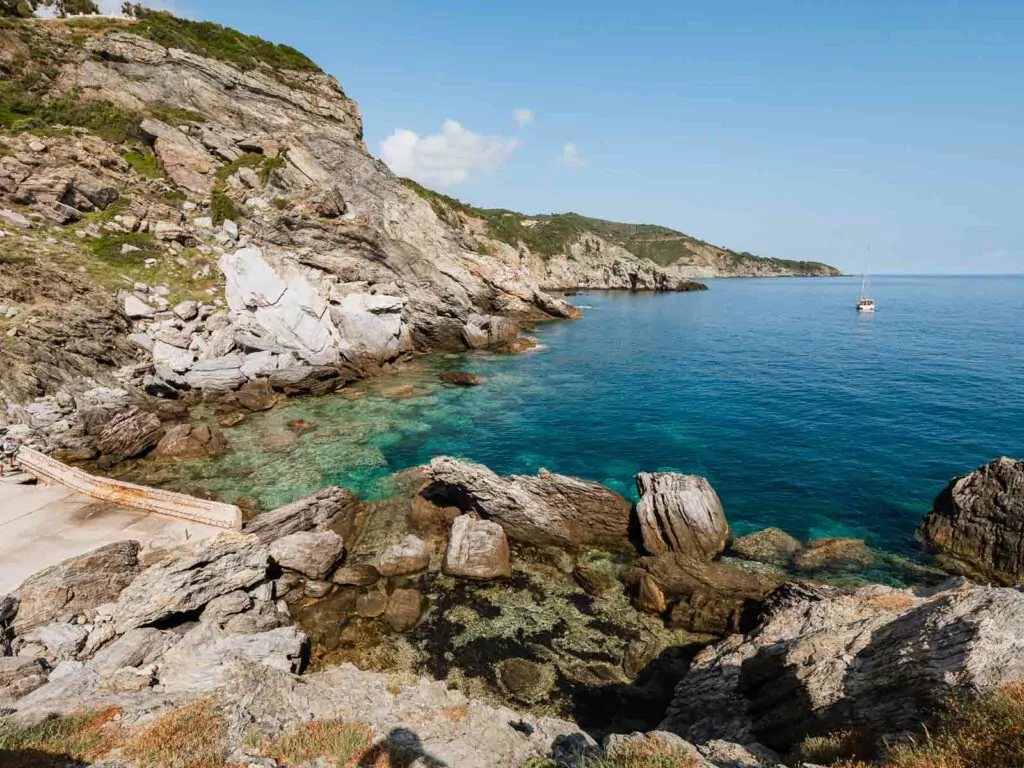
Meteora
How to get from Corfu to Meteora: Catch the ferry from Corfu to Igoumenitsa on the mainland (1.5h), then it’s a 4h 15m bus to Kalambaka which is the hub for Meteora visits
Minimum stay: 1-2 days
Meteora highlights: Visit the precariously perched monasteries, it’s crazy to think that monks climbed these sky-high pillars in the 14th century to build them 😱
Where to stay in Kalambaka: The Holy Rock Hostel ($), Spartacus House ($), Psammites ($$), Archontiko Mesohori Meteora ($$)
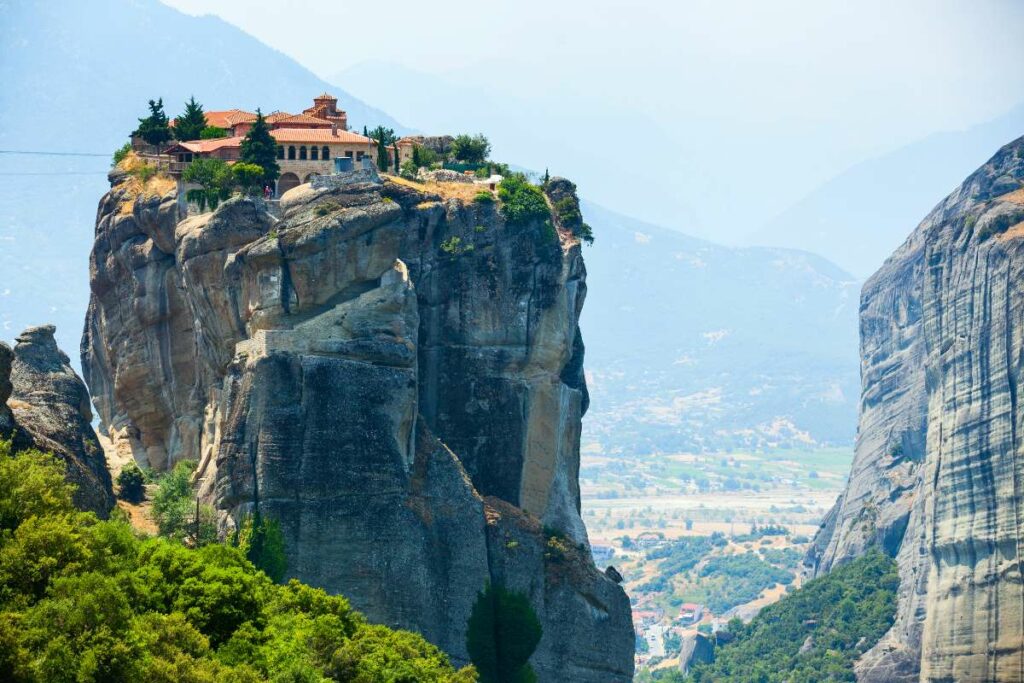
Athens
How to get from Kalambaka to Athens: Direct bus, 4h 40m
Minimum stay: 3 days
Athens highlights: The Acropolis ruins and museum, the Agora, the Temple of Poseidon, the National Archaeological Museum, sunset from Mount Lycabettus
Where to stay in Athens: Bedway Hostel (⭐ $), Acropolis View Hotel ($$), Electra Metropolis ($$$)

The Cyclades
How to get from Athens to the Cyclades: Ferry, between 2.5-5h to Mykonos or 4.5-6.5h to Santorini
Minimum stay: 3 days if you’re visiting just one island, 5-7 days for island hopping
Cyclades highlights: Santorini sunsets and dreamy villas, Mykonos beaches and nightlife, Milos for otherworldly rocky landscapes, Naxos for charming towns
Where to stay in the Cyclades: So many options across the islands but my all-time favourite hotel in Greece is Orabel Suites in Santorini, a low key, boutique hotel with unbeatable hospitality and divine food.
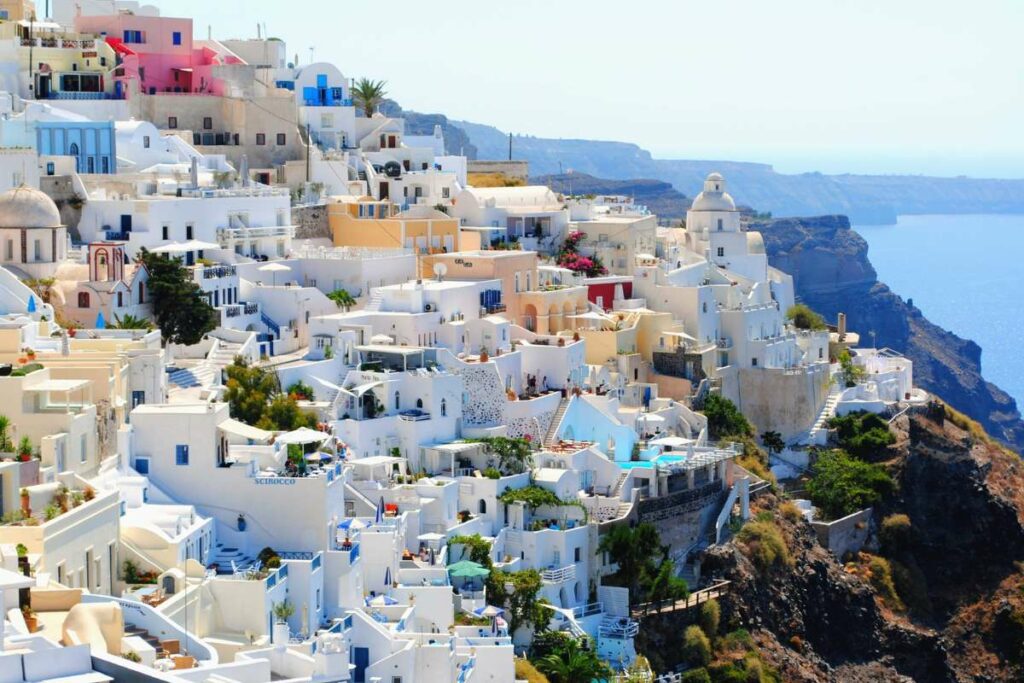
Add on Scandinavia & Finland (21 days)
How to slot Scandinavia into the itinerary: You could kick off the Scandinavia add on by heading to Copenhagen after Berlin and before Amsterdam. At the end you’d need to fly from Helsinki back to Amsterdam to continue with the last few stops (or to wherever else you want to go).
If you’ve got lots of time left from skipping some of the earlier spots, you could connect it without flying by adding on the Baltic countries (info on them below), then reaching Poland by bus (a Poland add on is below as well) and connecting from there to Berlin.
Best for: Outdoor enthusiasts, anyone who loves a view, travellers who can afford more expensive destinations
👉🏼 P.S. Check out my detailed three week Scandinavia itinerary for more info on all of these places
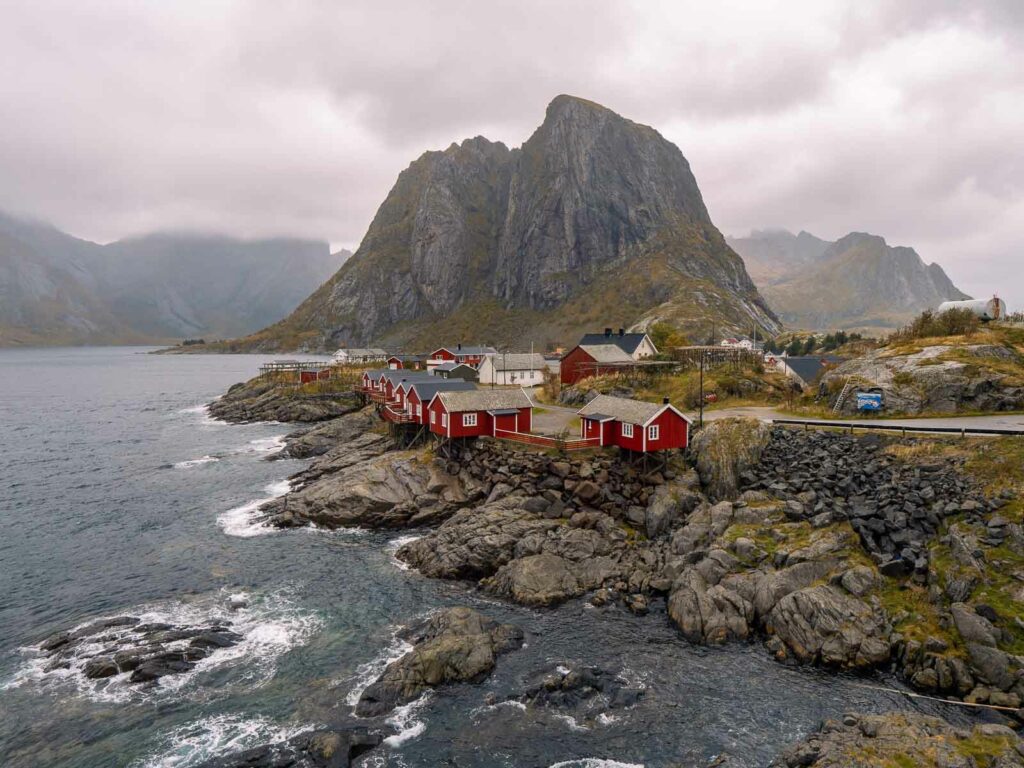
Copenhagen
How to get from Berlin to Copenhagen: Train with an easy stop in Hamburg (about 7h all up) or direct bus (8.5h)
Minimum stay: 3 days
Copenhagen highlights: Nyhavn’s colourful harbour houses, Tivoli Gardens for rollercoasters and whimsical decorations, a canal cruise, Amalienborg Palace, Christiansborg Palace, the Round Tower and Freetown Christiania.
Where to stay in Copenhagen: Next House Hostel (⭐ $), CityHub Copenhagen (⭐ $), Bryggen Guldsmeden (⭐ $$), Manon Les Suites ($$$)
👉🏼 Read more: The ultimate solo travel guide to Copenhagen
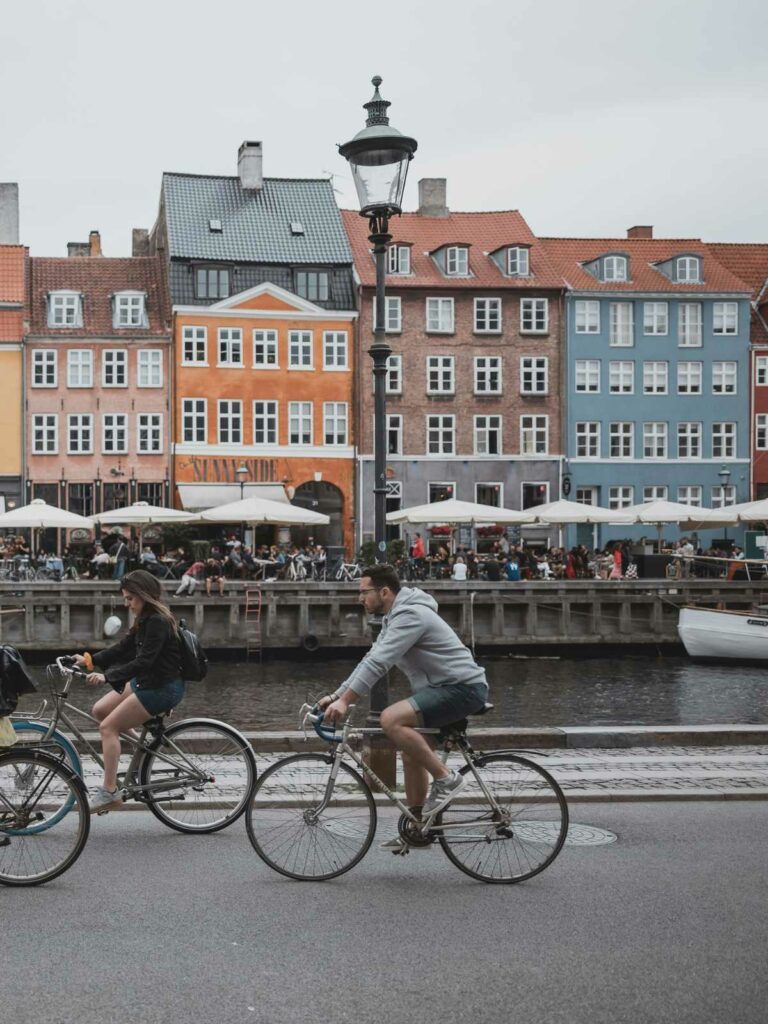
Oslo
How to get from Copenhagen to Oslo: Train to Gothenburg (3h 30m) and then train to Oslo (3h 50m)
Minimum stay: 1 day
Oslo highlights: Not my favourite city, very expensive, but a necessary overnight stay before the magical southern fjords. Visit the Nobel Peace Centre, eat at Mathallen Food Hall, head to the Oslo Opera House roof for harbour views and wander the historic grounds of Akershus Fortress.
Where to stay in Oslo: K7 Hotel (⭐ $), Bob W Sentralen (⭐ $$), The Thief ($$$)
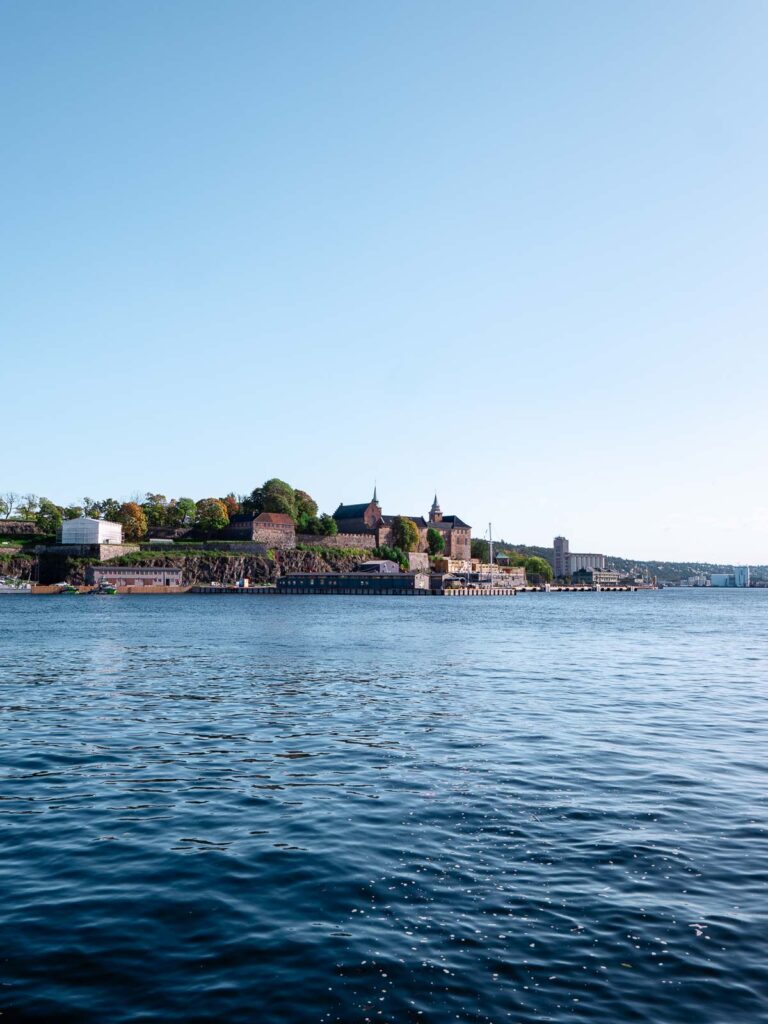
Flåm
How to get from Oslo to Flåm: Train to Myrdal (5h), then you catch the iconic Flåm Railway to Flåm village (just under an hour)
Minimum stay: 1 day
Flåm highlights: The train ride itself is a Norway must-do, take a scenic fjord cruise on an electric boat or a Fjordsafari for a more thrilling boat trip, head to Stegastein viewpoint, zoom down Scandinavia’s longest zipline and rest your muscles in a fjord-side sauna.
Where to stay in Flåm: Flåm Hostel and Flåm Camping & Cabins (⭐ $, they’re on the same site), Flåmsbrygga ($$), Wangen Apartments AS ($$$)
👉🏼 For more info on Flåm and Bergen, read this: The perfect four day Norway itinerary
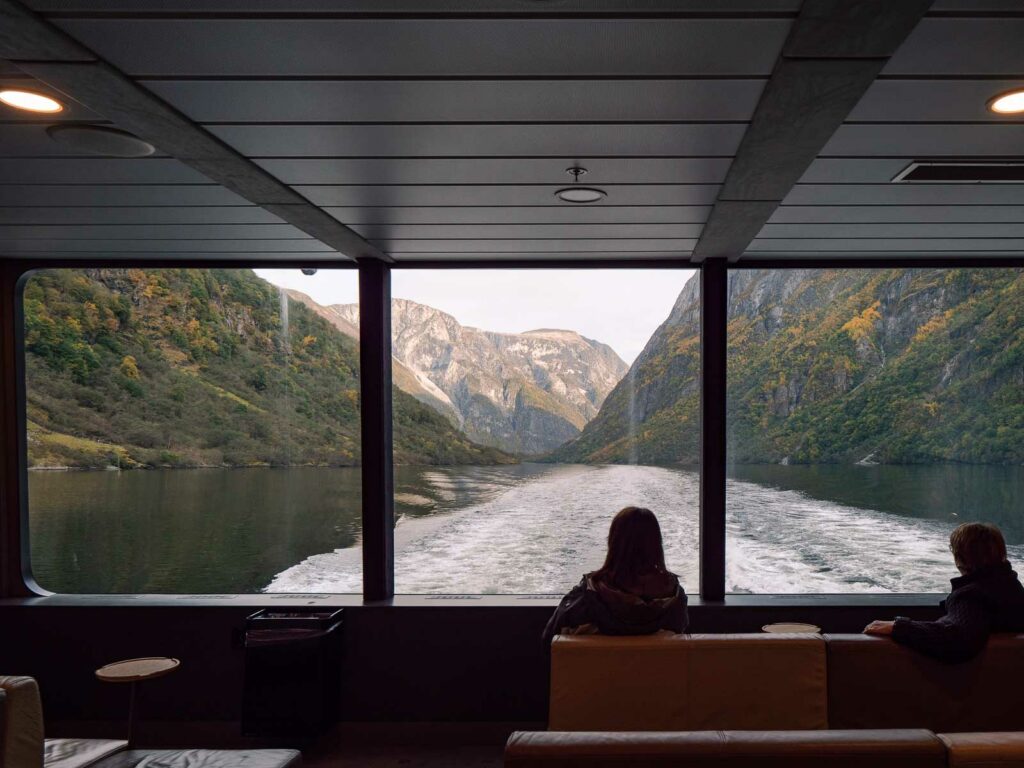
Bergen
How to get from Flåm to Bergen: Two options!
- Go back the same way you came with the train to Myrdal (1h), then rejoin the train from Oslo which will take you to Bergen (2h-2h 20m)
- (What I recommend) Catch the scenic Nærøyfjord cruise to Gudvangen, then a bus transfer to Voss station (on the train line) where you can jump on the train to Bergen. This sounds confusing but it’s a popular tourist route and it’s clear where to go, plus there’s space for luggage.
Minimum stay: 2 days
Bergen highlights: Mount Fløyen funicular, Bryggen walking tour, fjord cruise, fresh seafood, Mount Ulriken hike and get amongst the nightlife.
Where to stay in Bergen: City Hotel Bergen (⭐ $, very basic but great location), Klosterhagen Hotel ($$), Opus 16 ($$$)
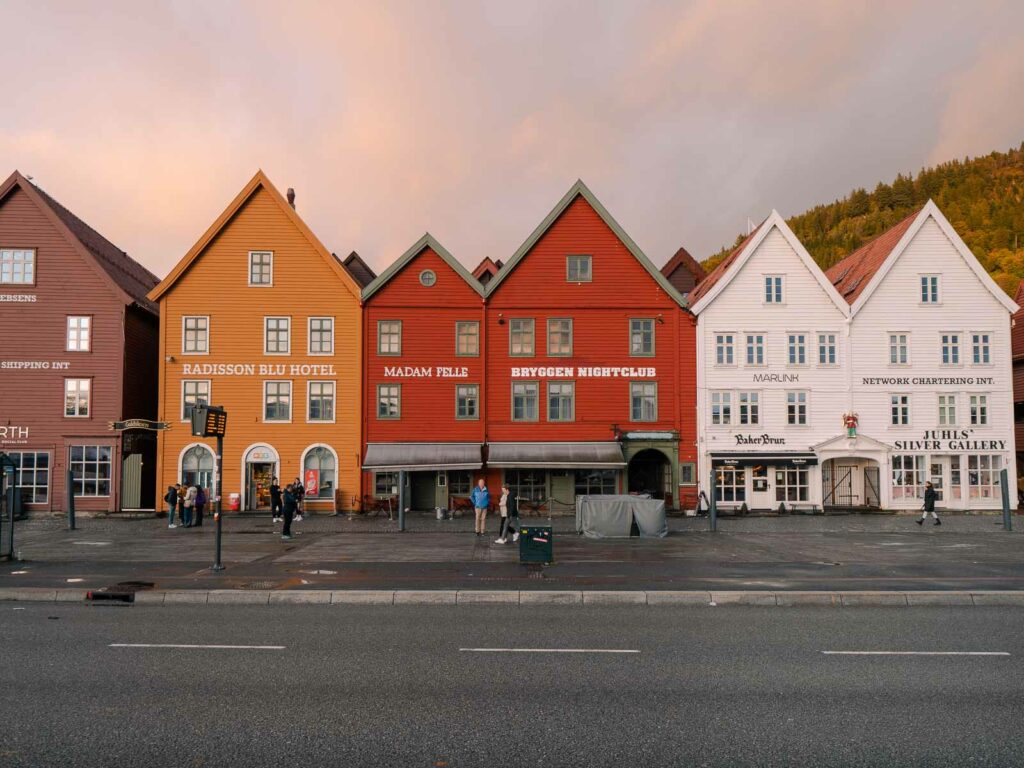
Coastal cruise
The most scenic way to travel Norway’s wild and rugged coastline is by a sustainable cruise. This part of the world is leading the charge with eco-friendly cruise ships (which is no easy feat), and there are two cruise operators to choose from:
- Havila Voyages is the newcomer with brand new, sustainable ships
- Hurtigruten is the OG of Norway coastal cruises and now run epic expeditions worldwide
You can cruise from Bergen all the way to the northern tip of Norway, Kirkenes, where you could fly to your next stop, or you could disembark at Trondheim, Lofoten Islands or Tromsø to be able to use buses and trains to reach Stockholm.
For the sake of simplicity, this itinerary assumes you disembark in the Lofoten Islands.
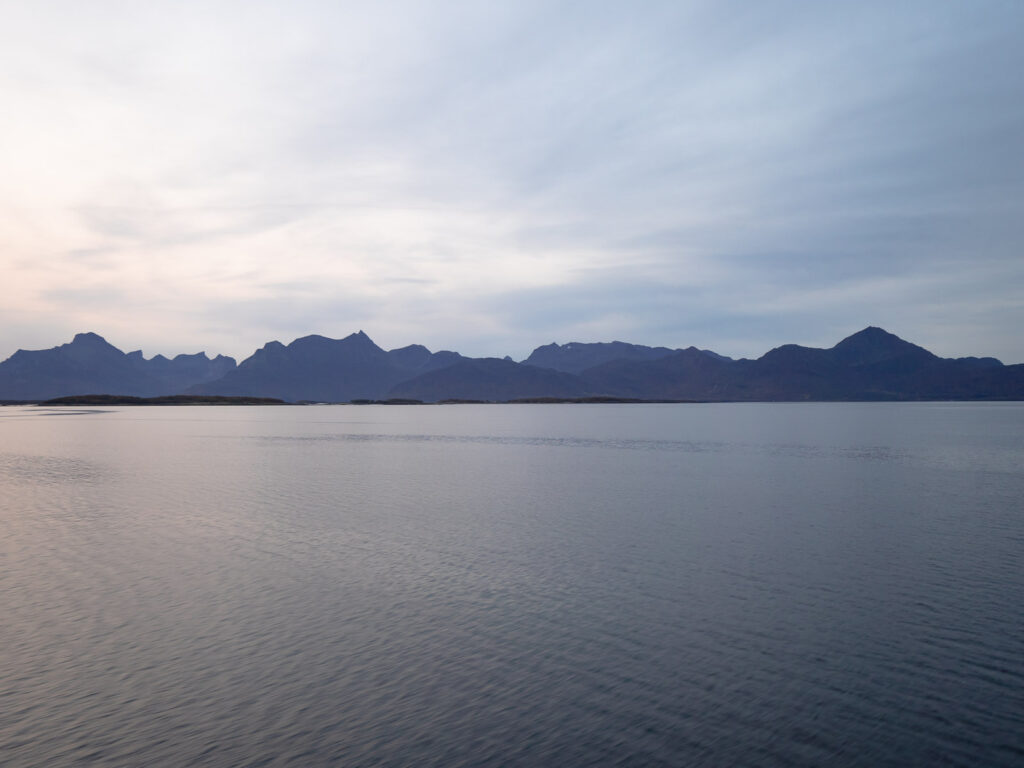
Lofoten Islands
How to get to the Lofoten Islands: The Havila Voyages or Hurtigruten cruises will ship you all the way from Bergen to Svolvær, the main hub of the Lofoten Islands.
Minimum stay: 3 days
Lofoten Islands highlights: See the Northern Lights, find the best photo spots with Lofoten Lights, visit traditional fishing villages with their stilted red huts, surf at Arctic beaches, spot whales and sea eagles, hike some of the most epic hiking trails in the world.
Where to stay in the Lofoten Islands: FURU Hostel ($), Lofoten Rorbuer (⭐ $$), Lofoten Suiteapartments ($$$)

Stockholm
How to get from the Lofoten Islands to Stockholm: This is one of my favourite overland journeys in Europe, it’s long but it’s an adventure! Catch the bus from Svolvær to Narvik (around 4h) and enjoy insane views the whole way, then you’re going to catch a 19 hour (!!!) sleeper train from Narvik to Stockholm. The first couple of hours of the trip are spectacular, some of the best train views I’ve ever seen.
Minimum stay: 3 days
Stockholm highlights: Gamla Stan, ABBA Museum, AVICII Experience, metro station art installations, a kayak trip or cruise through the archipelago, Södermalm thrift shops, Drottningholm Palace and its gardens
Where to stay in Stockholm: City Backpackers Hostel ($), Backstage Hotel ($$), Ett Hem ($$$)

Helsinki
How to get from Stockholm to Helsinki: Catch the Silja Ferry, another journey that’s an adventure of its own. It’s about 16-17h on a massive cruise ship complete with a range of dining options, an entertainment lounge, a casino, a wellness area with hot tubs, and duty free shopping!
Minimum stay: 1 day
Helsinki highlights: Helsinki Cathedral, Temppeliaukio Church, National Library of Finland, Uspenski Church, Löyly sauna, Cafe Regatta, Suomenlinna Fortress.
Where to stay in Helsinki: UNITY Helsinki (⭐ $$)
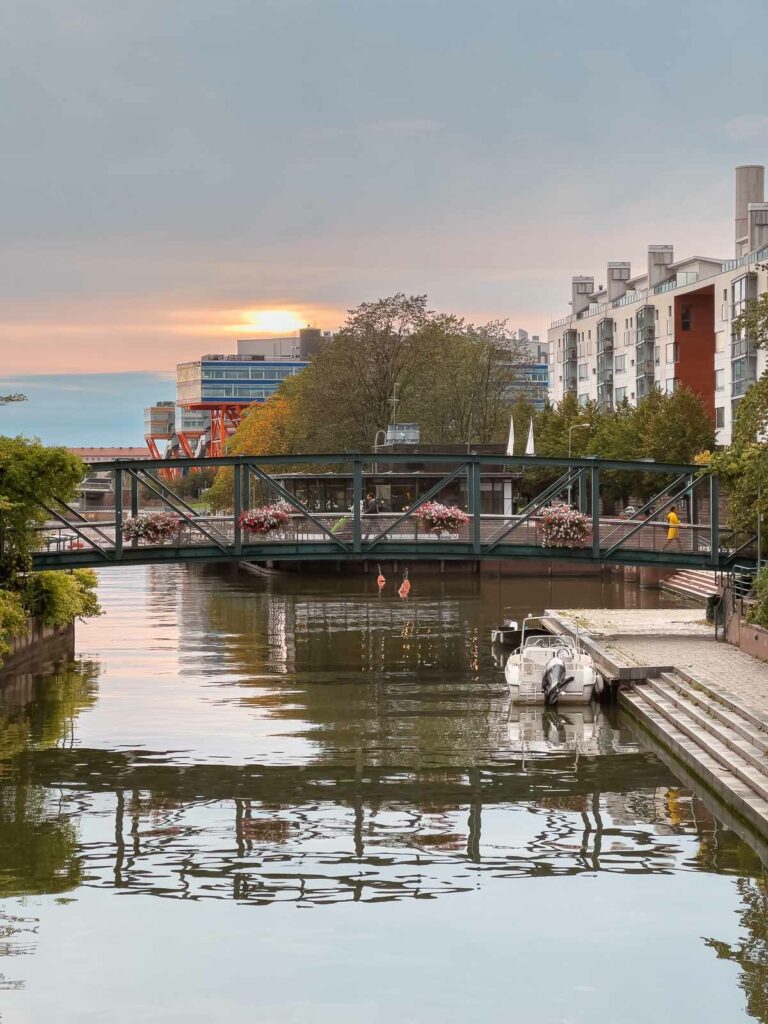
Rovaniemi
How to get from Helsinki to Rovaniemi: Direct train, the day train is about 8h or there’s a sleeper train that takes just under 12h
Minimum stay: 3 days
Rovaniemi highlights: Aurora chasing, Santa Claus Village, ethical husky safaris, snowmobiling, Ranua Wildlife Park, frozen waterfalls at Korouoma Canyon.
Where to stay in Rovaniemi: Santa’s Hotel Santa Claus (⭐ $$), Santa’s Igloos Arctic Circle (⭐ $$$ but a bucket list stay!)

Add on the Baltics
How to slot the Baltics into the itinerary: They can be easily linked with the Scandinavia add on above (ferry from Helsinki to Tallinn) or the Poland add on below (bus from Warsaw to Vilnius), otherwise it’s best to fly in or out as they’re pretty far from the core itinerary.
Best for: Budget travellers, anyone keen to get a bit off the tourist trail, those who love learning about new cultures
Tallinn
How to get from Helsinki to Tallinn: An easy ferry, about 2h-2h 30m
Minimum stay: 3 days
Tallinn highlights: The medieval Old Town and colourful Town Square, Toompea Castle, Alexander Nevsky Cathedral, Kadriorg Park, the maritime museum, the Estonian Open Air Museum, St Olaf’s Church.
Where to stay in Tallinn: Imaginary Hostel ($), Taanilinna Hotell ($$), Schlössle Hotel ($$$)
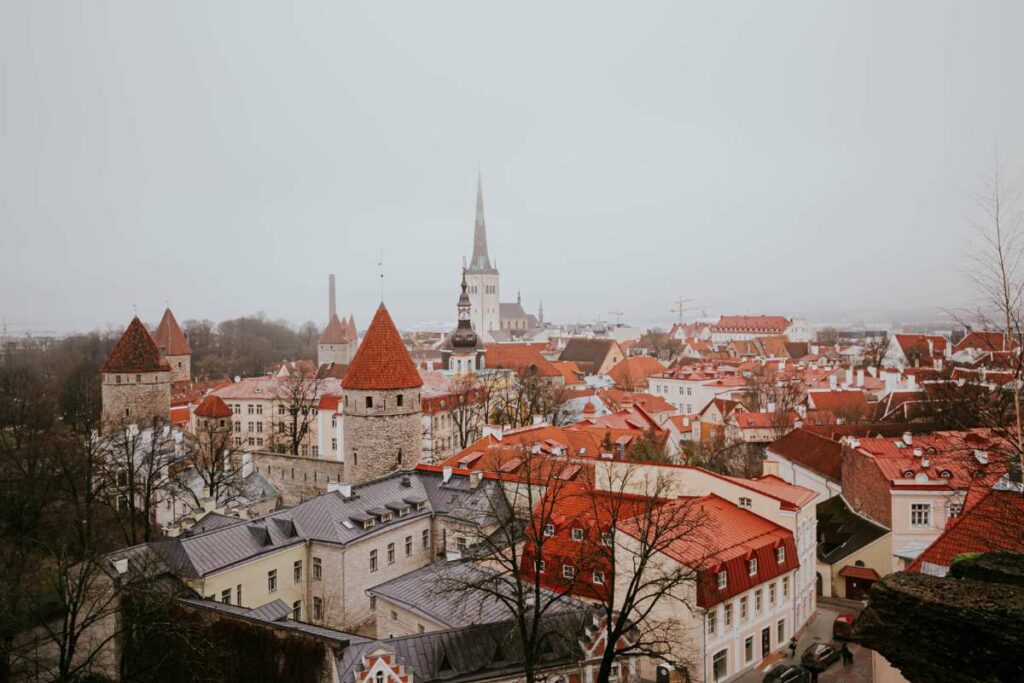
Riga
How to get from Tallinn to Riga: Direct bus, about 4h 30m
Minimum stay: 3 days
Riga highlights: St Peter’s Church, Town Hall Square, the House of The Blackheads, Dome Square and Cathedral, the Swedish Gate, Albert Street’s art nouveau architecture, Riga Central Market, Bastion Hill and Soviet history.
Where to stay in Riga: Blue Bird Hostel ($), Metropole Hotel ($$), A22 Hotel ($$$)
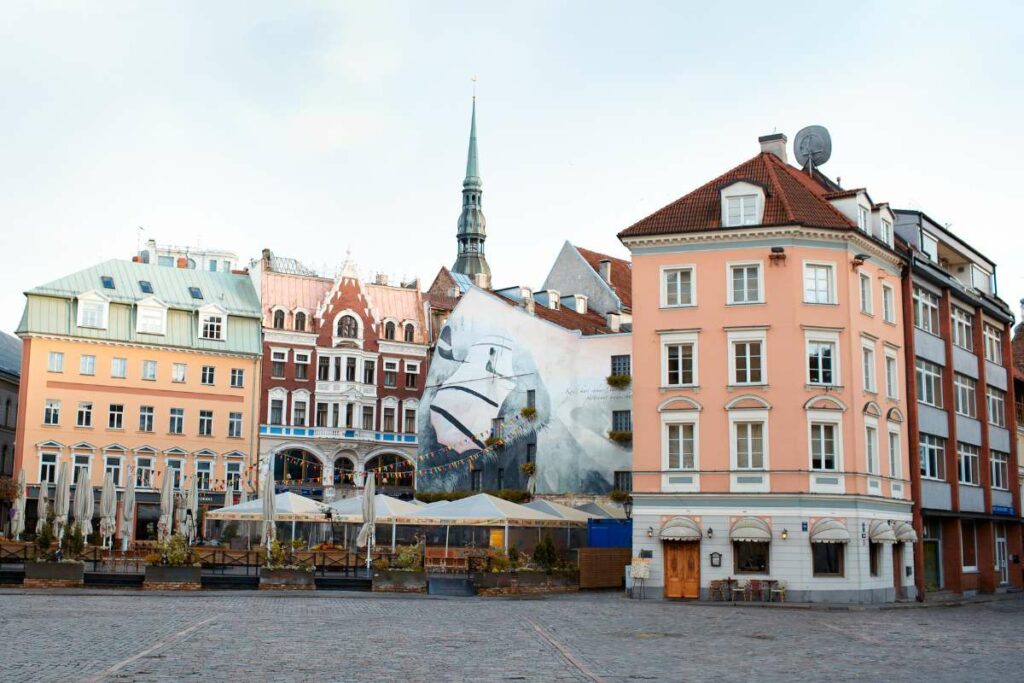
Vilnius
How to get from Riga to Vilnius: Direct train, about 4h 20m
Minimum stay: 3 days
Vilnius highlights: Pilies Street, Gediminas’ Tower, the Glass Quarter, Paupys Market food hall, MO Museum, the Museum of Occupations and Freedom Fights, Open Gallery, the Church of St Anne, the Basilica of St Stanislaus, and the Vilnius University Botanical Garden.
Where to stay in Vilnius: Downtown Forest Hostel & Camping ($), ROOMA Apartments ($$), Hotel Pacai ($$$)
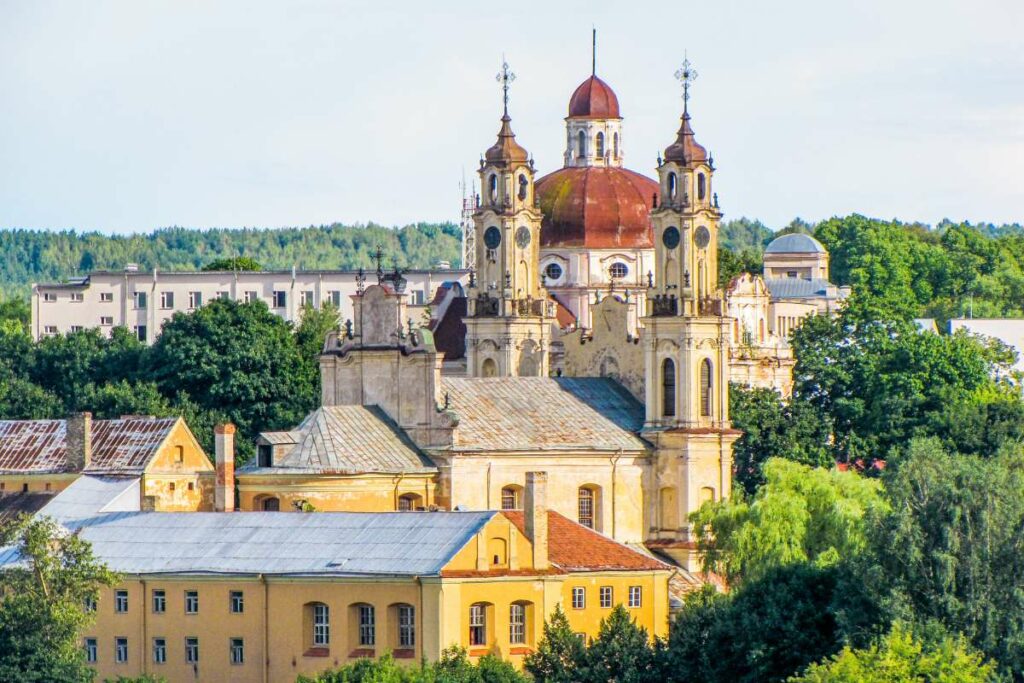
Add on Poland
How to slot Poland into this itinerary: An easy detour between Prague and Berlin
Best for: Foodies, history lovers, bargain hunters
👉🏼 P.S. Check out my detailed two week Poland itinerary for more info on all of these places
Wrocław
How to get from Prague to Wrocław: Direct bus, 4h-4h 30m
Minimum stay: 2 days
Wrocław highlights: The gorgeous Market Square, the famous dwarf statues hidden around the city, Gothic cathedrals, Wrocław University Museum, a thriving nightlife and entertainment scene.
Where to stay in Wrocław: Basecamp Wrocław (⭐ $), Old Town Haston ($$), The Bridge Wrocław ($$$)
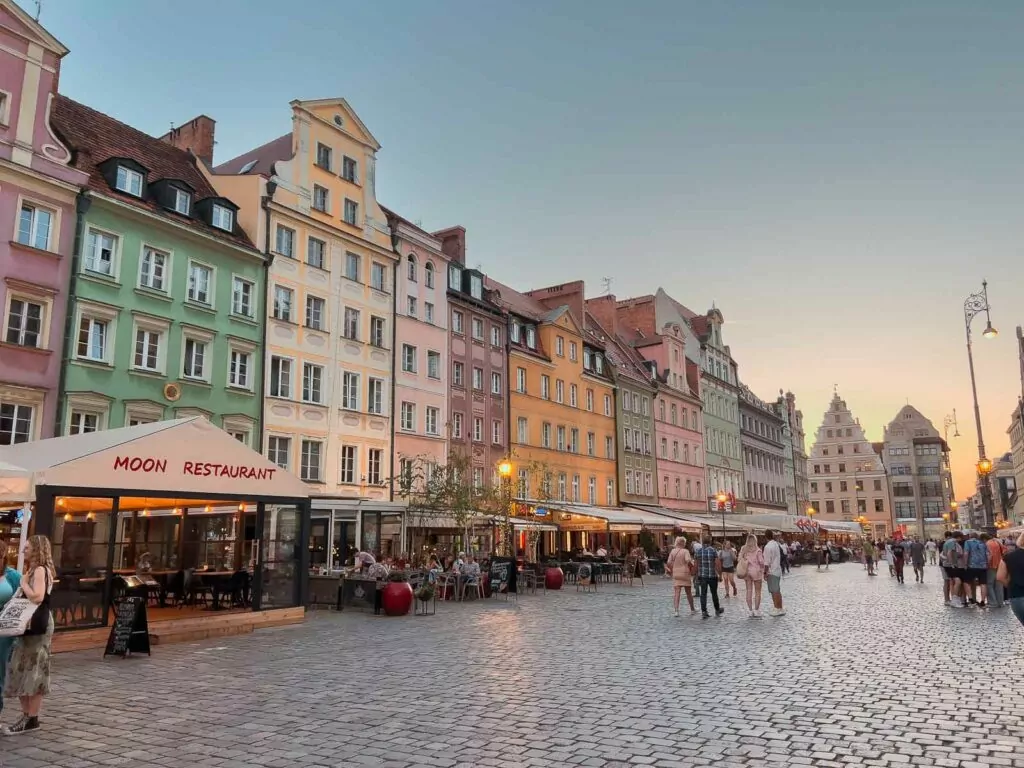
Kraków
How to get from Wrocław to Kraków: Direct train, around 3h
Minimum stay: 4 days
Kraków highlights: The UNESCO-listed Old Town with Cloth Hall, St Mary’s Basilica and the Town Hall Tower, the cultural hub of the Jewish Quarter, Wawel Royal Castle, a river cruise, a sombre but necessary day trip to Auschwitz-Birkenau, and Oskar Schindler’s Enamel Factory.
Where to stay in Kraków: Ginger ApartHostel (⭐ $), Meyo Apartments (⭐ $$), PLANTONIA Aparthotel (⭐ $$), Stradom House ($$$)
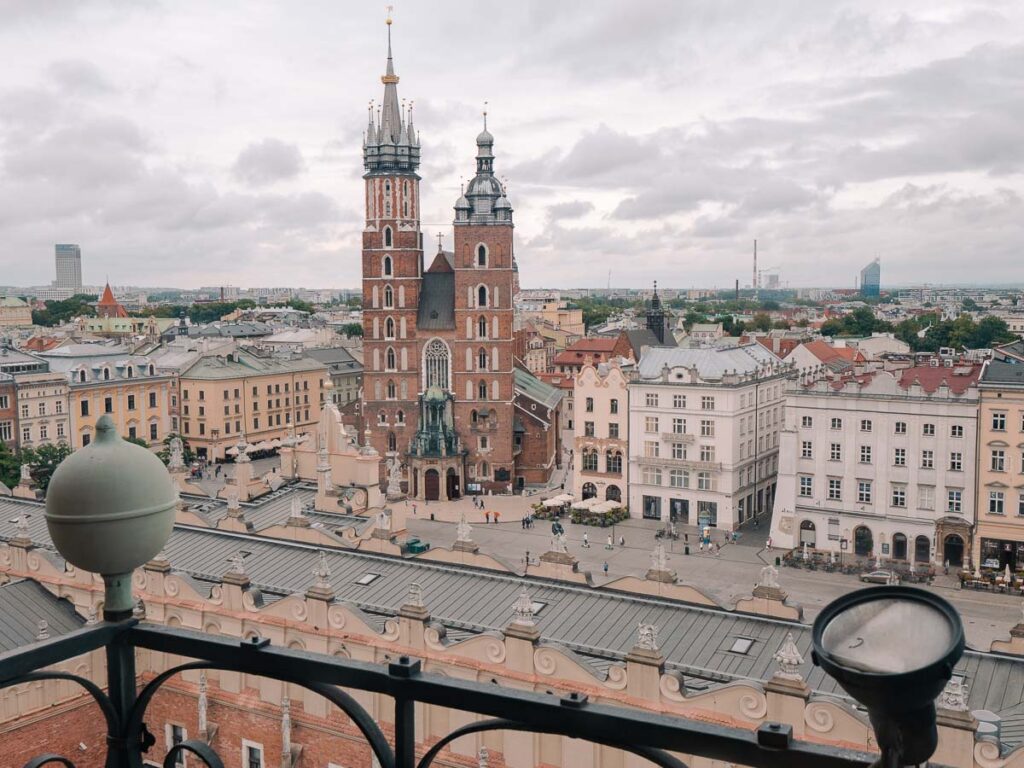
Zakopane
How to get from Kraków to Zakopane: About 2h 20m by train or bus
Minimum stay: 2 days
Zakopane highlights: Hiking in summer and skiing in winter, Kasprowy Wierch cable car, Gubałówka funicular, thermal baths, the good vibes of Krupowki Street, unique cuisine and their local smoked cheese called Oscypek.
Where to stay in Zakopane: Willa Cyrek ($), Willa Belmont ($$), Villa T Apartments & SPA (⭐ $$$)
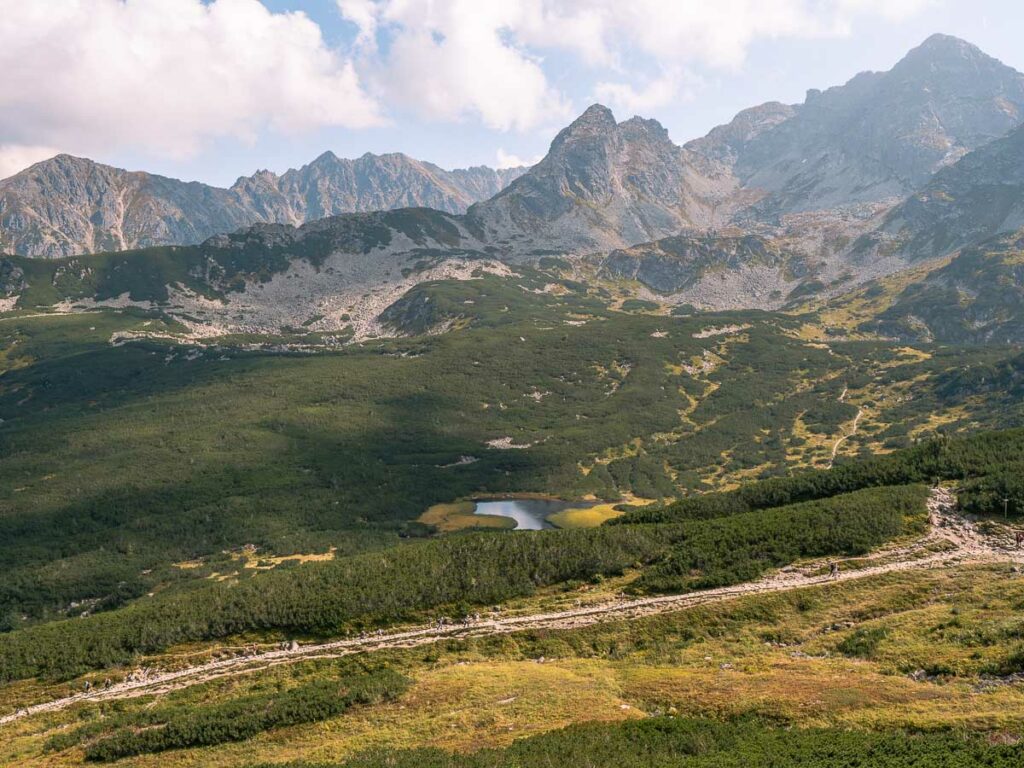
Warsaw
How to get from Zakopane to Warsaw: About five hours by train with an easy change in Kraków
Minimum stay: 3 days
Warsaw highlights: The Old Town which was reconstructed after immense war damage, Warsaw Rising Museum, POLIN Museum, the observation platform of St. Anne’s Church, Royal Castle, Royal Łazienki Park, Wilanów Palace.
Where to stay in Warsaw: Safestay Warsaw Old Town (⭐ $), Movo Old Town Apartments ($$), Raffles Europejski Warsaw ($$$$)
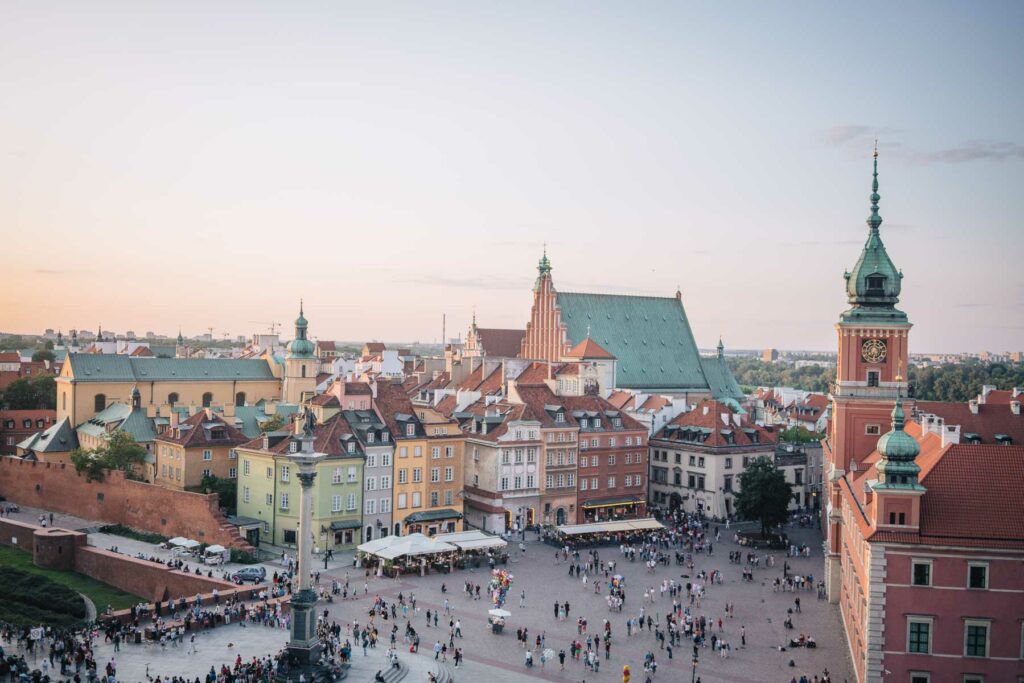
Gdańsk
How to get Warsaw to Gdańsk: A direct train, around 2h 30m
Minimum stay: 3 days
Gdańsk highlights: The view from St Mary’s Church Tower or Town Hall Tower, the European Solidarity Centre, the WWII Museum, the National Maritime Museum, a kayak tour or boat trip, the St Mary’s Street gargoyles, and day trips to Gdynia and Sopot.
Where to stay in Gdańsk: Olympic Hostel ($), M&J Apartments (⭐ $$), Hotel Gdańsk Boutique ($$$)

Add on Spain and Portugal
How to slot Spain and Portugal into this itinerary: Best to fly into Porto and start there, that way the add on can link seamlessly with Barcelona and you can continue with the core itinerary
Best for: Summer lovers, culinary connoisseurs and culture seekers
Porto, Portugal
How to get to Porto: Fly here to kick off your three month Europe itinerary (or do it the other way round and end in Porto instead)
Minimum stay: 2 days
Porto highlights: The colourful Ribiera district, Igreja de Santo Ildefonso, Igreja do Carmo and Capela das Almas, the tiles at São Bento railway station, Dom Luis I Bridge for river views, port tasting at Calem Cellars, a Douro River cruise, delicious pasteis de nata and the Livraria Lello bookshop.
Where to stay in Porto: Selina Porto (⭐ $), aDuquesa Guesthouse ($$), Maison Albar Hotels Le Monumental Palace ($$$)
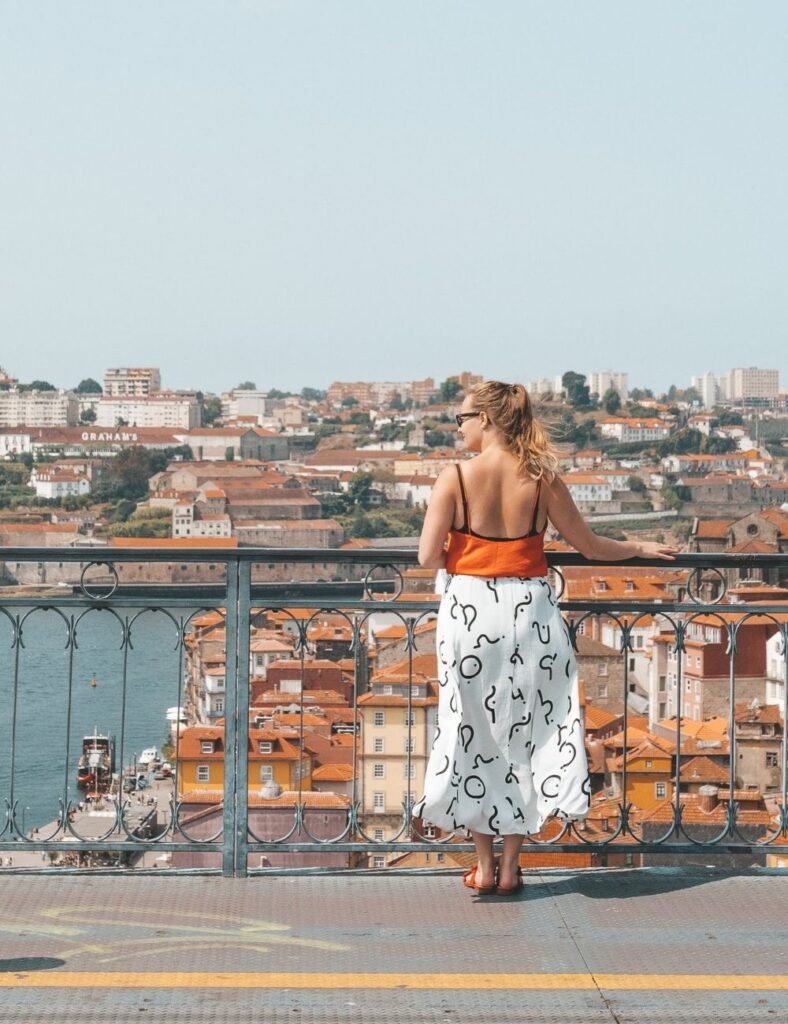
Lisbon, Portugal
How to get from Porto to Lisbon: Direct bus or train, 2h 50m-3h 20m
Minimum stay: 3 days
Lisbon highlights: Belém Tower and Jerónimos Monastery, a night out in Bairro Alto, São Pedro de Alcâtara, catch a Lisbon tram, the Museum of Art, Architecture and Technology, the National Azulejo Museum, Time Out Market, and a day trip to Sintra for Pena Palace.
Where to stay in Lisbon: The Central House Lisbon Baixa ($), Empire Marquês Hotel ($$), EPIC SANA Lisboa Hotel ($$$)

Algarve, Portugal
How to get from Lisbon to the Algarve: Direct train from Lisbon to Faro, 3h-3h 30m
Minimum stay: 3 days
The Algarve highlights: Praia dos Estudantes, Estrada da Ponta da Piedade, a kayak tour to the Benagil Caves, Praia da Marinha, Camilo Beach, wineries, olive groves and coastal hikes.
Where to stay in the Algarve: Casa da Madalena Backpackers Hostel ($), Mercedes Country House (⭐ $$), Ria Formosa Guest House ($$), 3HB Faro ($$$)
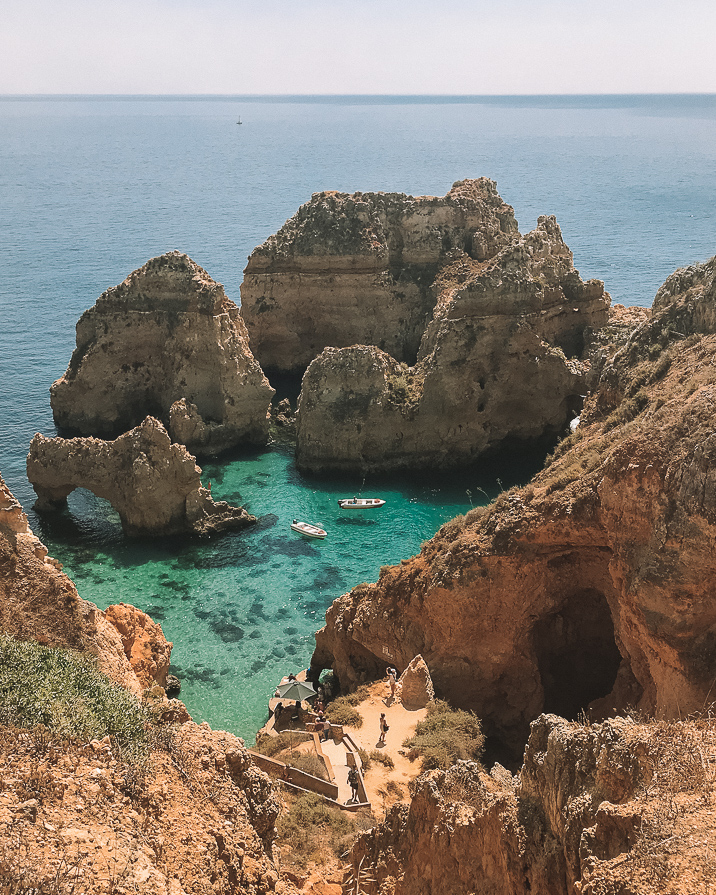
Seville, Spain
How to get from Faro to Seville: Direct bus, 2h 30m-3h
Minimum stay: 2 days
Seville highlights: The Royal Alcázar of Seville, Seville Cathedral and its bell tower, Plaza de España, a flamenco show, María Luisa Park, Andalusian cuisine, Setas de Sevilla and Casa de Pilatos.
Where to stay in Seville: The Nomad Hostel&Pension ($), abba Sevilla ($$), Hotel Casa Palacio Don Ramón ($$$)
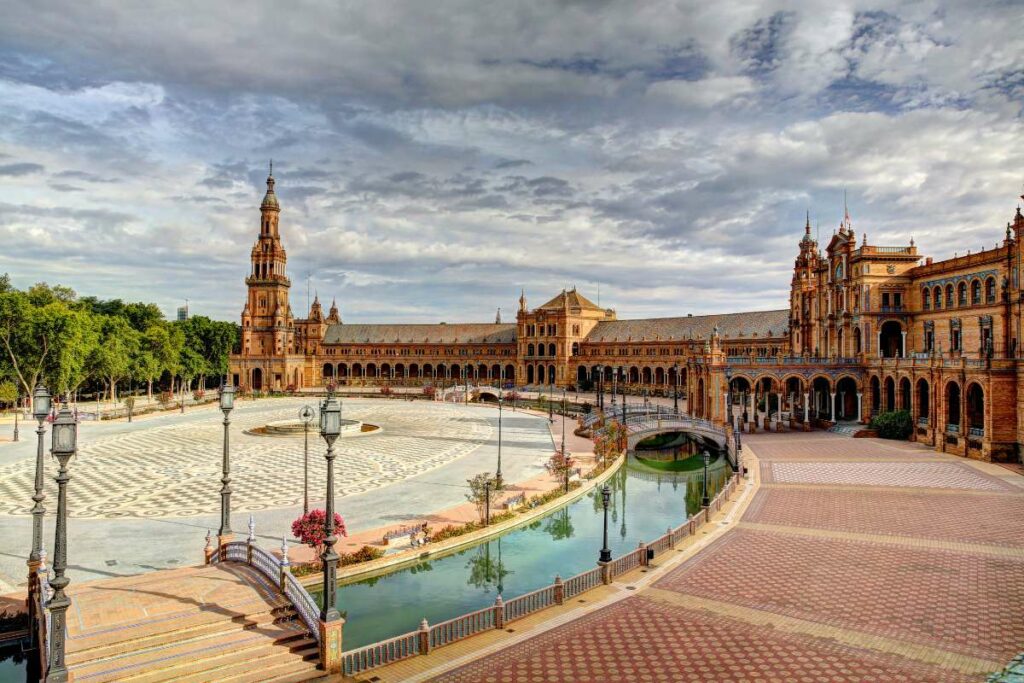
Granada, Spain
How to get from Seville to Granada: Direct train, 2h 30m-3h
Optional stops on the way: Malaga or Cordoba
Minimum stay: 2 days
Granada highlights: The spectacular Alhambra, Granada Cathedral, the Generalife Gardens, the Moorish quarter, Royal Chapel of Granada, Monastery of San Jerónimo, rest your body and soul in a traditional Hammam, hiking in the Sierra Nevada National Park.
Where to stay in Granada: Black Swan Hostel ($), Hotel Sacromonte ($$), Palacio Gran Vía ($$$)

Madrid, Spain
How to get from Granada to Madrid: Direct train or one stop, 3h 40m-4h 10m
Minimum stay: 3 days
Madrid highlights: The Palacio Real, Museo Nacional Centro de Arte Reina Sofía, Museo Nacional del Prado, Thyssen-Bornemisza Museum, Plaza Mayor, El Retiro Park, Mercado de San Miguel, National Archaeological Museum, Sorolla Museum, Catedral de la Almudena.
Where to stay in Madrid: The Central House Madrid Lavapiés ($), Far Home Atocha ($), nQn Aparts & Suites Madrid ($$), VP Plaza España Design ($$$)
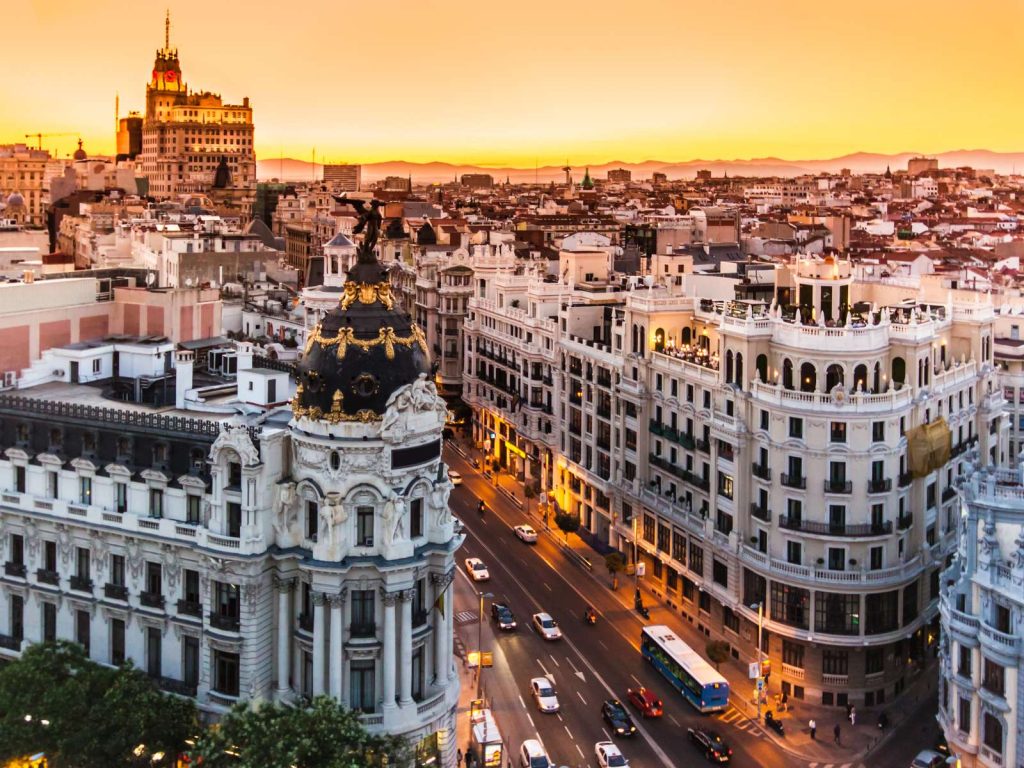
Valencia, Spain
How to get from Madrid to Valencia: Direct train, 1h 50m
Minimum stay: 3 days
Valencia highlights: Plaza de la Virgen and Valencia Cathedral, La Lonja de la Seda, the dynamic Barrio del Carmen neighbourhood, City of Arts and Sciences Monuments, Museu de Belles Arts, Iglesia de San Nicolas, the Ceramics Museum, the surf beaches and nearby Albufera Nature Park.
Where to stay in Valencia: NAP v ($), Soho Valencia ($$), MYR Palacio Vallier ($$$)
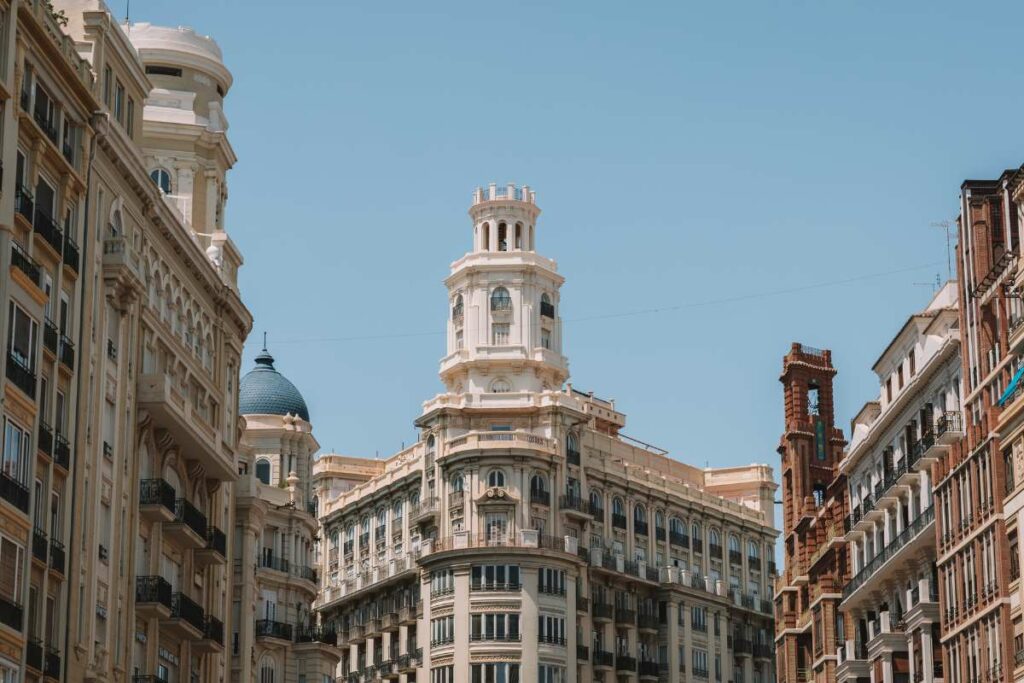
Some random France add ons
The core itinerary only includes Narbonne, Nice and Paris, but there are many more beautiful places to visit in France if you’re keen to explore further.
Bordeaux
Best for: Red wine drinkers
How to slot Bordeaux into the itinerary: Direct train from Paris (2h 10m) and either back to Paris to continue, or fly to your next stop
Minimum stay: 3 days
Bordeaux highlights: See the Miroir d’eau at Place de la Bourse, visit Cathédrale Saint-André de Bordeaux, learn about wine at La Cité du Vin, pack a picnic for Jardin Public, marvel at the Bassins des Lumières art exhibition.
Where to stay in Bordeaux: Central Hostel ($), Residhome Bordeaux ($$), Le Palais Gallien Hôtel & Spa ($$$)
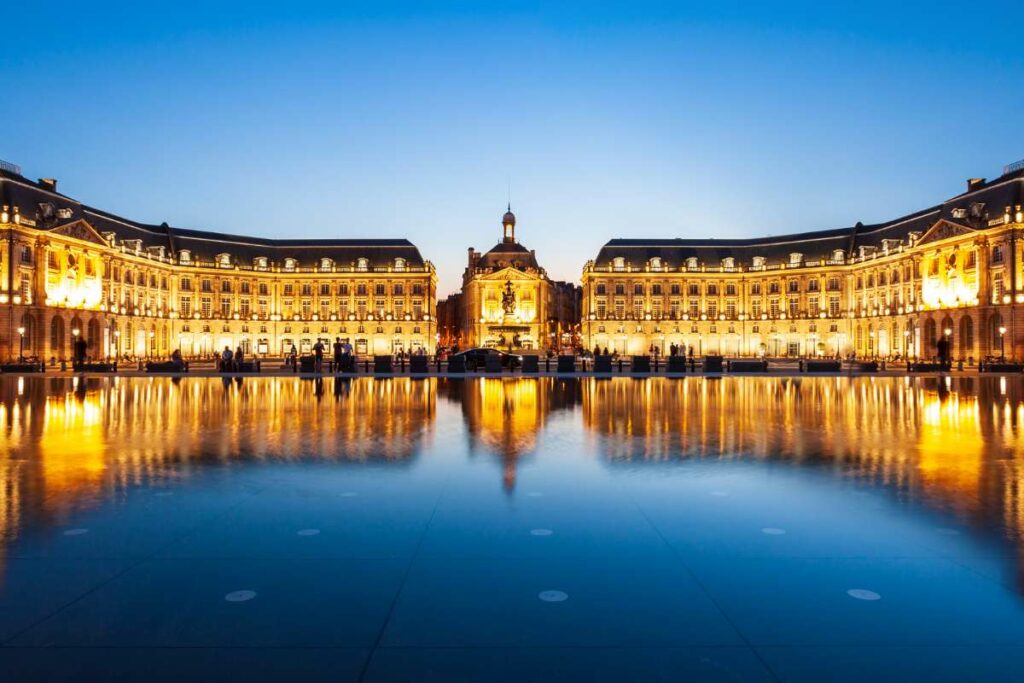
Lyon
Best for: Gastronomes
How to slot Lyon into the itinerary: Direct train from Paris, around 2h, or you could link it with Switzerland (less than 2h from Geneva)
Minimum stay: 2 days
Lyon highlights: Michelin marvels, food markets like Les Halles de Lyon Paul Bocuse, Vieux Lyon (old town), Basilica of Notre-Dame de Fourvière and Fourvière Hill, Musée des Confluences, Musée des Beaux-Arts and Parc de la Tête d’Or.
Where to stay in Lyon: Pilo Lyon ($), Hôtel Vaubecour ($$), Villa Florentine ($$$)

The Loire Valley
Best for: Wine lovers and anyone looking for a slower paced trip
How to slot the Loire Valley into the itinerary: Easy return trip from Paris to Tours, then local transport or shuttles from there to the castles
Minimum stay: 2 days
Loire Valley highlights: Château de Chambord, Château de Chenonceau, Château de Chenonceau, Château de Villandry, Château de Cheverny, Château de Blois and countless vineyards.
Where to stay in the Loire Valley: The People Tours ($), Castel Fleuri ($$), Les Sources de Cheverny ($$$)
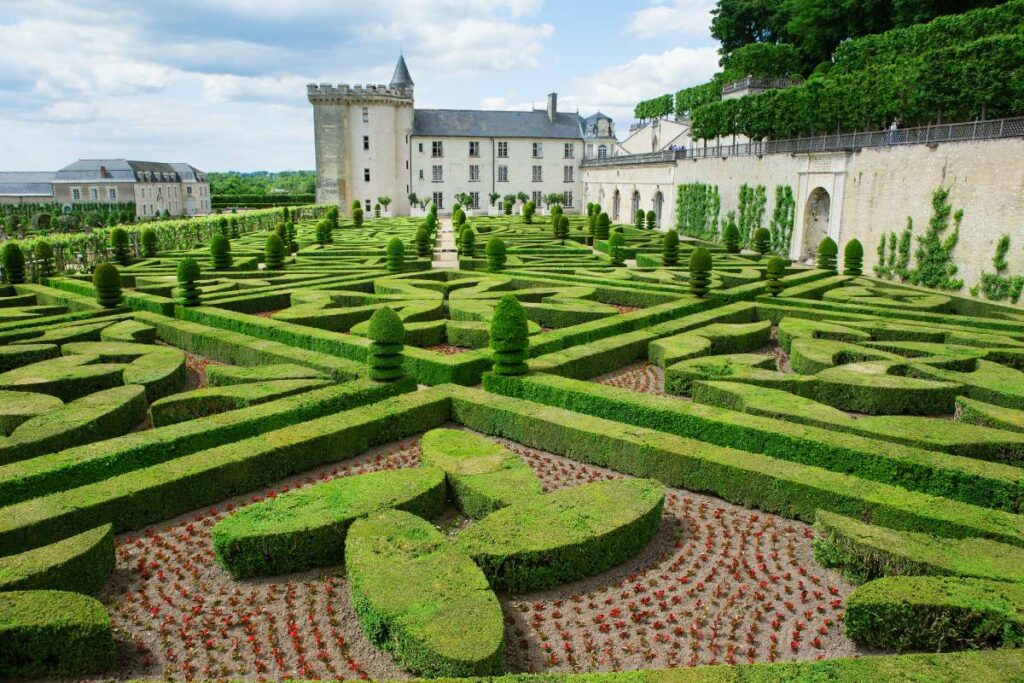
Add on more of the UK & Ireland
How to slot more of the UK & Ireland into the itinerary: From London catch the Caledonian Sleeper night train to Edinburgh, a train/bus/ferry or bus/bus/ferry combo or flight to Belfast, then a bus to Dublin
Edinburgh
How to get from London to Edinburgh: The iconic Caledonian Sleeper night train, the comfiest night train I’ve ever been on (and I have been on a lottttt)
Minimum stay: 3 days
Edinburgh highlights: Explore the historic Royal Mile, visit Edinburgh Castle, watch sunset from Calton Hill and join a free walking tour to learn about the city’s past.
Where to stay in Edinburgh: CoDE Pod ($), Roomzzz Aparthotels (⭐ $$), Cheval Abbey Strand Apartments ($$$)
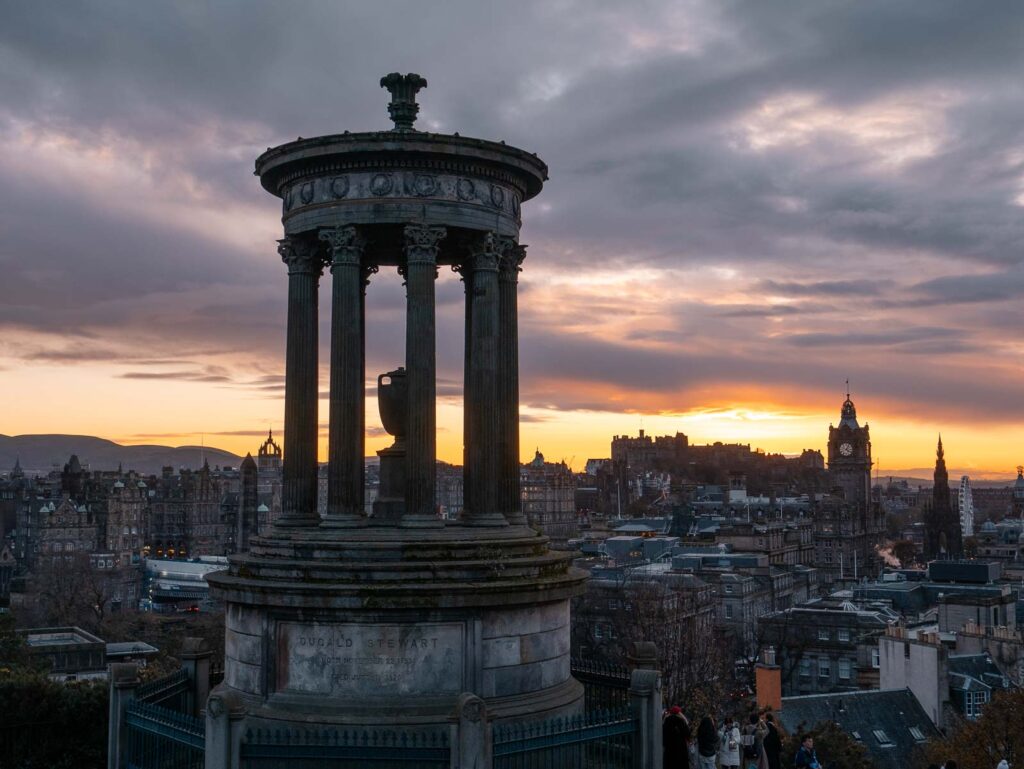
Belfast
How to get from Edinburgh to Belfast: Catch a train to Glasgow, jump on a bus and that bus takes you on the ferry to Belfast, total journey of 7h 15m-8h.
Minimum stay: 2 days
Belfast highlights: Visit the Titanic museum, tour Crumlin Road Gaol, soak up the atmosphere at St. George’s Market and take a Black Taxi Tour to learn about Belfast’s Troubles.
Where to stay in Belfast: Botanical Backpackers ($), The 1852 Hotel ($$), Fitzwilliam Hotel Belfast ($$$)
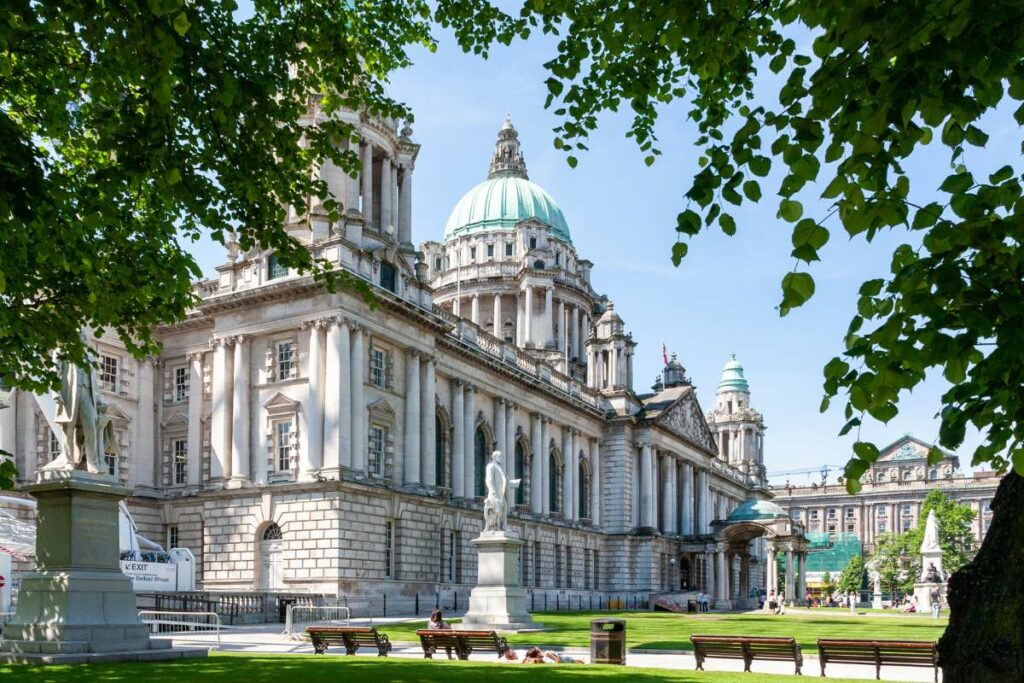
Dublin
How to get from Belfast to Dublin: 2h 15m-2h 30m by bus
Minimum stay: 3 days
Dublin highlights: The Old Library of Trinity College, the Guinness Storehouse, Jameson Distillery tour, Dublin Castle and Temple Bar evening antics.
Where to stay in Dublin: Garden Lane Backpackers (⭐ $), Staycity Aparthotels Dublin City Centre ($$), the Shelbourne ($$$)

Random ad hoc add ons in other places
Bruges, Belgium
How to slot Bruges into the itinerary: Add it in between Amsterdam and Paris, it’s a simple detour off that train line
Minimum stay: 2 days
Bruges highlights: Markt and City Hall, a free walking tour with Legends, boat tour on the canals, climb 366 stairs to the top of the Belfry for the best views, Rozenhoedkaai for the iconic Bruges postcard photo, Groeningemuseum for art enthusiasts, Basilica of the Holy Blood (it supposedly holds some of Jesus Christ’s blood 👀), chocolate shop tastings, and bagels at Sanseveria Bagelsalon.
Where to stay in Bruges: Snuffel Youth Hostel ($), Hotel du Théâtre ($$), Dukes’ Palace Brugge ($$$)

Vienna, Austria
How to slot Vienna into the itinerary: Very easy stop between Budapest and Prague
Minimum stay: 3 days
Vienna highlights: Countless museums, free walking tour with Prime Tours, indulge in Sachertorte at a traditional coffee house, eat your way around Naschmarkt, get your heart racing at Prater theme park, marvel at the State Hall in the National Library, sunset from St Stephen’s Cathedral, visit Hofburg Palace, day trip to Bratislava in Slovakia (50m-1h 20m bus).
Where to stay in Vienna: JO&JOE Vienna (⭐ $), Oliver Apartments ($$), Hotel Sacher Wien ($$$)

Slovenia
How to slot Slovenia into the itinerary: It’s a bit out of the way! A couple of options:
- You could tack it on after Venice (3h 15m-3h 45m to Ljubljana by bus) and then return to Venice and continue with the core itinerary
- If you’re not keen on the Balkans, you could skip them altogether, travel from the Amalfi Coast back up to northern Italy, head to Slovenia from there, and then connect Ljubljana with Budapest (6-7h by bus or bus/train combo)
- If you’re not fussed on the inland Balkans, you could follow the Croatian coast to reach Split, then it’s a 7h 30m-8h 15m bus to Ljubljana from there (with a change in Zagreb which is an easy add on too)
Minimum stay: 4 days for Ljubljana and Lake Bled, longer for the Julian Alps or other hiking
Slovenia highlights: See Ljubljana Castle, Dragon Bridge & Old Town in the capital city, row a boat on Lake Bled, visit Bled Castle, swim in Lake Bohinj, see Predjama Castle, hike in Triglav National Park, chase waterfalls in Vintgar Gorge, loads more outdoorsy adventures!

Malta
How to slot Malta into the itinerary: To reach Malta without flying your only option is to catch a ferry from Sicily, so if you’re not heading that far south in Italy you’ll need to fly.
Minimum stay: 4 days
Malta highlights: Dreamy beaches like the Blue Lagoon, scuba dive-able shipwrecks, St John’s Co-Cathedral and other ancient buildings in Valletta’s old town, a cruise to caves and grottos, war history museums.
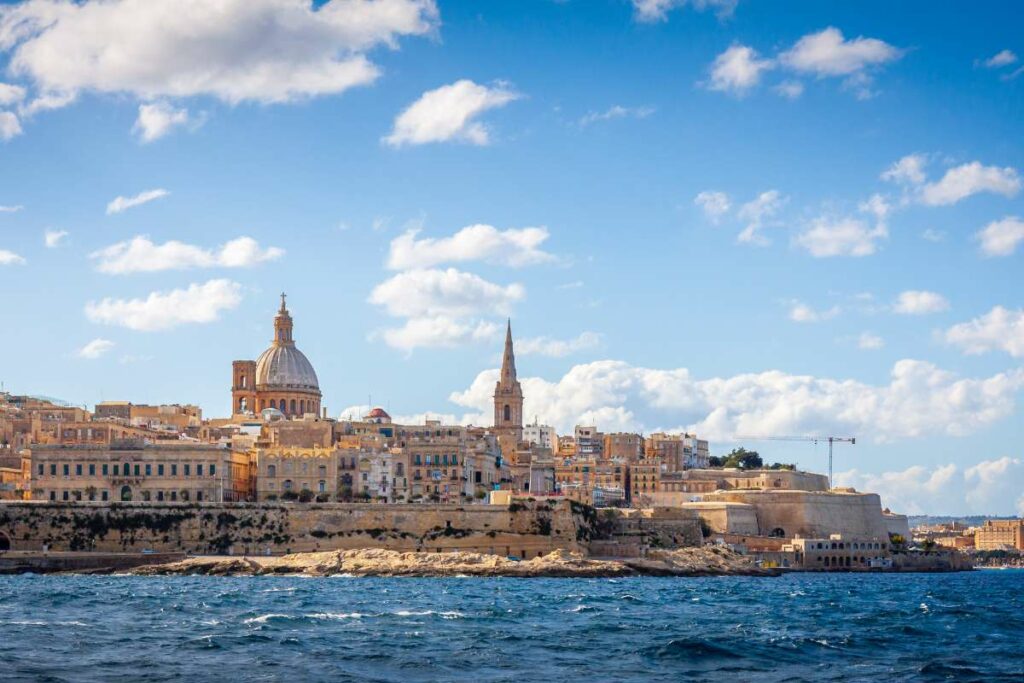
3 month Europe trip itinerary FAQs
Do you need a visa for this 90 day Europe itinerary?
Visa requirements will depend on what passport you have, but if you hold a US, UK, New Zealand, Australia or Canadian passport, you are unlikely to need a visa for this itinerary as long as you keep your days in Schengen countries to 90 or less.
What if I want to spend more than 90 days in Europe?
The Schengen Zone (most countries in Europe) lets you stay visa-free for up to 90 days in any 180 day period. If you plan on staying longer you would either need to apply for a Schengen visa for a longer period, or just spend more time in non-Schengen countries (Albania, UK, Ireland, Montenegro, North Macedonia, Serbia), or you could look into the bilateral agreements between your country and the country you want to visit after the 90 days are up (but they are very confusing, this is the best explanation I’ve seen but it’s NZ-specific so you’ll need to do your own research if you’re on a different passport).
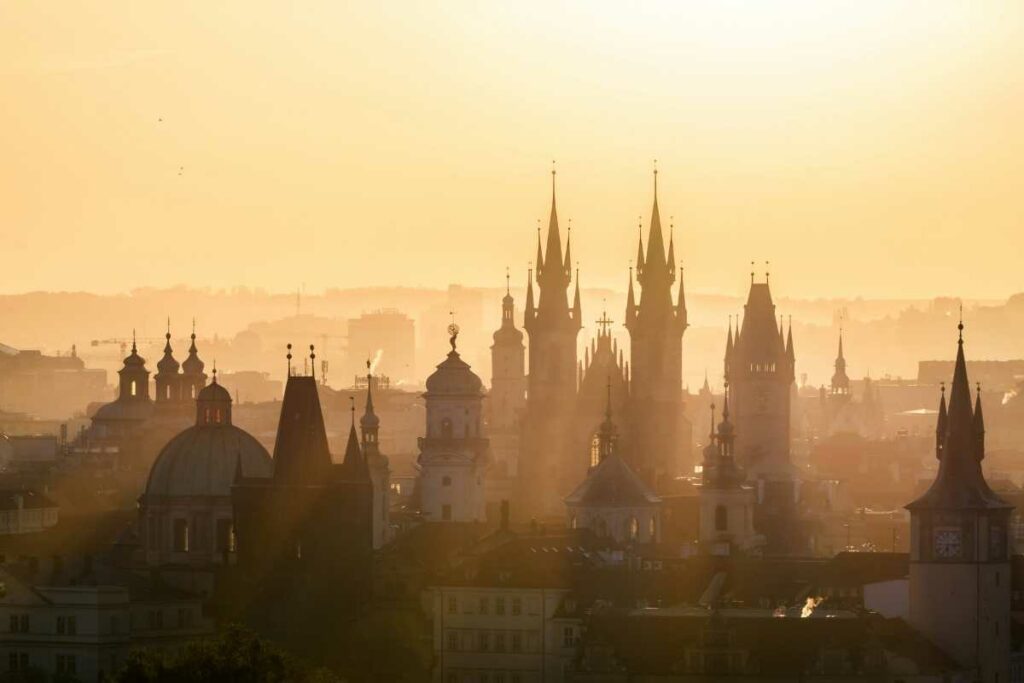
Is Europe safe for solo female travellers?
Europe is a biiiiig place so it will depend on where exactly you’re going, but overall Europe is very safe for solo female travellers. Take precautions to protect yourself from petty crime in big cities, always let someone know if you’re going on a solo adventure in the outdoors, and trust your gut and leave any situation that’s making you uncomfortable.
What should I budget for three months in Europe?
How long is a piece of string? That’s about the same as asking how much will 3 months in Europe cost! Prices vary drastically depending on city, country, season and travel style, but a very rough guide is:
– €25-30 per day for ultra-budget travellers supermarket food, basic accomm and FlixBus (and avoiding Western Europe capitals or Scandinavia)
– €50-60 per day for budget travellers who want some good food, decent hostels, museums and trains over buses
– If you want hotel accommodation and don’t want to skimp too much on experiences, but are travelling in the shoulder season, a budget of €140-160 per day for a solo traveller, or €100-120 per person if you’re splitting accommodation costs with a friend
– High season, expensive countries and pricey experiences like private tours and fancy dining can push this up significantly
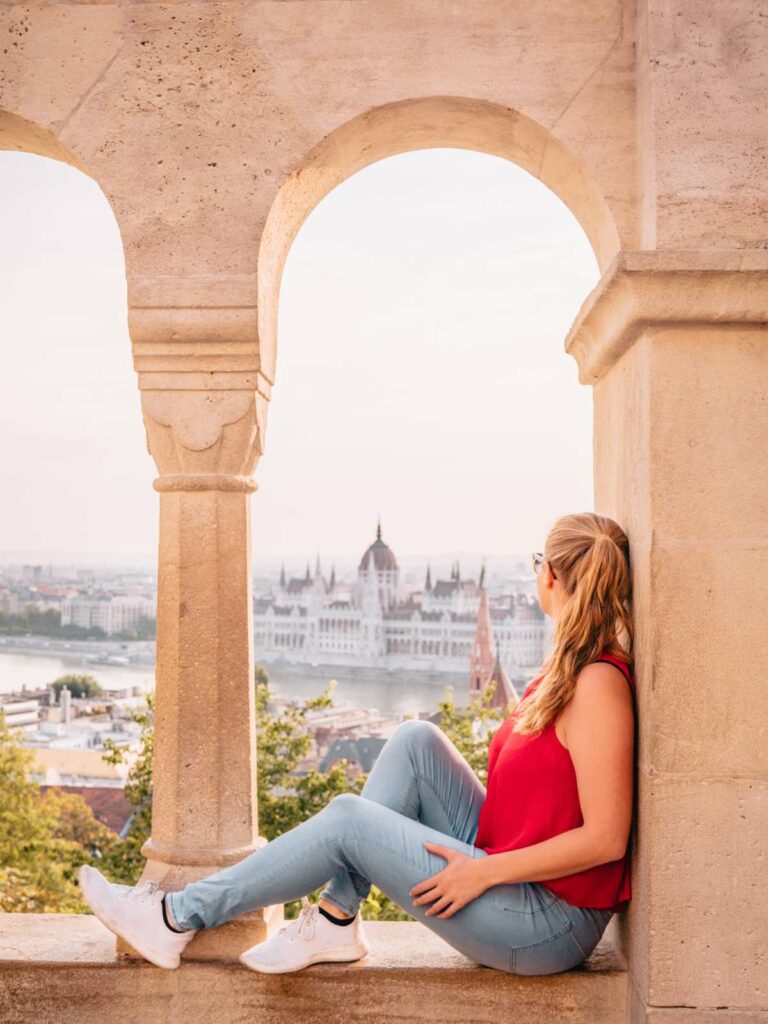
What card should I use for travelling Europe for three months?
I travel with a Wise card and I LOVE it, it offers a brilliant exchange rate (better than most banks and credit cards) and the app makes it so easy to manage different currencies.
I think this is the longest blog post I’ve ever written 🫠 If you have read all the way to the end I would really, really appreciate any feedback in the comments! Did you find this easy to understand? Has it helped you figure out your trip? I know it was insanely long but did it seem like the information was important and what you needed to know?
Any suggestions or if you have any further questions please leave them in the comments and I will get back to you 🙂 thank you so much.
GOT TWO MONTHS INSTEAD OF THREE?
MORE EUROPE NO-FLY ITINERARIES:
- The perfect Europe Christmas market itinerary
- 5 day Switzerland itinerary
- 10 day Switzerland itinerary
- 3 week Scandinavia itinerary
- Northern Italy & Switzerland itinerary
- 4 day Norway itinerary
- 2 week Poland itinerary
- 2 week Balkans itinerary
MORE EUROPE TRAVEL INSPIRATION:
- The most beautiful train rides in Europe
- 27 Europe holiday ideas to inspire you
- The ultimate Italy bucket list
MORE EUROPE TRAIN TRAVEL GUIDES:
MY GO-TO TRAVEL PLANNING RESOURCES
Flights ✈️ I use Skyscanner to find the best flights for my trip and then I’ll always book direct with the airline to protect myself from having to deal with dodgy third parties if anything goes wrong.
Trains 🚂 If I’m travelling through Europe, I try to travel by train wherever possible! For an extended trip (2+ weeks) I’ll calculate if a Eurail Pass is worth it, or I’ll book point-to-point tickets through RailEurope or the local train operator.
Accommodation 🛎️ I book almost all of my accommodation through booking.com, they have a user-friendly website + app and many of their options are free cancellation, easily cancelled with a simple click of a button.
Activities 🗽I use GetYourGuide, Klook and Viator to look for activities in the places I visit, or I just Google ‘things to do in [city]’! P.S. If you book anything on Klook you can use the promocode FINDINGALEXXKLOOK to get 10% off
Travel cards 💳 I’m a Wise gal through and through, they’ve been my chosen travel card for more than five years now. You can easily top up your card from your bank account or through Apple Pay, convert your money to local currency, and spend money with minimal fees and the best exchange rates around.
Travel insurance 🩺 I use Cover-More NZ travel insurance for my own trips, I have a comprehensive policy and I’ve only had good experiences with them. Cover-More also has an Australian company, but if you’re from elsewhere then two popular insurance options for global travellers are SafetyWing (cheaper policy, lower coverage) and World Nomads (more expensive but significantly better coverage).
Luggage 💼 I travel with Samsonite Cosmolite suitcases, one 75cm check in bag and a 55cm carry on bag, and I absolutely adore them and will never travel with anything else! They are SUPER lightweight (2.8kg and 1.9kg respectively) so I have much more space for my actual stuff.
Camera gear 📸 I use a iPhone 15 Pro Max for phone photos/videos, and my camera kit includes a Lumix S9 (incredible lightweight full-frame camera, a game changer for travel creators!) with a 20-60mm lens, a Lumix G9 with an 8-18mm and 12-60mm lens, a DJI Mini 3 Pro drone and a GoPro Hero 10. I do all my writing and editing on my ASUS Zenbook 14, it’s lightweight but powerful enough for photo editing and intense blogging sessions.
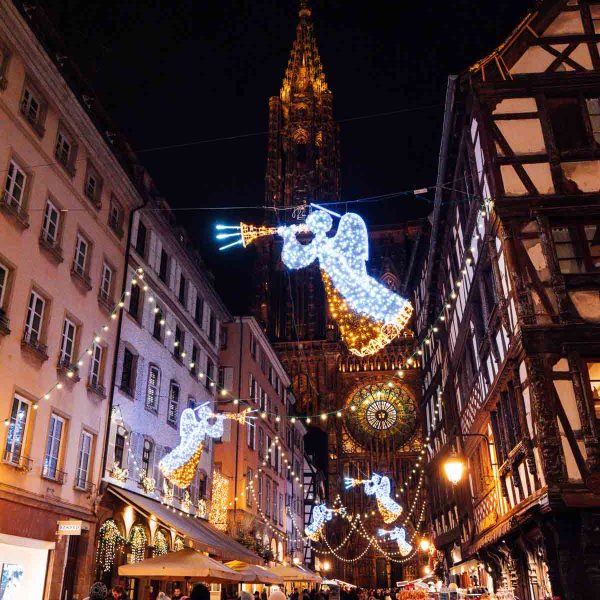
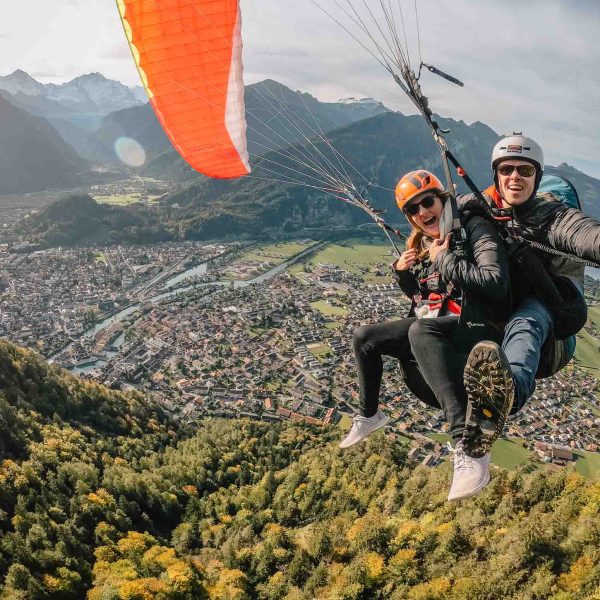
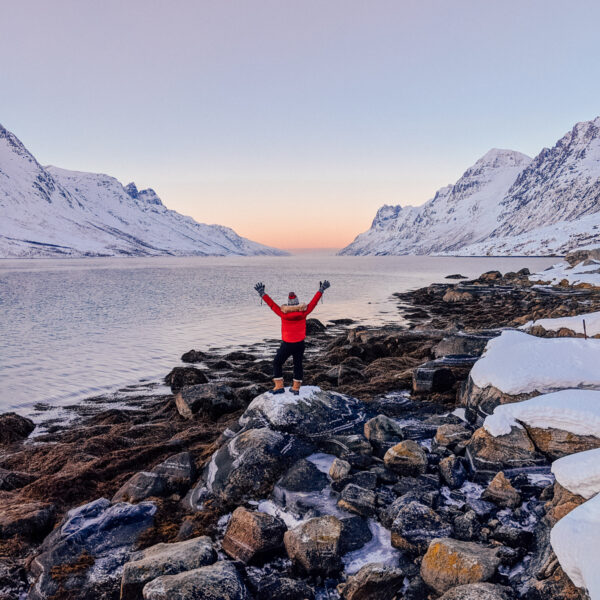
Thank you, thank you, thank you 🙂
You’re welcome!
Hands down for a well-written itinerary for 3-months backpacking in Europe. Almost all information needed are already in this blog. Hoping to backpack soon!
Thank you so much 🙂 Hope you have a fantastic trip!